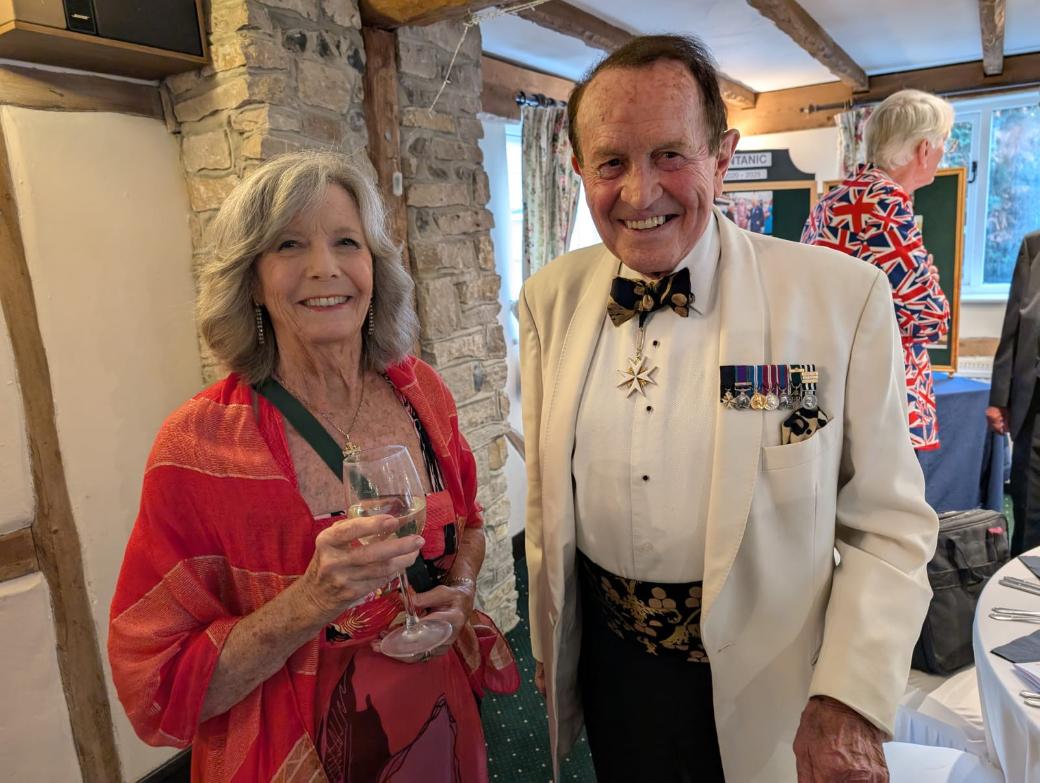by Nicki Strudwick
A prayer to God for his mercy and
for the whole world!
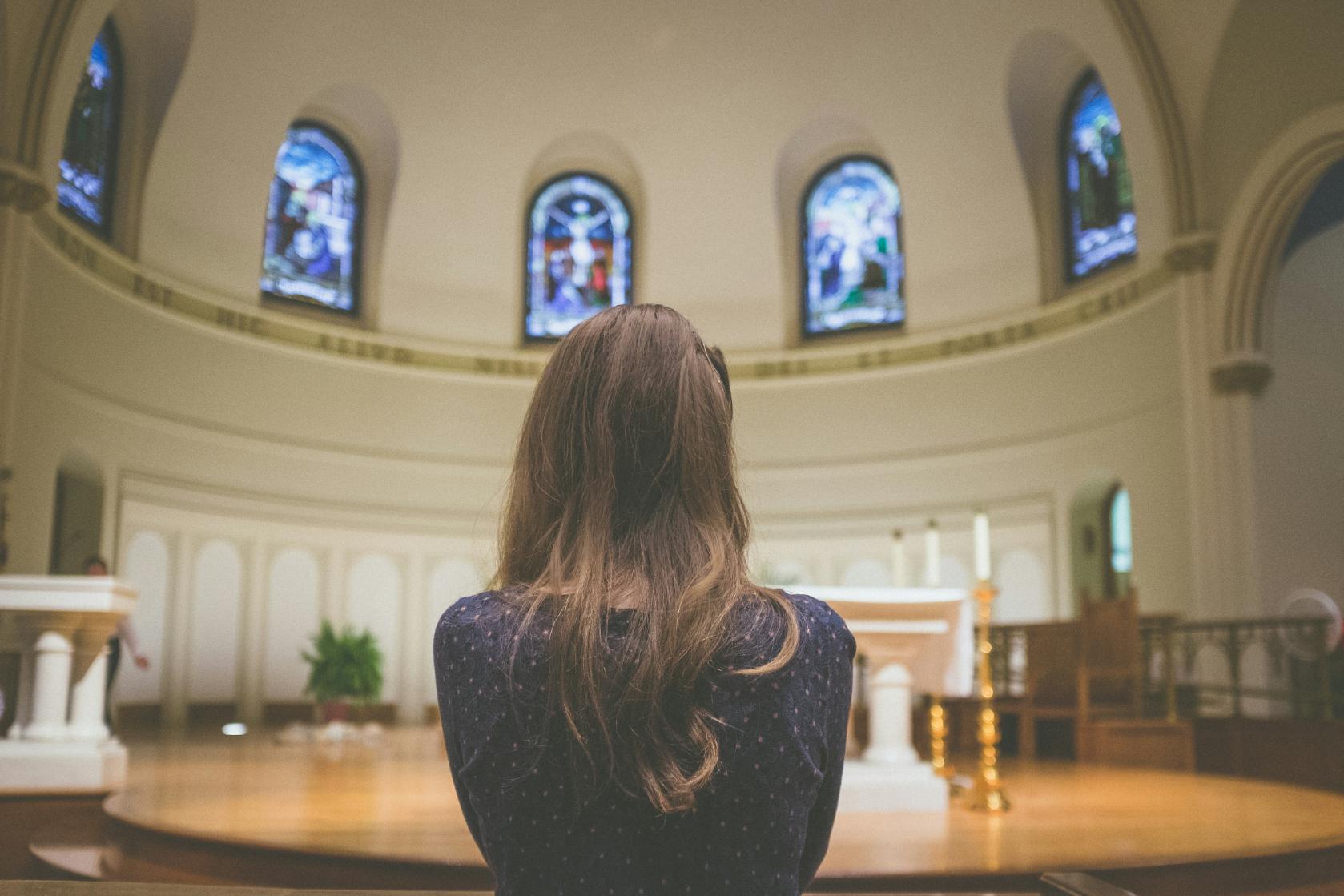
Some people wonder where God is in our troubled world..this is for them …
Come, Holy Spirit, Open our eyes more to your Creation, In its pleasantness and glory. Alas, times have changed its manifestation, Pray that streams of living water, Where once flowed, seemingly have relinquished its power.
Bring us new life to sustain us.
Let life abound, where fury has been unleashed To govern and masquerade its darkness, And on the fringes of society, has dealt a nasty blow.
Come Lord Jesus, ignite in us your flame and consume all our fears and foes.
Let God abound trustworthiness once again.
The earth quakes amidst the terror and the arrow flies by day.
Let God unhinge the mighty strongholds that bond and unite like ravenous wolves.
Come Lord Jesus, come in power.
Shine your light among the nations
And show us your greatness.
Amen.

By Jo Briscoe
Pope Franciscus
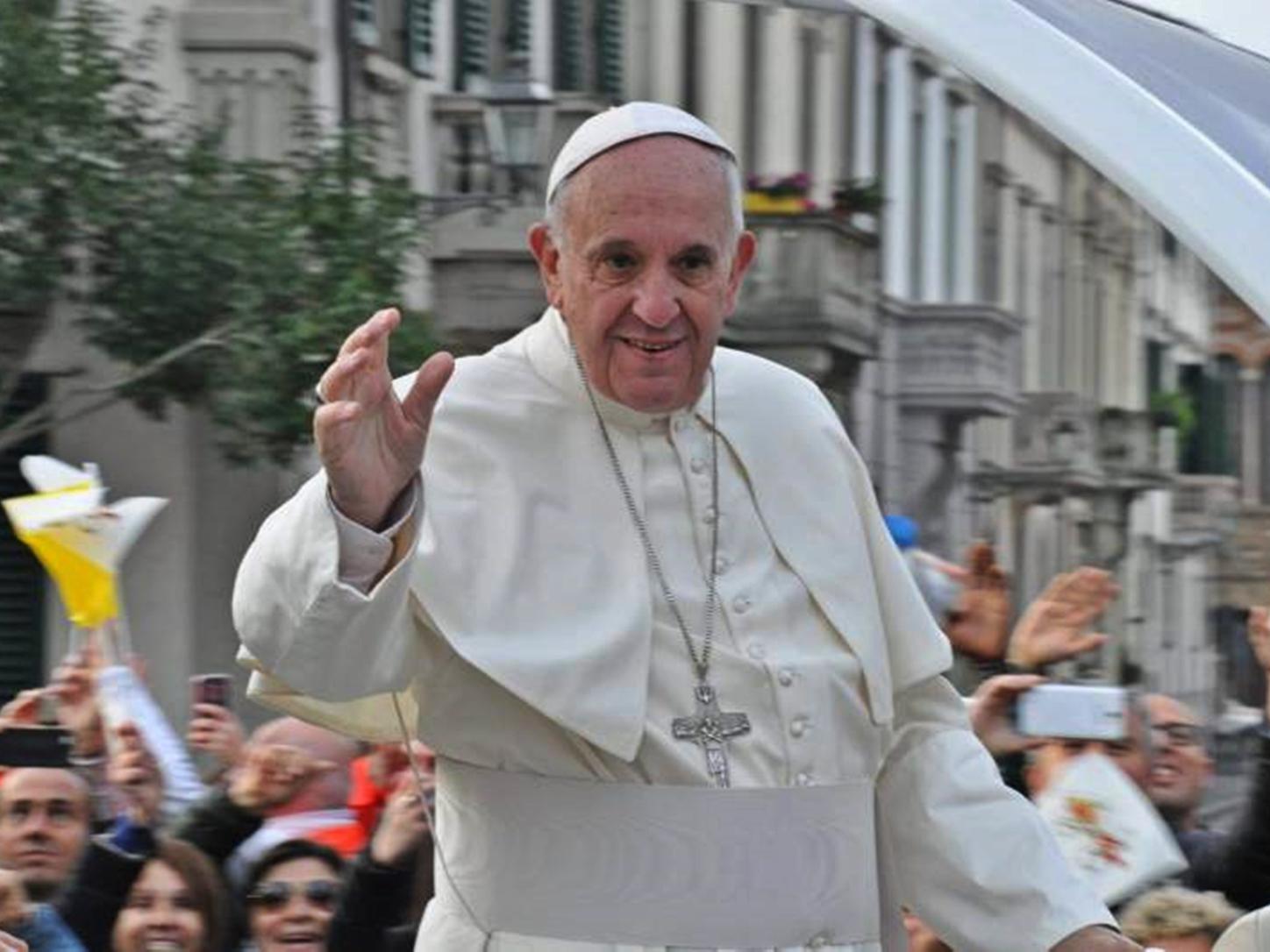
Pope Franciscus, our late Pontiff, was determined to appear in St. Peter’s Square after Mass in defiance of the advice of doctors and aides - he may even have known that it was his last opportunity to do so, as Vatican observers have said!
It is with great sadness that we have experienced the death of our Pope Francis, early on the morning following Easter Sunday! Pope Francis died, aged 88, from a stroke which led to heart failure. This arose after touring in St. Peter’s Square on Easter Sunday.
Pope Francis will be buried in the Basilica of Santa Maria Maggiore (one of four Papal Basilicas in Rome). “The place is already prepared”, as Pope Francis himself stated about two years ago! He had asked to be buried “in the ground, without particular decoration” but with the inscription “Franciscus”, the Vatican has said. He had a very deep bond with the Virgin Mary and had promised her that he would be buried there. His dedication to the Mother of Christ was so strong that Francis visited there 125 times during his Papacy, almost immediately after his election in 2013 and then again before and after every foreign trip, bringing flowers each time.
After his long hospitalisation in February and March, this church was his first stop and he visited a second time before his death.
In his Will, Pope Francis said his only wish in death was to be
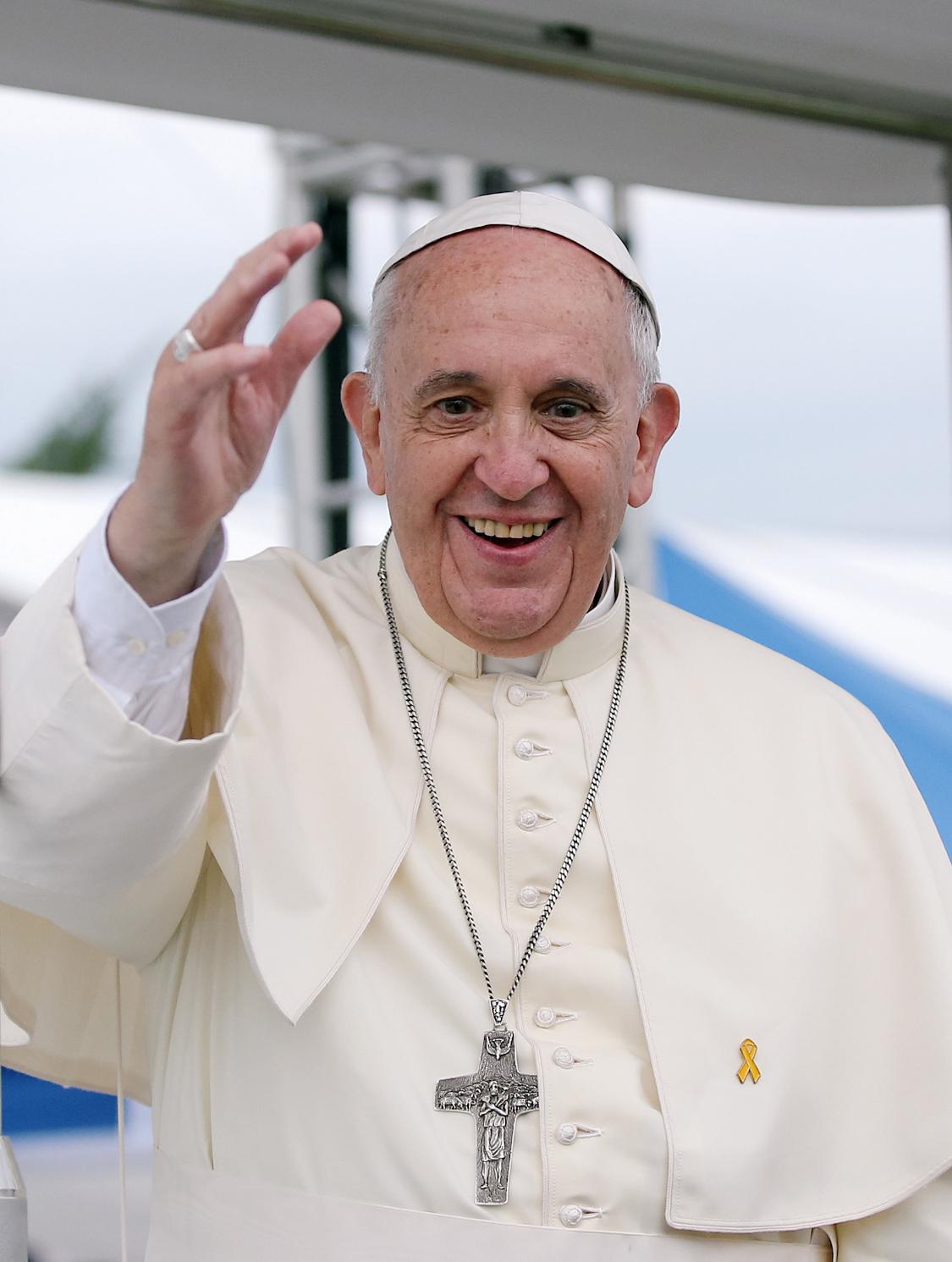
Pastoral Visit of Pope Francis to Korea Closing Mass for Asian Youth Day August 17, 2014 Haemi Castle: Wikipedia
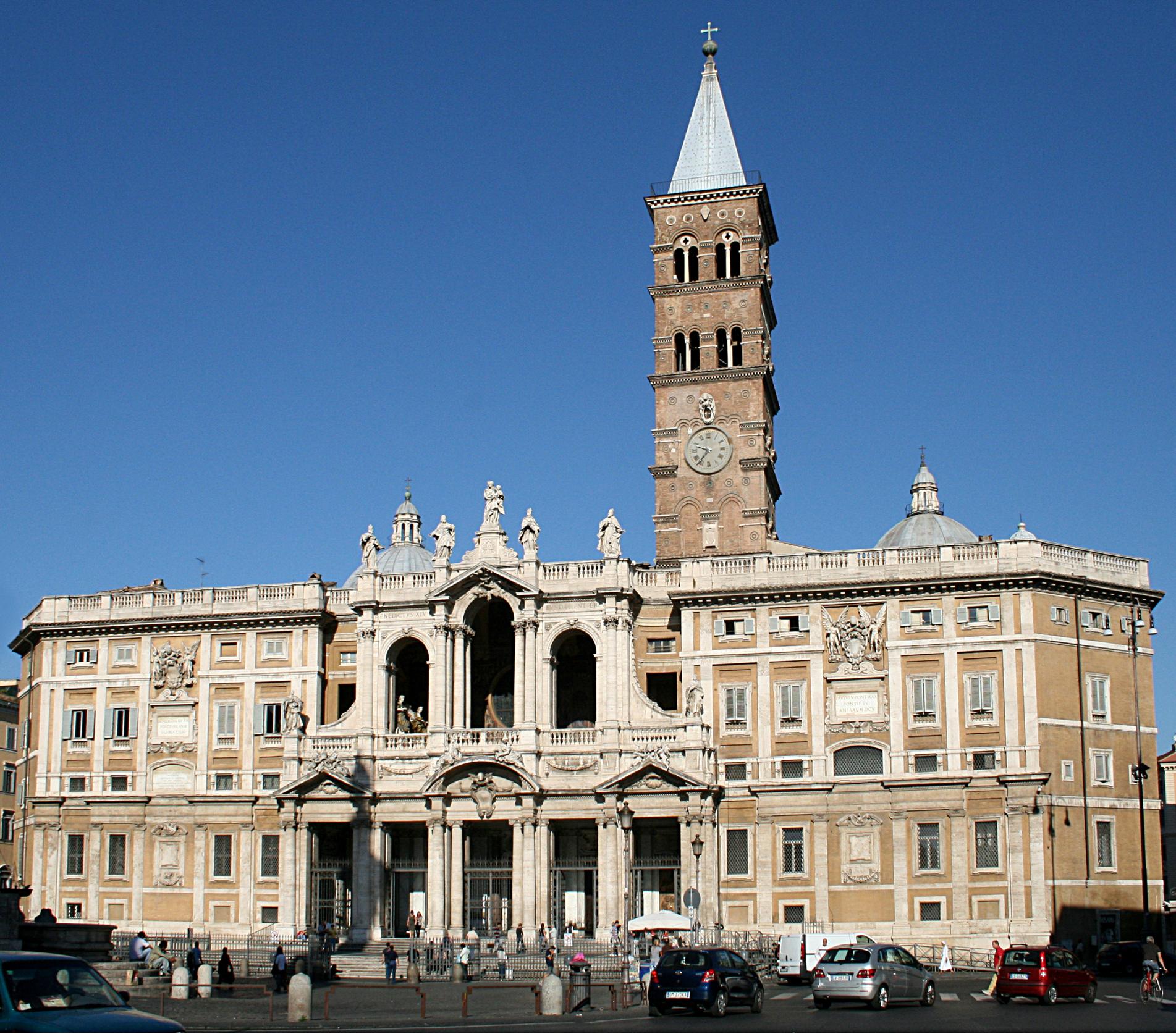
entombed at the church dedicated to the Virgin Mary which sits atop Rome’s Esquiline Hill.
The British Ambassador, Chris Trott, said he was “saddened and shocked” to hear of the death. “He was the Pope
from the ends of the earth who worked tirelessly to build bridges of hope, dialogue and peace,” he said. “His legacy will continue to endure.”
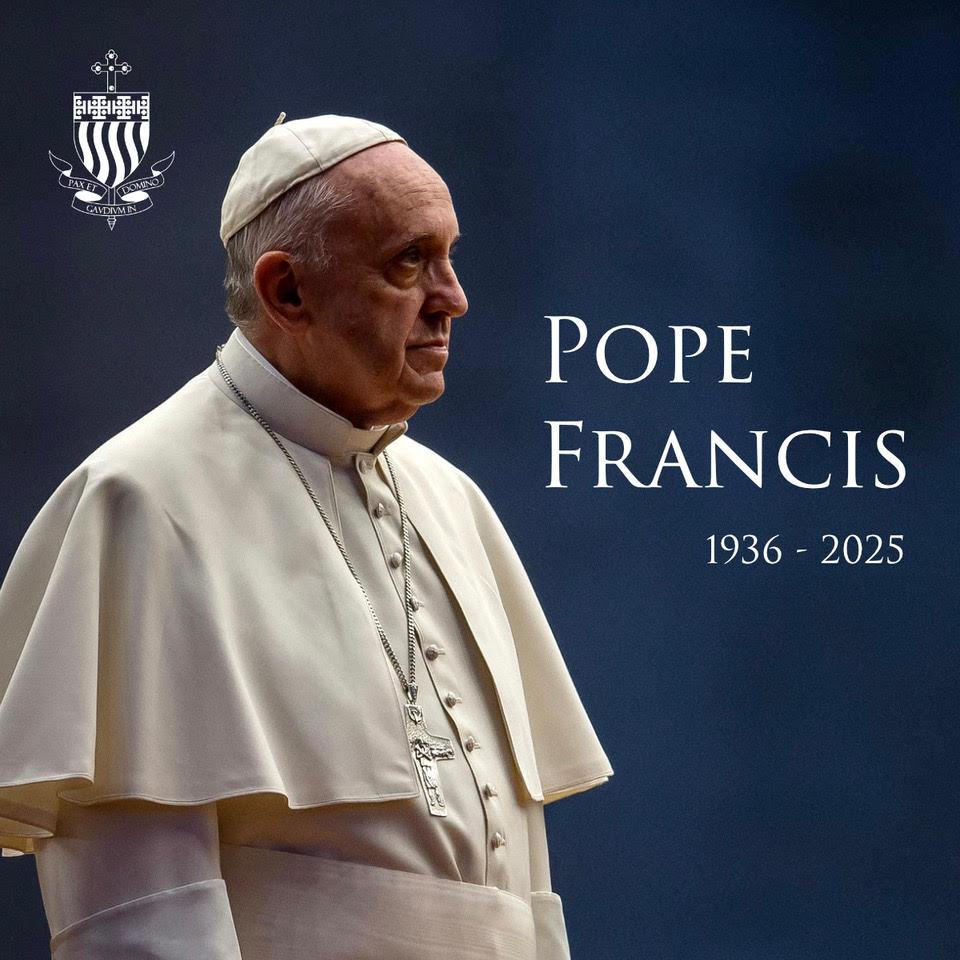
by Dr Peter Williams
Arundel Catenians - Circle 320 - St Patrick’s Day Celebration
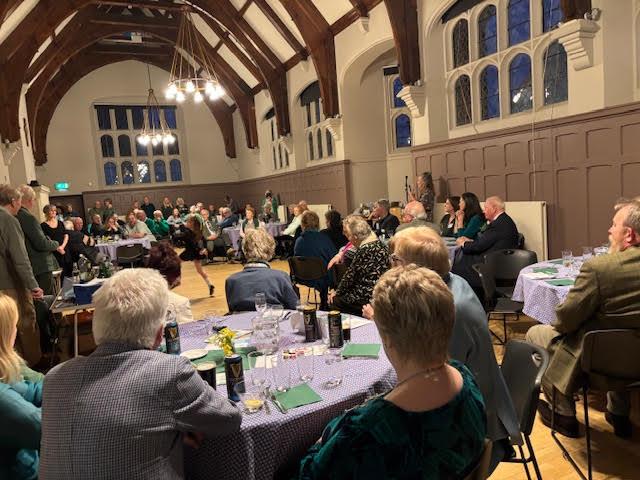
Following a very successful Burns night two years ago it was decided to hold a fundraiser on St Patrick’s day this year in the Cathedral centre at Arundel, in aid of St Wilfrid’s Hospice in Bosham. A welcome drink was offered of Guiness +/- alcohol, sparkling wine or elderflower, or Irish Whiskey. The catering naturally required an Irish stew and this large feat of cooking for 80 was carried out by our ladies Dr Sandra Williams and Maria Whitehouse. Sandra is a vice President and co-founder of the Hospice, and Maria the wife of Dominic, consultant Physician there. CEO Lois Howell, and chair of the trustees Julian Clayton were also present in support.
The evening began with a charming display of Irish dancing by Carey School of Irish dancing, East Preston. Girls from the age of 4 to young adult were very professional.
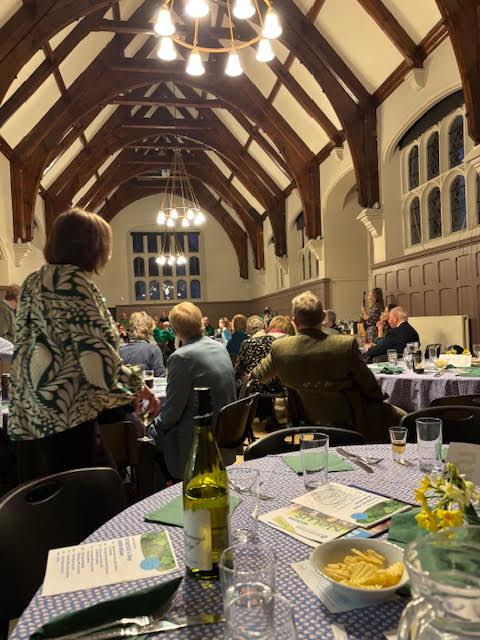
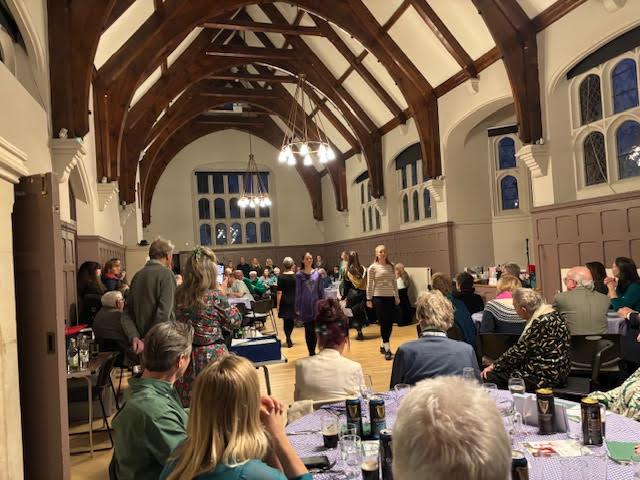
Serving the Irish stew for 80 was challenging and involved a large number of ladies with steaming hot plates of stew in each hand dashing up and down the Cathedral Centre! Dessert was prepared by the ladies of the circle and included Guiness cake, Bailey’s trifle, Gaelic Coffee trifle, Bailey’s Chocolate roulade, Jameson grasshopper pie, Irish apple cake and Barnbrack. A raffle was held for over the
30 prizes which had been generously donated. Well known Catenian musician Michael Pioli provided a spirited Irish folksong cabaret sing along to round off the evening. A total of over £3789 was raised. Many, many thanks to everyone who contributed to or attended the splendid event.
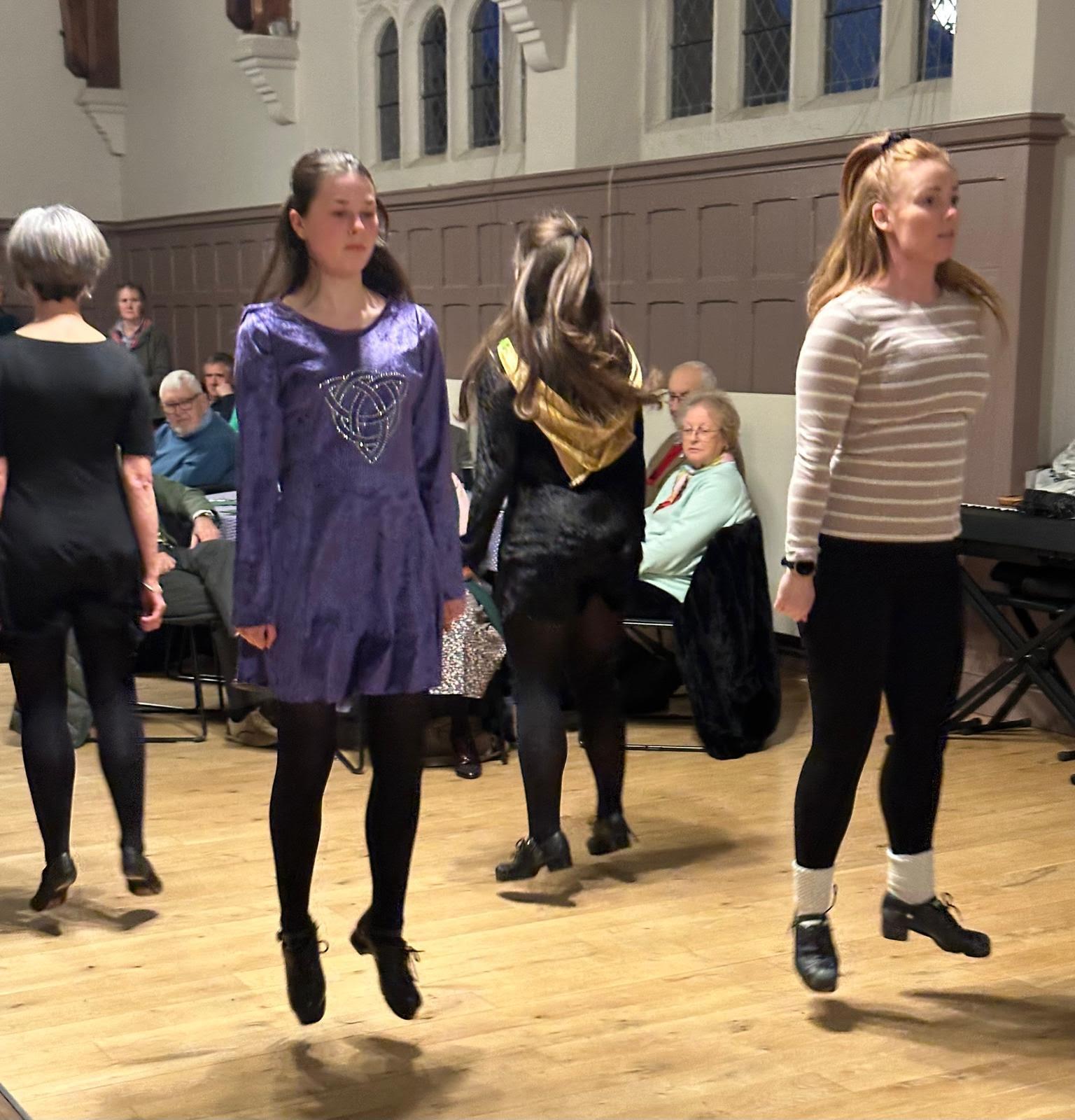
by Liz McCombe
Margaret Bamford OBE MA DL
Margaret Bamford has volunteered all her life. Helping children in Belarus, Patron of Dementia Sage Support Tangmere, to name but two. But as she is active everywhere for the sake of others, it would be impossible to list all. She became a member of the Friends of Arundel Cathedral and then was asked to be a Trustee. She soon became Chairman of the Events and Membership Sub Committee. In 2025 she relinquished her role as Chairman as she thought new blood was needed to take the Friends into the future.
Margaret has been a charismatic leader, always coming up with new ideas or an innovative twist to a well-established event.
She is renowned for a seemingly bottomless supply of “fizz” for all events particularly for Summer Vespers and the party afterwards in the Collector Earl’s Garden, Arundel Castle.
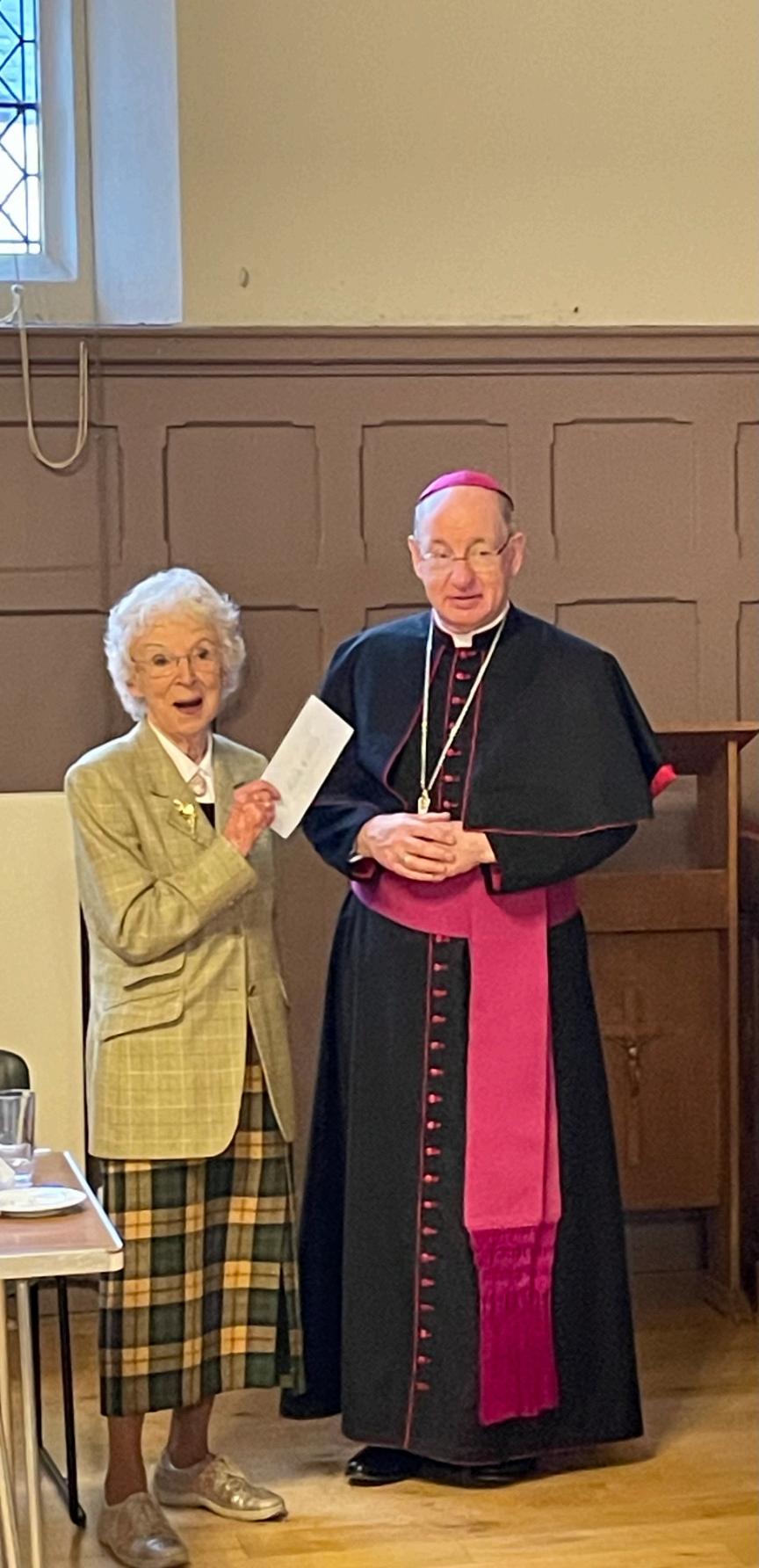
Margaret making a presentation to Bishop Richard at a Friends Of Arundel Cathedral meeting
She will turn her hand to anything from setting up tables, washing up, cooking delicious soup and being a gracious hostess to visiting speakers or members of other cathedrals’ Friends.
Thank you, Margaret, for your enthusiasm and your flair for organisation. However, even more important are her bubbly personality, kindness, generosity and as a loyal and sympathetic friend. The good news is that Margaret remains a Trustee and will be assisting and attending all future Friends’ events.
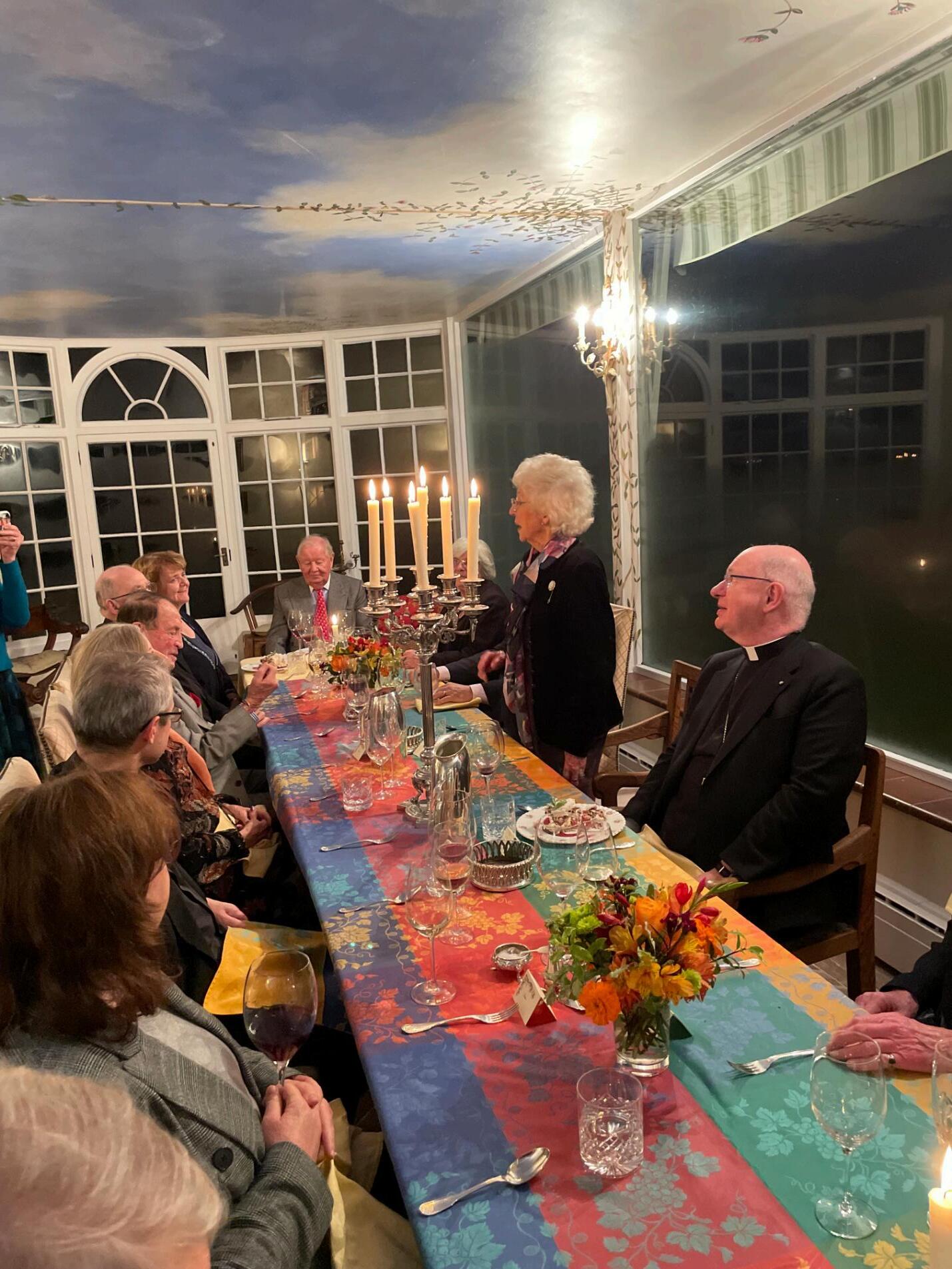
by Barbara Isbister
Carlo Acutis - The First Millennial Saint
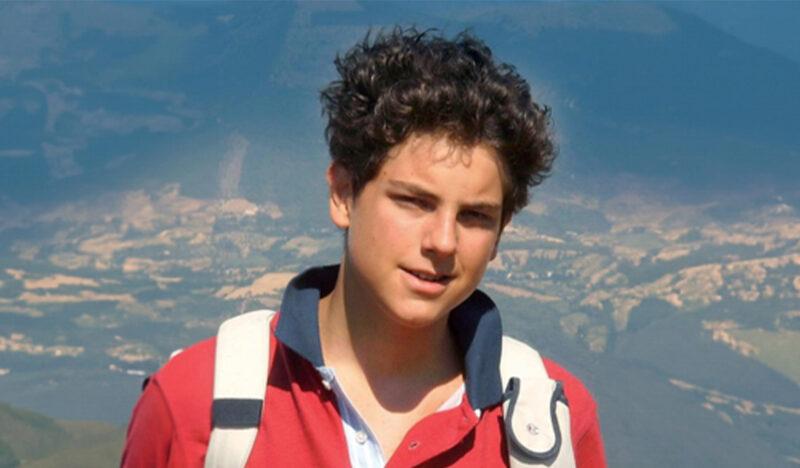
Carlo Acutis was born on 3rd May, 1991, making him a ‘millennial.’ The term is generally attributed to those born between 1981 and 1996. What is far more significant is that he is expected to be the first millennial saint, having been the first millennial to be beatified by the Catholic Church on 10th October, 2020 by Pope Francis and was due to be canonised on 27th April 2025.
History will be made in St. Peter’s Square as the Catholic Church canonises a 15-year-old Italian boy who used his short life to serve God and others in extraordinary ways. His elevation to sainthood will mark an important milestone for the Catholic Church and for young people seeking models of
holiness in today’s world. As the Church prepares to officially recognize Carlo as a saint, his story resonates deeply, not only because of his remarkable spiritual maturity, but also because of how he embraced the internet as a tool for evangelization.
Born in London in 1991 to Italian parents, Antonia Salzano and Andrea Acutis, Carlo was brought up in Milan. He exhibited an unusual devotion to his faith from early childhood, despite the fact that his parents were not particularly devout. Even as a young boy, he showed a deep love for the Eucharist, requesting to receive Holy Communion earlier than usual. After his first Holy Communion, aged seven, he told his mother: ‘To always be united to Jesus: This is my life plan.’ He called the Eucharist: ‘My highway to heaven.’
His devotion grew with him. He made every effort to attend Mass daily, taking his parents with him and inspiring them to return to practising the Catholic faith, prayed the Rosary faithfully, and spent hours in Eucharistic adoration. His devotion to the Eucharist would lead to inspiring a deep conversion for his mother. In addition, his Hindu au pair, Rajesh Mohur converted and was baptised. Carlo taught him to pray the rosary. Rajesh was most impressed by Carlo’s devotion and love for the poor. Despite being born into a fairly wealthy family, he lived a life of simplicity, regularly giving food and sleeping bags to the homeless, defending bullied classmates, and offering kindness where it was most needed.
What made Carlo especially unique was his intuitive understanding of the internet’s power, and its potential for good. He loved animals, liked video games, Spiderman and Pokémon, but limited his play to less than two hours per week. A self-taught computer programmer, he developed websites and digital projects aimed at spreading the Catholic faith. Most notably, with help from his family, he created a comprehensive online catalogue of Eucharistic miracles from around the world, aiming to revive belief in the Real Presence of Christ in the Eucharist. His project, which he began at the age of 11, was released in 2005 during the Year of the Eucharist proclaimed by Pope John Paul II. It has since been translated into multiple languages and exhibited globally, impacting millions. It was this harmony between modern technology and timeless faith that led many to nickname him ‘God’s influencer.’ Carlo believed that the scientific evidence from Eucharistic miracles would help people to understand that Jesus is
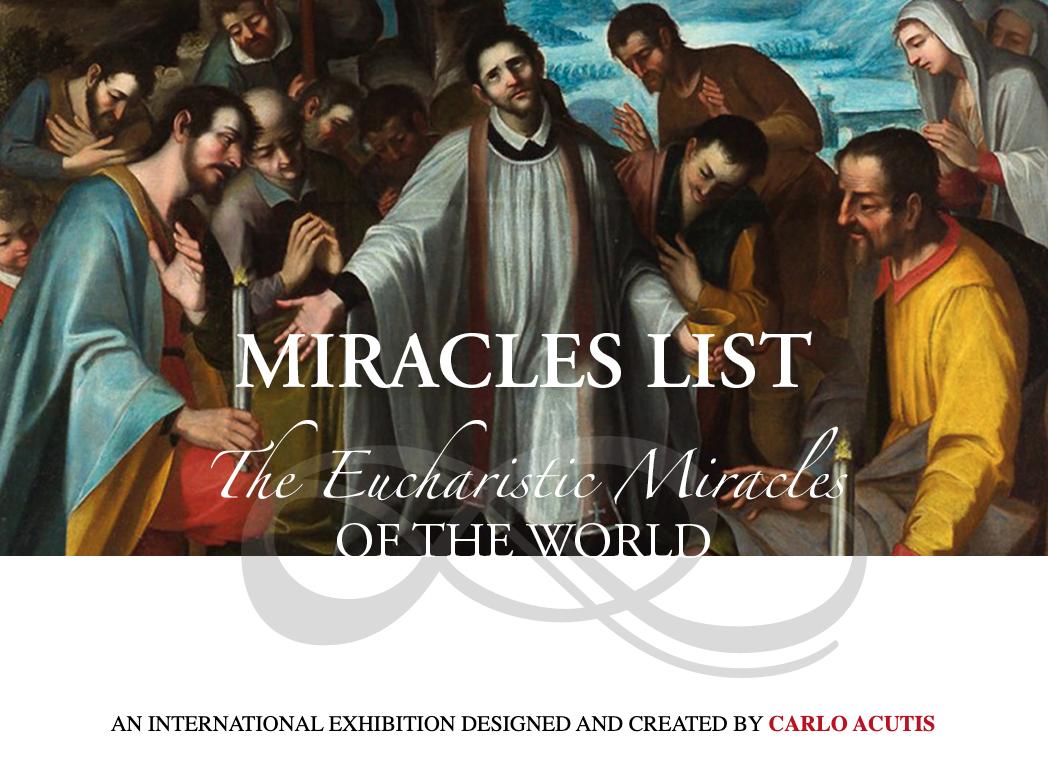
Detail from the Catalogue of Eucharistic Miracles website which Carlo created: www.miracolieucaristici.org
really present in the Eucharist and would result in them returning to Mass.
Carlo’s life, however, was short. In 2006, at the age of 15, he was diagnosed with an aggressive form of leukaemia. Before he died he said to his mother:
‘I offer all my suffering to the Lord for the Pope (Benedict XVI) and for the Church in order not to go to purgatory but to go straight to heaven.’
He displayed a level of acceptance and peace that astonished those around him. Just days before his death, he told his mother:
‘I’m happy to die because I’ve lived my life without wasting even a minute of it on things that don’t please God.’
He died on October 12, 2006, and was laid to rest in Assisi, according to his wish, as he had a strong devotion to St. Francis. His body is displayed in a glass tomb wearing jeans and
Nike trainers. It was thought that his body was incorrupt. However, the Bishop of Assisi later confirmed that it is not incorrupt.
In 2013, the Church officially opened the cause for his canonisation. He was declared Venerable in 2018, a recognition of his virtue. But to be declared a saint, the Church requires two confirmed miracles attributed to the candidate’s intercession: signs of divine confirmation that the individual is indeed in heaven and able to intercede for those on earth. In Carlo’s case, two miracles have now been formally recognized by the Vatican.
The first occurred in Brazil in 2013 and led to his beatification in 2020. A three-year-old boy named Mattheus Vianna, born with a congenital defect that caused a serious and lifethreatening pancreatic condition, was completely and inexplicably healed after prayers were made for Carlo’s intercession. The
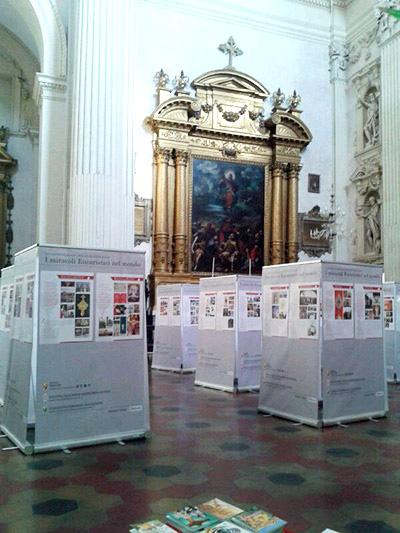
Exhibition Of Eucharistic Miracles: Credit Carloacutis.com
healing stunned doctors and was deemed medically inexplicable by the Vatican’s rigorous investigation. This miracle marked Carlo’s transition from Venerable to Blessed.
The second miracle took place in 2022. It was officially recognised by Pope Francis and ultimately paved the way for his
canonisation. Valeria Valverde, a 21-year-old university student from Costa Rica studying in Florence, suffered a traumatic brain injury in a bicycle accident. Her mother, upon hearing the news, flew to Assisi and prayed at Carlo’s tomb. Shortly after, Valeria began to show signs of dramatic improvement. Within days, she regained consciousness, then mobility and speech; an outcome that had seemed medically impossible. This second miracle met all the Church’s criteria, allowing the canonisation to be scheduled for April 2025.
The canonisation ceremony was planned to take place in the heart of Rome during the Jubilee
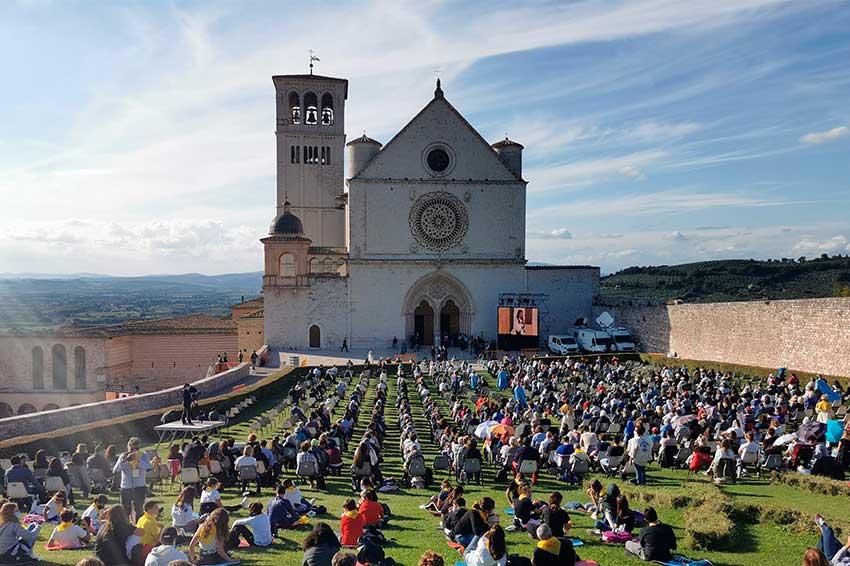
Beatification Mass of Carlo Acutis in Assisi, Italy, Oct. 10, 2020. Mass was inside the church but the congregation were outside because of Covid restrictions: Credit Catholic Weekly
Year celebration, specifically aligned with the Jubilee of Adolescents on 27th April 2025; an event Pope Francis instituted to highlight the vitality and importance of youth in the Church. The canonisation was to be celebrated by Pope Francis and more than eighty thousand young pilgrims from around the world were expected to attend. Following the death of Pope Francis on 21st April, 2025, resulting in sede vacante, the canonisation was postponed. The Church’s Jubilee of Youth in Rome is scheduled for 28th July to 3rd August, when the canonisation of another young person, Blessed Pier Giorgio Frassati is due to take place. Both events will not only celebrate their sanctity, but also affirm the Church’s love for and embrace of modern youth culture.
Carlo Acutis’s canonisation carries a weight that extends beyond his personal holiness. As the first millennial to be
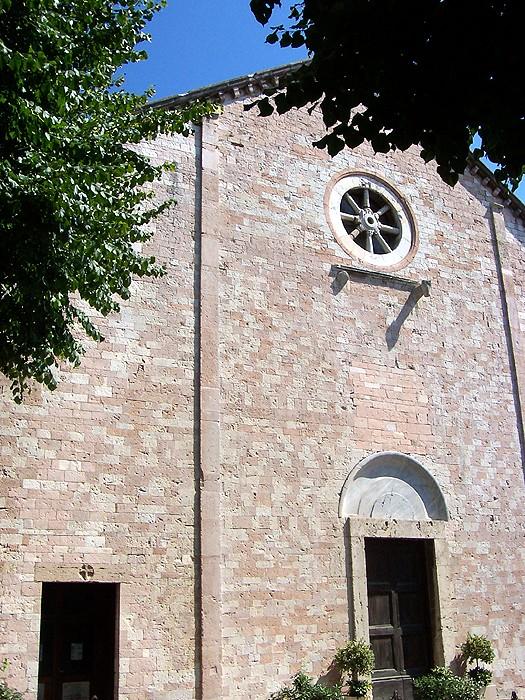
His canonisation is a reminder of the importance of Frontage of Santa Maria Maggiore Church in Assisi. By Geobia : Wikimedia Commons
canonised, he becomes a symbol for a new generation of saints: people shaped by the digital world but not defined by it. His story proves that it is not only possible to live a holy life in the 21st century, but also to do so while engaging fully with the tools and culture of the age. In a world where social media often serves as a platform for self-promotion, Carlo used it to glorify God. In a time when many struggle with purpose, he found his in Christ and shared it widely.
digital evangelization. Carlo’s online exhibition of Eucharistic miracles has had a far-reaching impact, prompting renewed devotion among Catholics and inviting the curious to explore the faith. His legacy has inspired dioceses, schools, and parishes to take digital catechesis seriously, and his life is often used as a model in youth ministry programs. He is increasingly viewed as a patron of the internet and computer programmers.
Even in death, Carlo continues to evangelize. His tomb in Assisi has become a popular pilgrimage destination, particularly for young people who see in him not only as a saint, but as
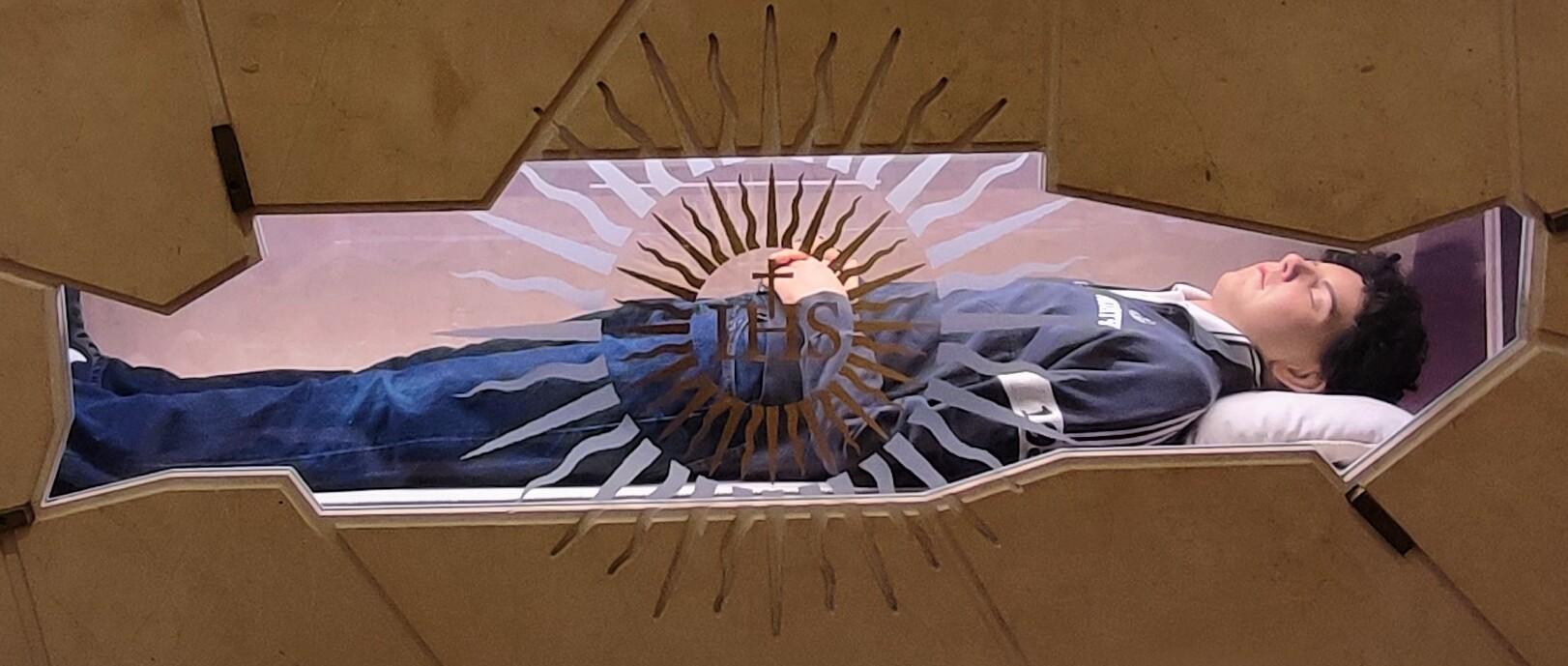
a peer; someone who understood their world and used it to grow closer to God. His body, now displayed in a glass tomb, draws thousands each year. His beatification Mass in 2020 attracted global attention and was watched by millions online, a fitting tribute to a boy who once said, ‘The Eucharist is my highway to heaven.’
In canonising Carlo Acutis, the Church is not just elevating one young man. It is canonising a
message: that sanctity is not out of reach. That it belongs to every generation, even one raised on smartphones and social media. Carlo’s life reminds us that sainthood is not about perfection, but about direction—and he knew exactly where he was headed.
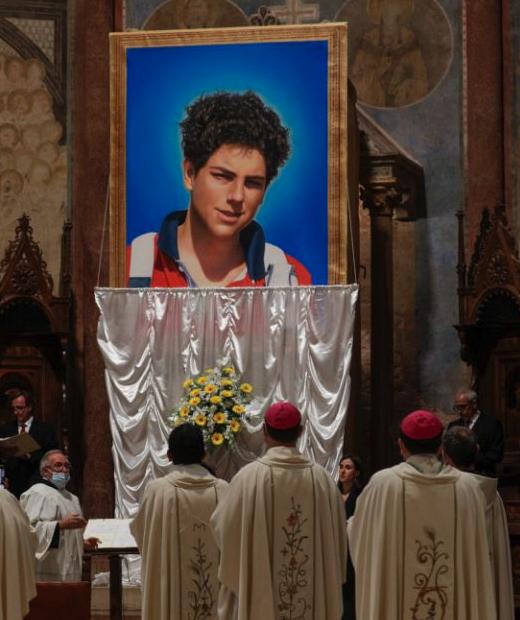
Carlo Acutis Beatification: Credit carloacutis.com
by Lucy Horne, Headteacher
St Philip’s Catholic Primary School, Arundel
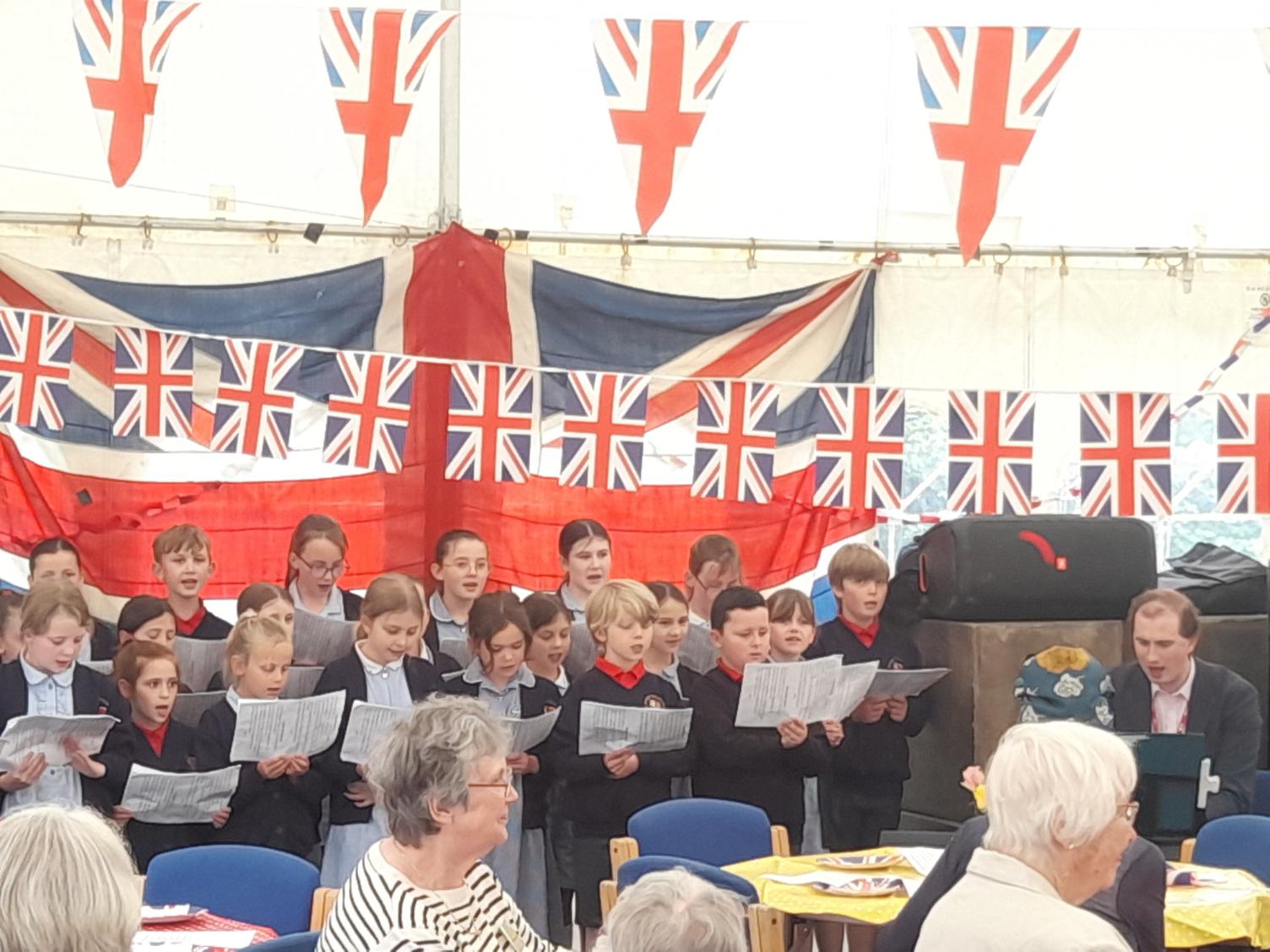
VE day activities
The children and staff of St. Philip’s Catholic Primary School in Arundel, whole-heartedly participated in the eightieth anniversary VE Day celebrations. Children came to school dressed as evacuees along with staff, who came in 1940s attire. The day began with a special assembly explaining the significance of VE Day, examining historical artefacts and listening to stories supplied by great-grandparents. Throughout the day, the children participated in VE Day activities in their classrooms, which included: Enigma style code-breaking, life as an evacuee, songs and dancing from the era, the reality of rationing and paintings inspired by the Sussex artist Eric
Ravilious. The whole school joined in a two minutes of silence to remember those who lost their lives. The celebrations culminated in a cake competition and sale to raise money for a veterans’ charity. We had cakes in abundance. Lots of families made cakes from wartime ingredients. The cakes were then sold at the end of the day and almost £300 was raised. The choir went to Elevenses at Arundel Lido to sing songs as part of their VE Day celebrations. It was an uplifting time with lots of audience participation.
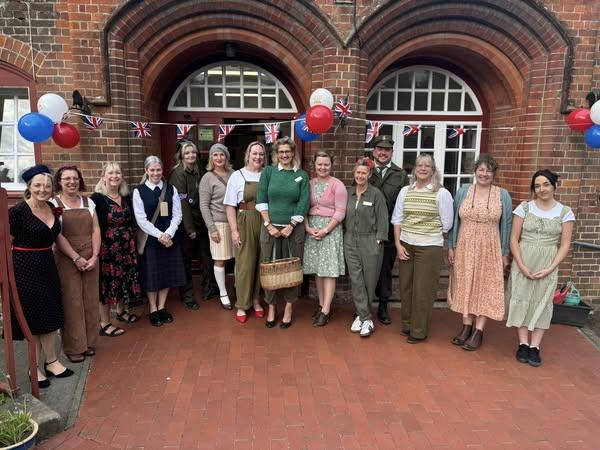


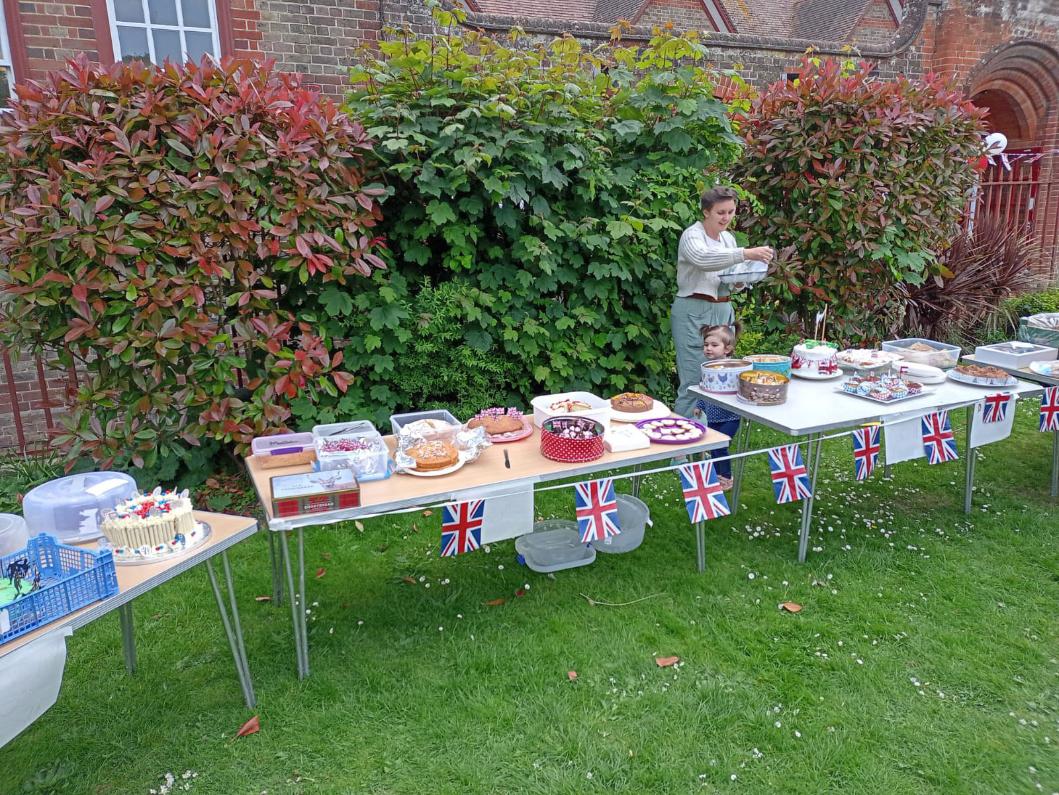

Good Shepherd Mass pledges
Every year, all schools in the diocese join together in June to celebrate the Good Shepherd Mass. This year, the Mass is being held in Arundel Cathedral. Our school has been asked to present the post Gospel reflection. Each school is also asked to bring their school’s pledge. This is
something that each school has decided to commit to during the Jubilee Year. It links with loving our neighbour and our planet. The children in St Philip’s have agreed to raise funds for charities, say prayers every day for those who need it and plant seeds to attract insects.
500 word short story
We are currently running a short story competition in Key Stage 2. Every child is asked to choose a topic and write no more than 500 words. The best 8 from each class will then be given to a panel of judges (local authors) to decide on the best ones. The winner will receive a voucher and all the top story winners will be invited to read their story aloud to an audience of parents. The excitement is high and we are looking forward to celebrating the written word and the imagination of our children.
Mass of Risen Lord
After Easter, the whole school gathered in Arundel Cathedral to celebrate the Mass of the Risen Lord. The children brought in flowers from home to decorate the cross which was carried to the Cathedral. We sang uplifting hymns and placed the cross outside school at the end of the Mass. We received a lovely card from a visitor:
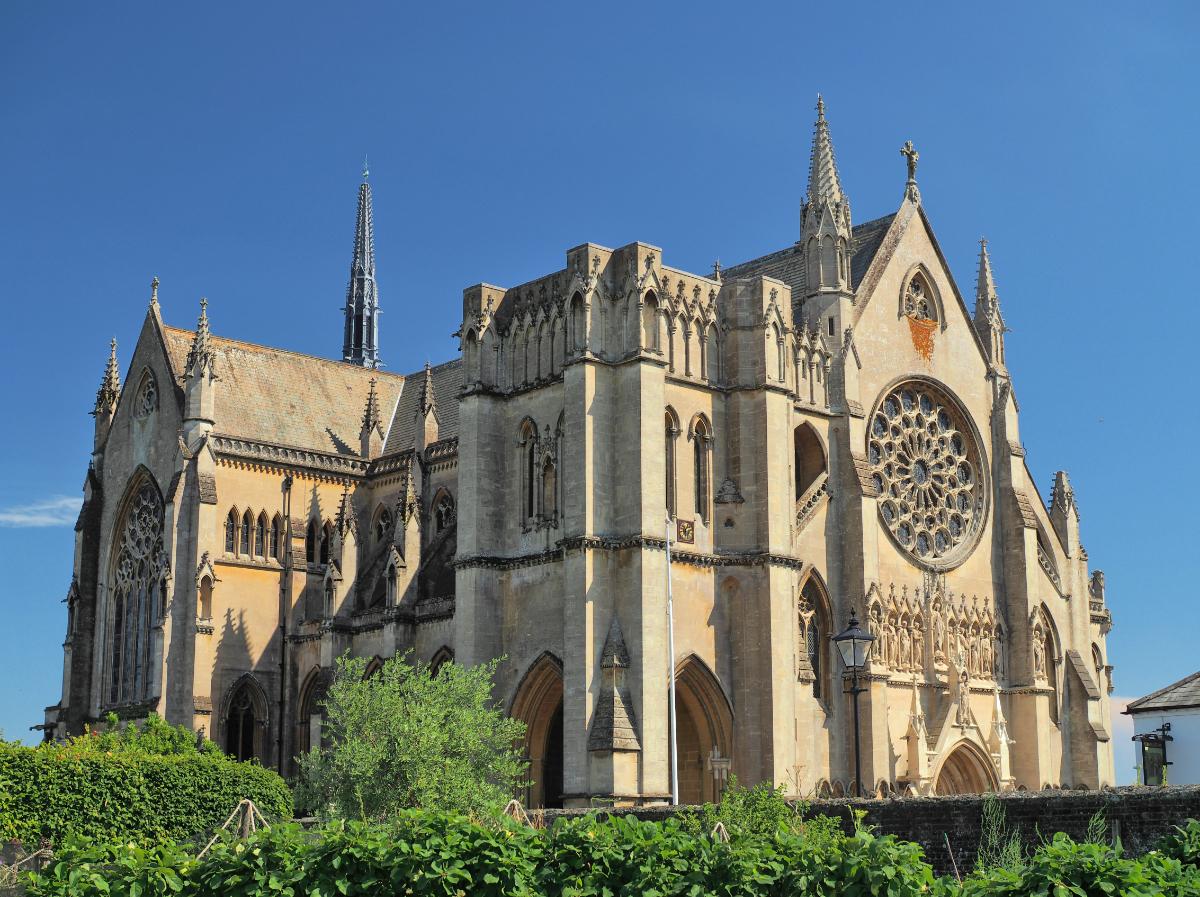
Arundel Cathedral: Credit - Wikimedia Commons - Dmitry Djouce
Dear Mrs Horne, We were lucky enough to join your school in the wonderful celebration of such a special mass. My sister and I were visiting Arundel for the first time. We happened to be in the Cathedral when your children arrived. What a treat we had in store! The cross of flowers carried and placed on the altar with such great care. The children showing so much respect for God’s house. The readers speaking out with confidence. The music and singing filling the Cathedral to the rafters. The joy – I could feel God smiling. Please say a huge thank you to the children and staff for an experience that will stay with us forever.
Dancehouse
Our dancers took part in a special evening event at The Pavilion Theatre in Worthing. They joined lots of other schools on stage to perform their own dance. The dance was a medley of Spice Girls songs. The youngest performer in the group was just six years old. Parents were able to watch the wonderful evening of dances. Thanks to Charlotte Reader, our dance teacher.
Trip to the Planetarium
Year 5 visited Chichester Planetarium as part of their topic on ‘Planets’. They travelled by train

and spent the day looking at the solar system and hearing about Tim Peake and his expeditions. It is a great experience to see firsthand, the things they have been learning about in class.
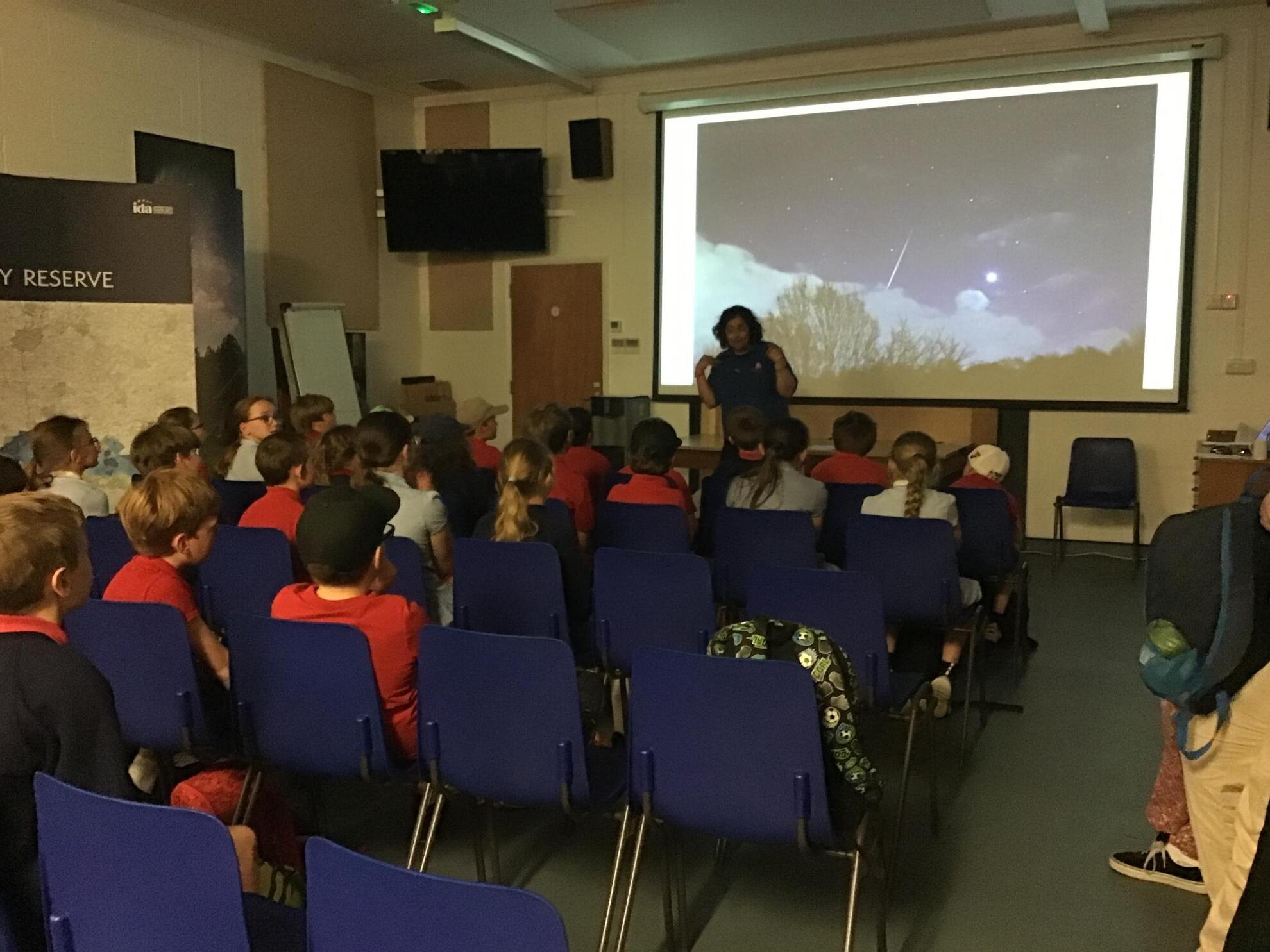
by Patrick Burgess
‘O English hearts…..’
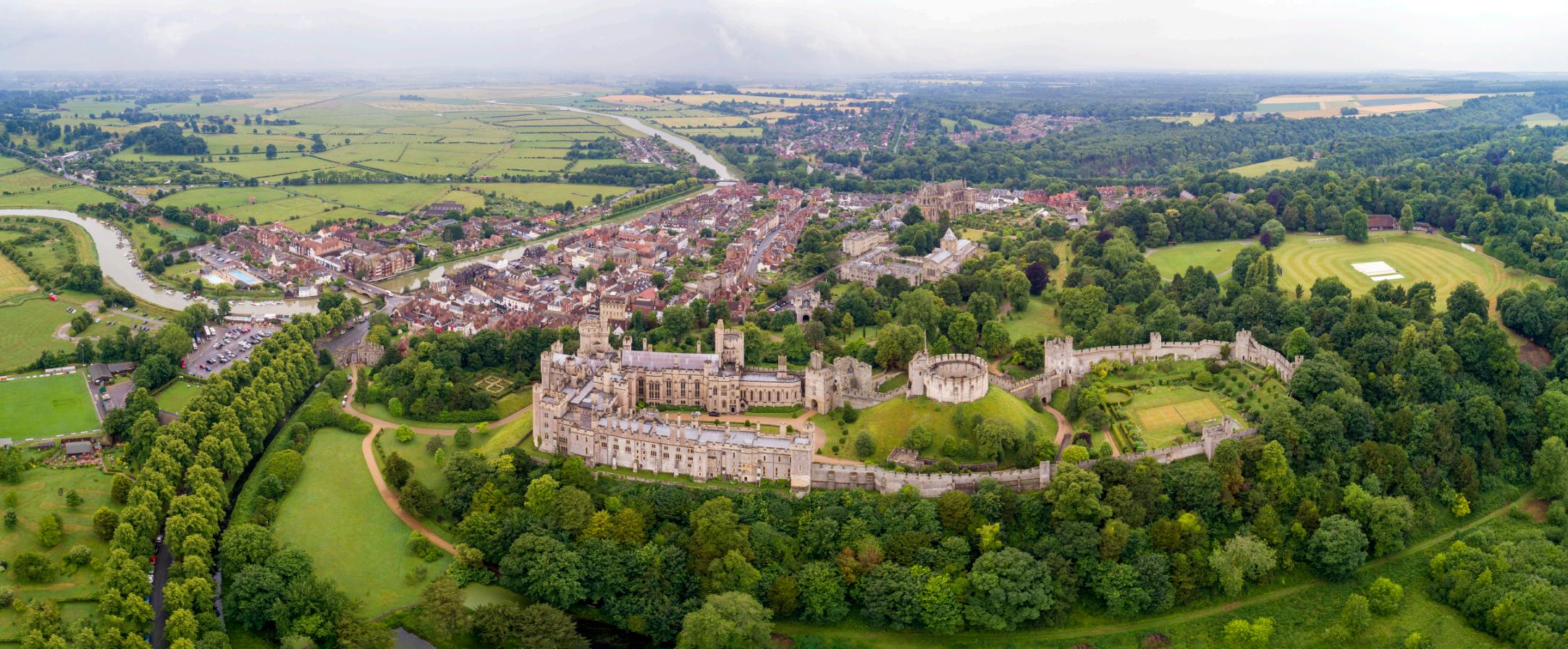
His infectious enthusiasm as well as his profound and wide-ranging knowledge of his subject meant that Dr John Robinson, the Archivist at Arundel Castle and an architectural historian, besides being a member of the College of Arms, captured the hearts and minds of his enthralled audience when at the invitation of the Friends of Arundel Cathedral he spoke in Arundel’s Cathedral Centre on 9th April, taking as his subject ‘ Religious Heritage in an Age of Persecution’.
He treated his audience, which had filled the hall and could have listened spell-bound for hours, to stories of rare treasures and daring-do but also of the remarkable resilience of those who in the turbulence of the Tudor period and beyond put at risk not just their lives but all their worldly goods to preserve what they loved.
The role of the great recusant families across the kingdom, particularly in Arundel, but of ordinary faithful folk, too, was key. Individuals and whole households ensured that proscribed religious artefacts were safely hidden and, with considerable ingenuity, kept safe until penal times had ended. Chalices, patens, precious vestments, devotional items, books and manuscripts were all preserved for the continuing comfort of the adherents of the Old Faith as well as, as it turns out, for the benefit of ourselves and future generations. The quiet heroism and stubborn fidelity which lay behind the story Dr Robinson recounted has been hauntingly caught by Ronald Knox in his poem, too;
…”.When priests, like sudden angels, came To light in distant shires the flame That Faith’s dull embers cherished, When Mass and shrift were sought for still In silent farm, on lonely hill, Ere ancient memories perished”
The afternoon was a wonderful journey through the archaeology of English faith and English religious temper - in the time available, admirably condensed but immensely illuminating, with some profound insights and presented with great clarity and charm by Dr Robinson to whom we owe great thanks.
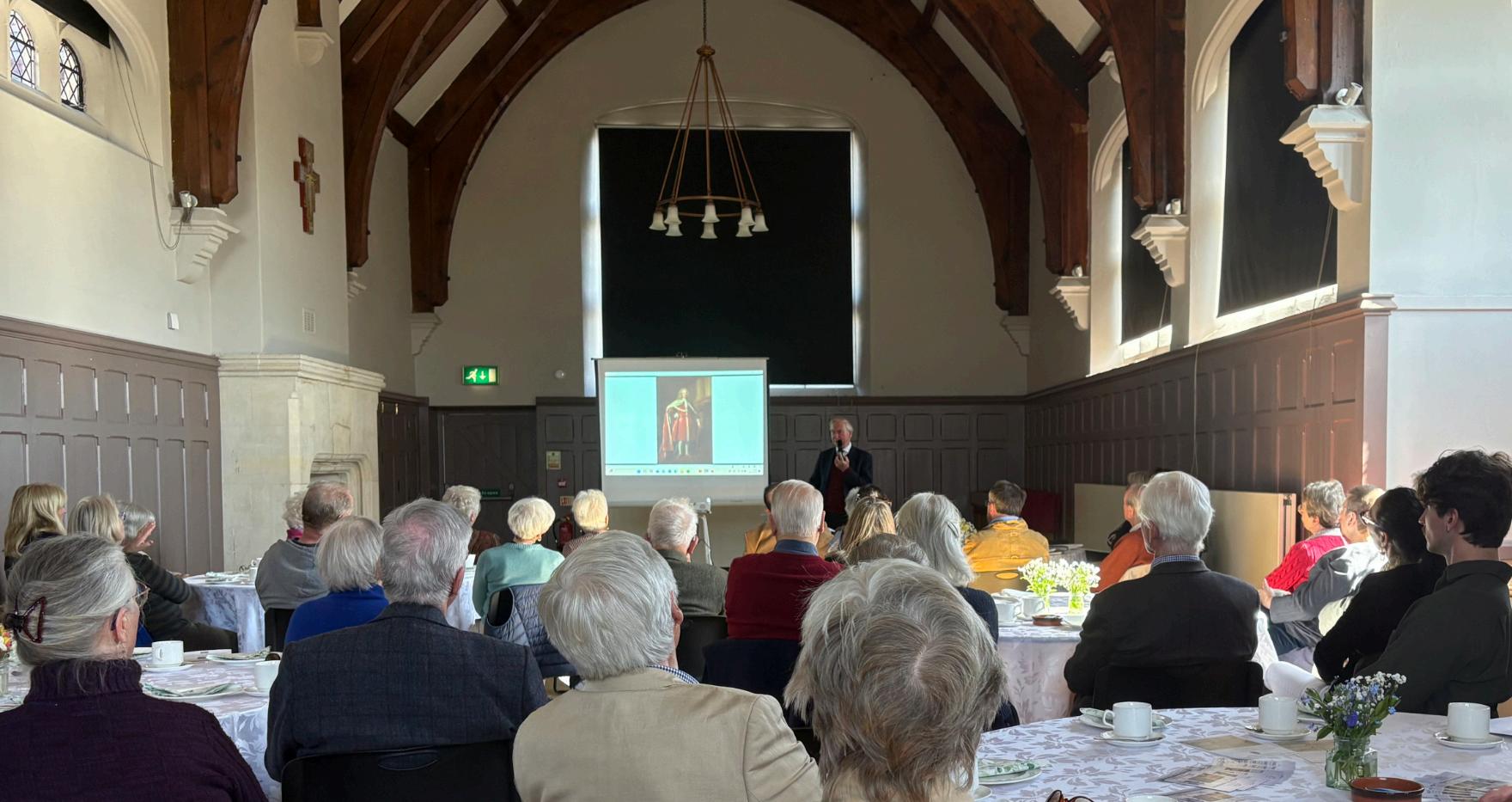
By Alwyn Dow
My Experiences in East Africa

Rudyard Kipling’s 1899 poem stressed the need to serve those whom Empire took under its wing.
So where did it all go wrong? Maybe Rhodesia is a case in point. I was in the region and I supported the view of the British Government that there should be no independence for Rhodesia before majority rule (NIBMAR). This article is a respectful testament to those who lived and served in East and Southern Africa around those times.
The writing has been on the wall since the 1958 Accra Conference had signalled a shift in British attitudes on the part of Colonial Secretaries Alan Lennox-Boyd and Iain MacLeod whose views
were amplified two years later in Prime Minister Harold Macmillan’s “Wind of Change” speech in Cape Town. Failure to secure UK approval for a white dominated legislature and all that went with it had, therefore, led to Ian Smith’s Unilateral Declaration of Independence (UDI) in 1965. This in turn led to Rhodesian actions to prevent fuel supplies reaching landlocked Zambia, causing massive disruption to mining in the Copper Belt around Ndola and Kitwe. That’s where I came in.
But let’s go back a bit. My African adventure had begun somewhat earlier. If you had told me that the London Hospital’s six-a-side soccer tournament in 1959 would change my life, I would have laughed. Yet that turned out to be the case. Not only did I score the winning goal to win the Cup but I met my wife-to-be Judith, a nurse at the hospital. Her parents happened to work in Kenya. Three


years and three children later, we left the UK and made our way to a small town called Eldoret in the White Highland, north of Lakes Nakuru and Naivasha.
My employer was the International Forestal company, with interests in estate management and obtaining
tanning extract from wattle trees. Senior administrative staff positions were held by white Europeans and Afrikaaners. We all lived very comfortably in a securely gated enclosure reflecting the relatively recent Mau Mau crisis. The houses were roomy with the typical red corrugated roofs of the African interior. Anybody who was anybody had three domestic employees. Ours were Fatumah
(children’s Ayah), Ondago (house boy) and Stephen (gardener) and they seemed to get on well despite being from different tribes. To prove the point about racial unity, Jomo Kenyatta visited Eldoret that year and was given a warm welcome.
We did our best to integrate with the white community when racial suspicion and indeed superiority were still rife. When I nominated an Asian doctor and an African policeman to be admitted to the Round Table, the suggestion was regrettably greeted by two black balls (a rather appropriate gesture, one might say).
However the Table did very good work, carrying radio telephones into the deep hinterland. Despite my somewhat radical reputation, I joined the cricket and rifle clubs and, with Judith, the Uasin Gishu Dramatic Society. She appeared in lead roles wile I played jazz clarinet on occasions.
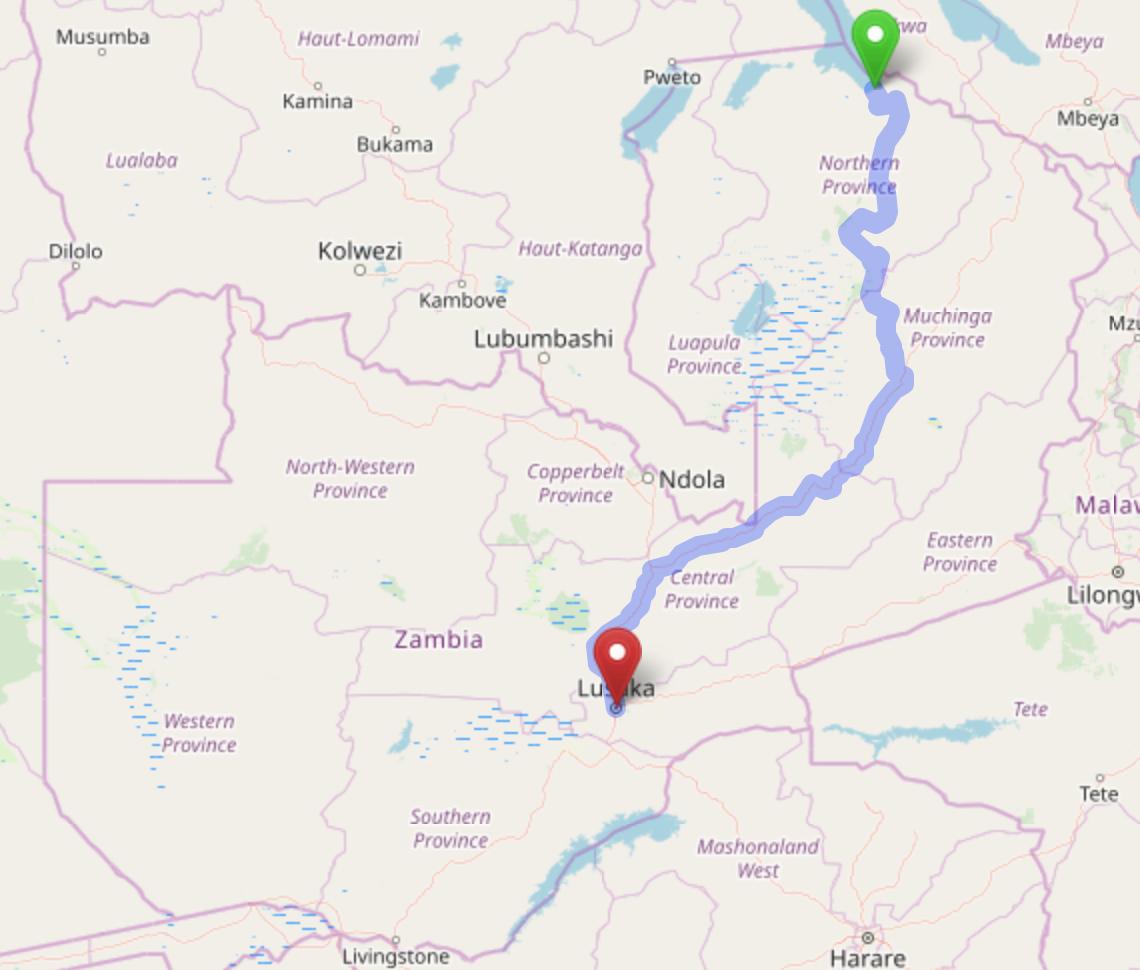
Great North Road of Zambia - ‘The Hell Run’ : Wikipedia
Tackling the Hell Run
In 1965, with our time in Kenya nearly up, I received a rather surprising offer.
We had heard of the drama unfolding in Southern Rhodesia but most people just got on with their lives, as we did. I was very
surprised, therefore, to receive an urgent message to come to Nairobi to meet with agents of DTD, the main Mercedes dealer in East Africa, to consider a matter “to my advantage”.
At the palatial Mercedes HQ I met the directors and financial comptroller. I was told that DTD were in a consortium with others in Tanzania to deliver oil to the Copper Belt from Dar Es Salaam. To do so, trucks would drive as best they could along a dirt track of around 1,000 miles. The consortium needed a chief accountant / administrator and I had been recommended by the Mercedes Benz dealers in Eldoret with whom I was on friendly terms.
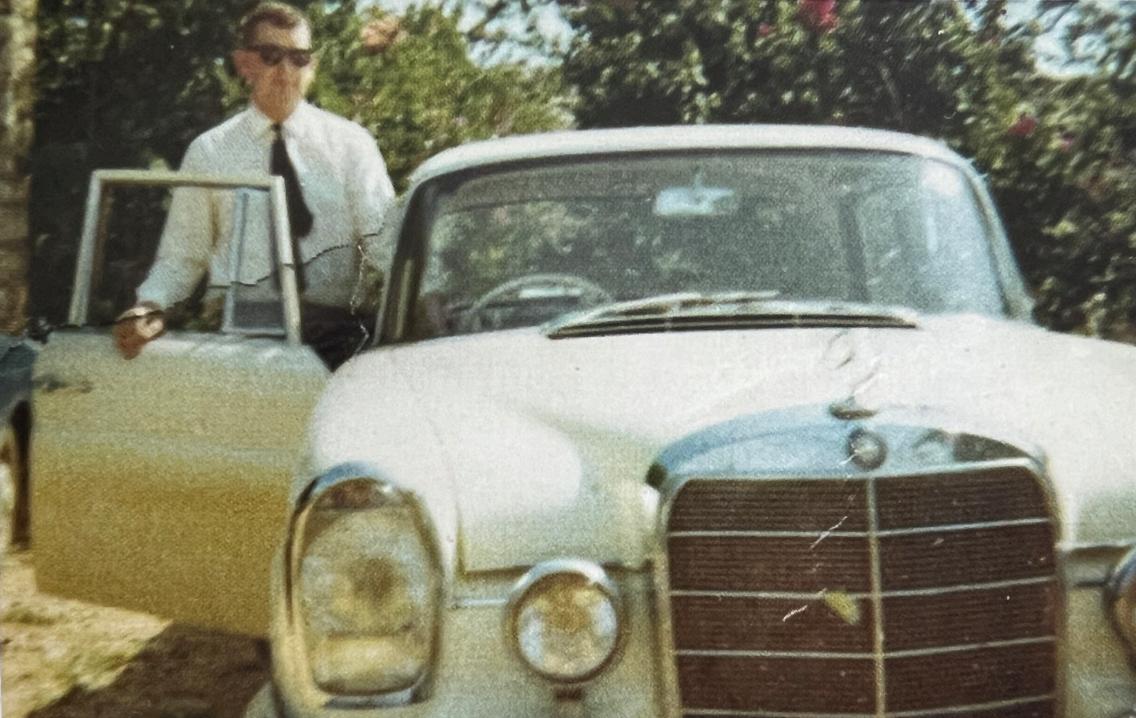
Getting oil to the Zambian copper belt: Mr Dow sets off to administer it.
Would I like the job?
What? Had I heard correctly? Well, apparently I had because terms were laid out there and then, a double salary, school fees, a beach house at nearby Bagomoya and a sparkling Mercedes 220SE as my company car. It was an offer I couldn’t refuse. The job details were sketchy at that early stage but “in for a penny in for a pound”. I accepted and we were soon on the move to Dar Es Salaam.
On arrival in Dar, I met DTD’s consortium partner, a charismatic Greek Sisal farmer called Andreas Cretan, and Paul Rodriguez, Director at the Petroleum Finance Board (PFB) with whom we were to do business. Initially, we had twenty-five 618 MB trucks, another twenty-five MB 2620s, Cretan’s own 20 and another 50 or so, sub-contracted from Arab and African traders. Most were converted farm trucks, resplendent in our red and white livery. We had a spotter plane to cover the route and six Datsun pick-ups to patrol it day and night.
We were not the only kids on the block as international vested interests vied with commercial ones to do the business. Agip (Italian Petroleum) were there with a large fleet of Fiats, as were other nations, including Aeroflot from Russia with feet firmly on the ground. The Chinese were there, as was to be expected from

such a strong ally of President Nyerere of Tanzania. Sundry other trucks represented an international potpourri of nations.
Copper Belt & Kariba
I visited Lusaka, Ndola and Kitwe as well as Victoria Falls and the Kariba Dam. I saw evidence of Rhodesian Air Force tracer shells that had been used on villages near the border as well as overturned trucks that had been strafed from the air. I was not encouraged to spend much timein Salisbury (Harare), not least
because the prospect of unwelcome attention from the Police Reserve and Intelligence Corps.
I took trips in our spotter plane and as co-driver on forays up country through Iringa, Dodoma and other towns on the route. It was never pleasant as the “murram” track seemed to be too dusty or too wet. Accidents were frequent and I witnessed a number of overturned trucks.
Rodriguez had been only too happy to accept our terms in the early stages and didn’t ask too many questions about our reliability and trustworthiness. With hindsight, I should perhaps
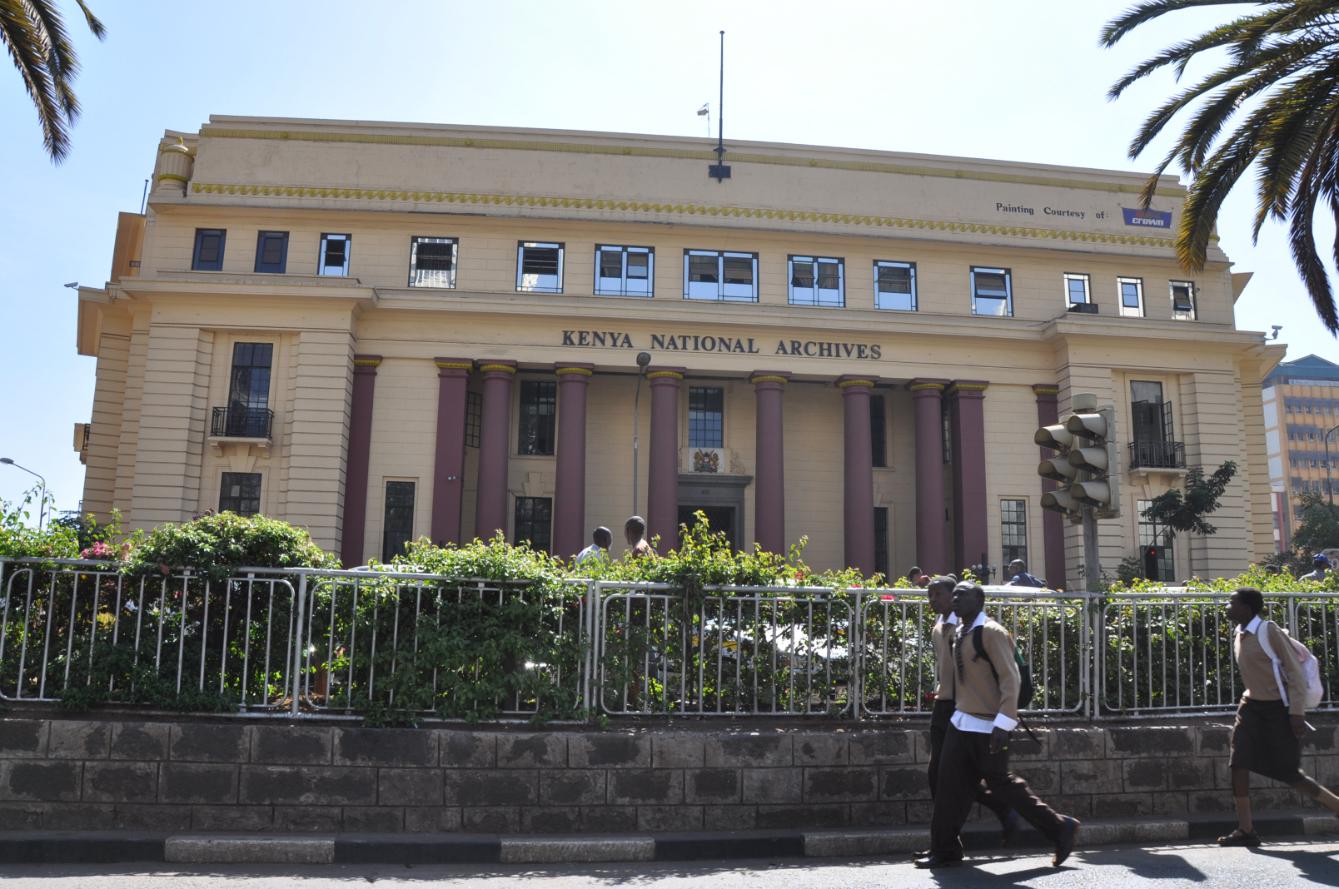
have done so in the light of bogus insurance claims. My naïve belief had been that an accident was an accident, and that lost oil cargo was covered by insurance.
However, an investigation by the PFB revealed wholesale fraud as truck drivers, including some of ours, sold the so-called accident losses on the market. DTD in Nairobi was not at all happy. Fortunately, a pipeline and railway were under construction so the days of the “Hell Run” were numbered. I finished working for the Consortium in 1967 and returned with the family to dear old Blighty.
Polite to a Fault
I met Nyerere, Kaunda (Zambia’s President, and Mugabe but not Nkomo. They all favoured the
high collar Chinese style of dress and were polite to a fault in my meetings with them.
This brings me to the crisis for the white settlers after the 13-year Zimbabwe War of Liberation. I have discussed this matter at some length with a Rhodesian veteran. In my view, the war was fought for independence and land distribution but it was not a war of African making. If there were culprits, I would blame the old Colonial “Scramble for Africa” that left white minorities in charge of the welfare of millions of Africans.
UK Prime Minister Harold Wilson put his foot down eventually but offered no substantial compensation to farmers. Nor, apparently, did the Zimbabwe Government. I hope the farmers recognise that individual excesses were not as a result of Mugabe policies but the failure of British ones over a very long period in which Kipling’s concept of a “white man’s burden” of service was laid aside for political expediency and commercial gain.
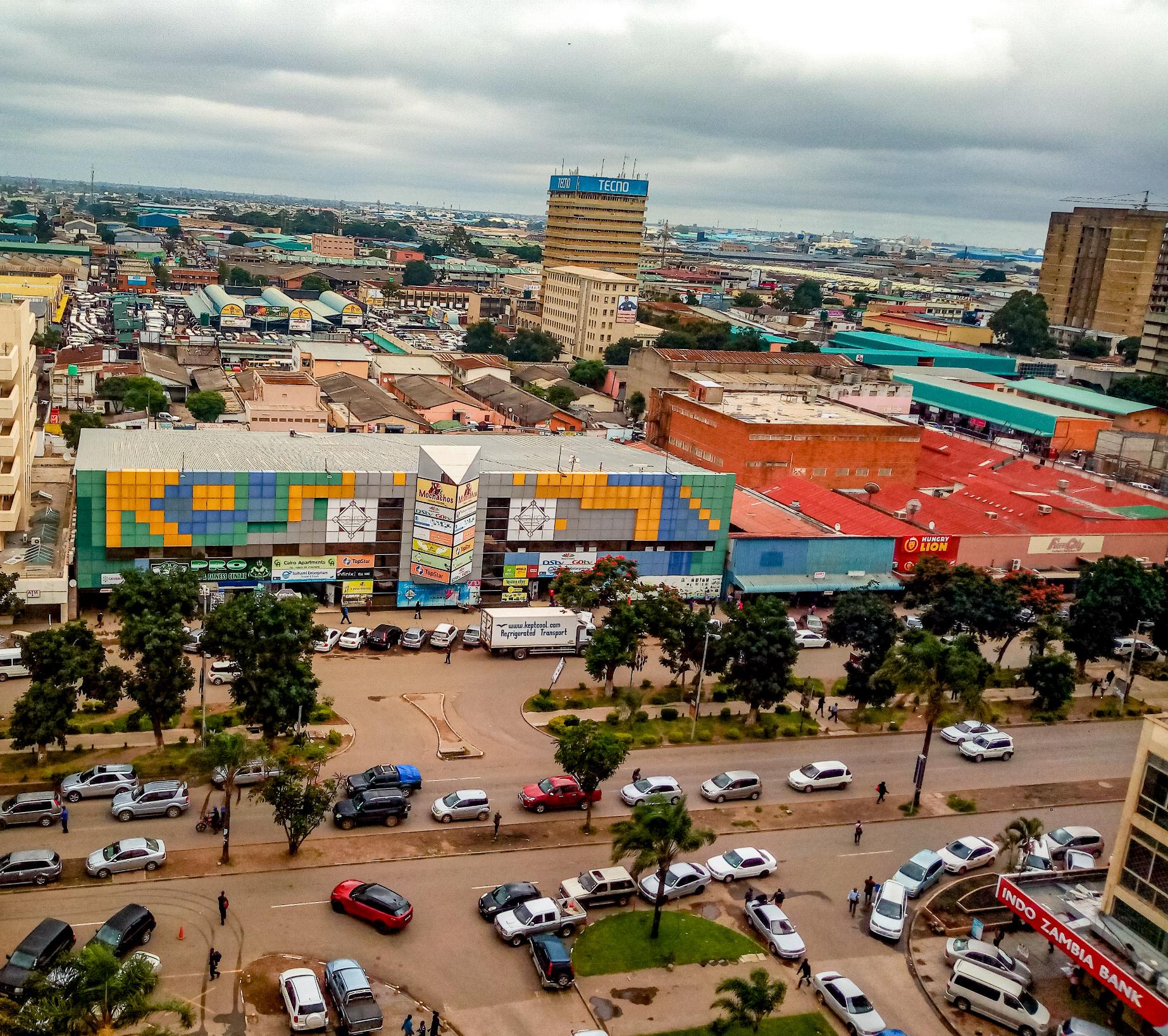
by Deacon David Clifton
What! No Dinosaurs? A
look at
the story of creation in the Book of Genesis

There are many people today, if they consider the Bible at all, dismiss it as a collection of ‘folk-tales’, having about as much credibility, and relevance to present-day living, as the tale of Red Riding Hood. In particular, the accounts of creation in the Book of Genesis (Gen 1: 1 - 31: and 2: 4-25) are derided as complete nonsense. The Christian response to these criticisms is not helped by those fundamentalists, who insist on the literal truth of everything in the Bible. They assert the ‘falsehood’ of evolutionary theory, even going so far as to claim that dinosaurs never existed and that their fossils were put in the earth by God to test our faith, or by the devil to deceive us! Until the modern era the Catholic Church, like everyone else, has accepted the Biblical accounts as factually accurate,
but it has always been more concerned with their spiritual meaning. Now that we know that these stories do not match the scientific evidence, the Church takes the position that it recognises that the idea of the evolutionary development of species does not necessarily conflict with the Church’s teaching, provided that God is acknowledged as the sole creator of all material things. It does not comment on the truth, or otherwise, of any theory of evolution (that is a scientific judgement, outside the remit of the Church’s teaching).
But where does this leave the stories of creation in Genesis? Do we just dismiss them as ‘folktales’? What is the point of telling stories of the creation of the world that are not factually correct? The answer is that the authors of Genesis were not reflecting on the nature of the world out of scientific curiosity, but seeking some understanding of the human encounter with God. The language of religion is the language of parable and poetry, of images and symbols, not the precise idiom of scientific discourse. The stories are not explanations, but more in the nature of parables attempting to convey deep religious insight, just as Jesus used parables to convey insights into the Kingdom of God. This deepest level of truth, truth concerning our existence and the relationship between God and humanity, is not the realm of science, it is the realm of faith.
So, how can we understand the Genesis creation stories? They put before us fundamental theological insights which are still valid in the present day. For example, they tell us that all things were created by the one God who is distinct from created things; that this creation brought order out of chaos; that the universe operates according to ‘rules’; that the ‘pinnacle’ of God’s creation is the human race, made in the ‘image’ of God; that all creation is ‘very good’ –and much, much more. It lays before us God’s plan, that there was to be a right relationship between the humans and God, a right relationship between members of the human race and between humans and the created order. But we know that these relationships are broken, or non-existent. There is discord, selfishness, greed, cruelty, etc. God is rejected and the path of virtue discarded. Humans seek to go their own way, attempting to assert their independence from God, rejecting his plan for their future.
But all is not lost! It is also part of God’s plan to rescue us from this distorted state. This is the story of the Bible. It depicts the gradual unrolling of God’s plan to save the human race from its
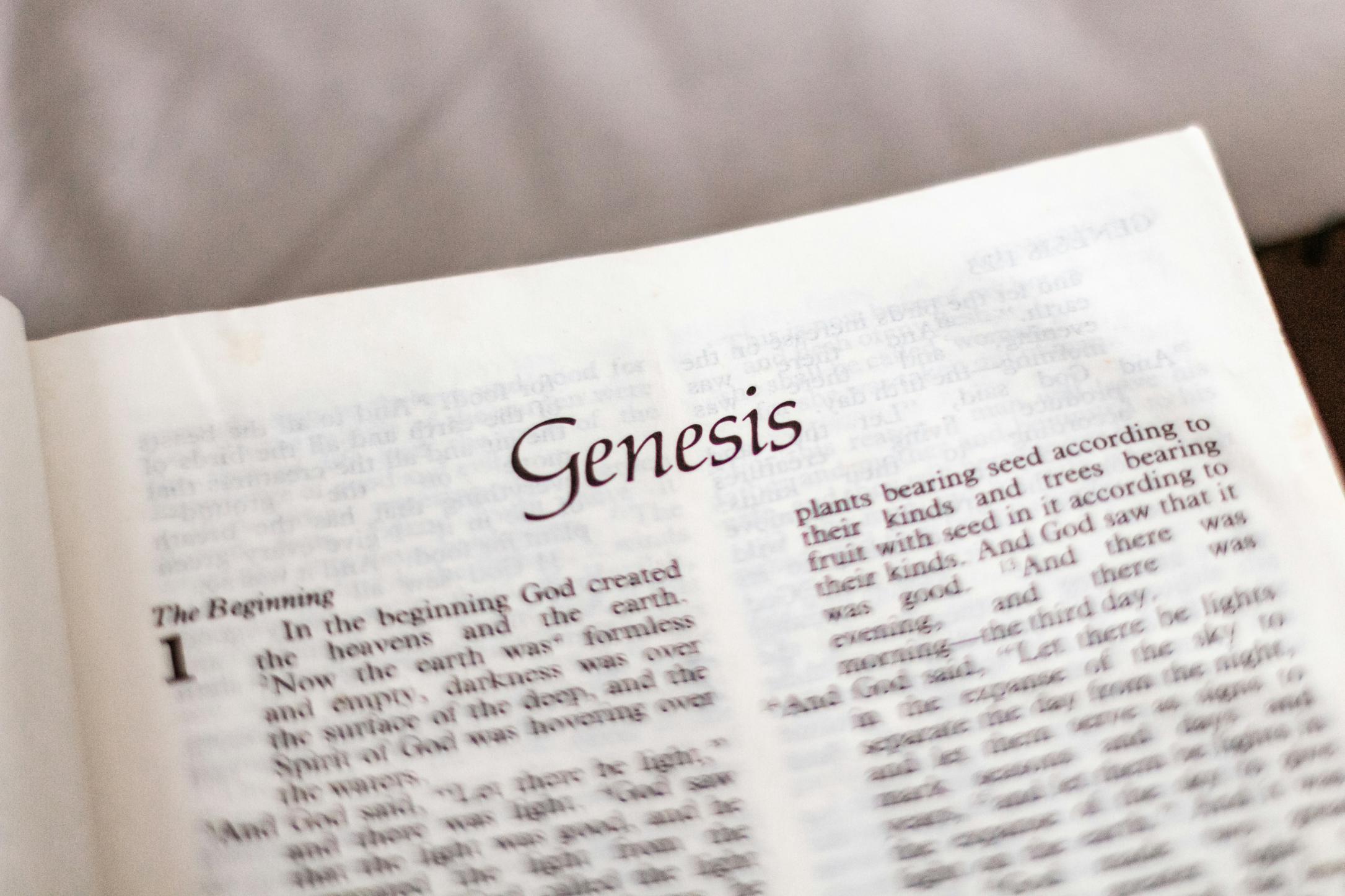
own folly. The first chapters of the Book of Genesis form a kind of prologue in which this plan is sketched out in a prophetic way (1). The creation accounts, therefore form an introduction to ‘salvation history’.
The writers of the stories of creation were not so much trying to account for how the world came to be and how it came to be as it is, but why the world came to be and why
it came to be as it is. Their stories are set in the remote past (the ‘beginning’). But it may help us, who have a different, scientific, creation narrative, to see them as a vision of hope pointing to the future; to the ultimate human destiny. In this view Genesis shows us not so much what God has done but what he intends to do for us. Just as an architect, before ever a workman begins to build, will prepare drawings to show what the finished building
will be like, so here, in the Book of Genesis, God’s plan is laid before us, showing us from the very beginning the final destiny that awaits us, despite our ‘fall’ from grace, if only we will accept it. In Genesis it is described as a garden of delight where there is no suffering or death, a theme taken up by the prophets.
Isaiah (for example) puts the story in his own way,
“The wolf lives with the lamb, the panther lies down with the kid, calf and lion cub feed together with a little boy to lead them. The cow and the bear make friends, their young lie down together.
The lion eats straw like the ox.
The infant plays over the cobra's hole; into the viper's lair the young child puts his hand. They do no hurt, no harm, on all my holy mountain.” [Is. 11: 1 - 9]
And, in another metaphor,
“On this mountain, the Lord of

hosts will prepare for all peoples a banquet of rich food. On this mountain he will remove the mourning veil covering all peoples, and the shroud enwrapping all nations, he will destroy Death for ever.” [Is 25: 6-9]
In the Book of Revelation, John’s great vision of the ‘end times’, our final destiny is given the image of a great city: God walks with his people in a beautiful city – the ‘new
Jerusalem’:
“Then I saw a new heaven and a new earth; for the first heaven and the first earth had passed away, and the sea was no more. And I saw the holy city, the new Jerusalem, coming down out of heaven from God, prepared as a bride adorned for her husband. And I heard a loud voice from the throne saying,
"See, the home of God is among mortals. He will dwell with them as their God; they will be his

peoples, and God himself will be with them; he will wipe every tear from their eyes. Death will be no more; mourning and crying and pain will be no more, for the first things have passed away." [Rev 21: 3,4]
So, from the beginning, this was God’s intention: that the whole universe should exist in complete harmony with itself and with God (symbolised in Genesis by a beautiful garden), and that the human race will live in a state of perfect happiness without suffering or death. This is God’s great plan, and in order to bring this plan to completion God initiated the ‘rescue’ or ‘redemption’ of the human race, beginning with series of covenants established between God and his people, and culminating in the redemption of the Cross.
The story of how that grace is restored to us in the Redemption is contained in the whole body of
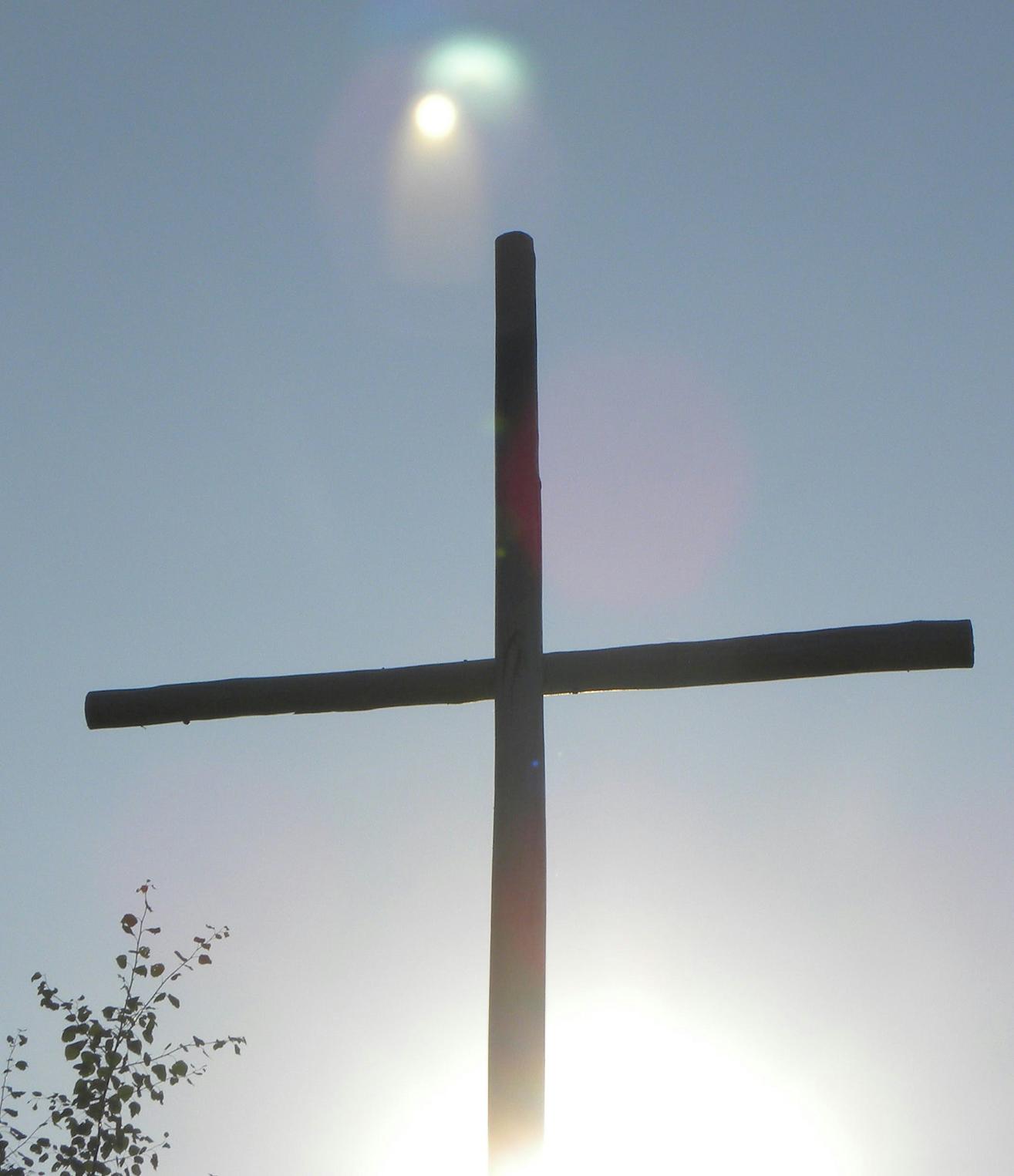
Christian teaching and especially in the Scriptures.
Genesis is an invitation to us to read on … David Clifton
1. A literary device deliberately imitated by John at the beginning of his gospel.
by Jo Briscoe
Lectio Divina - (divine reading of the Bible)
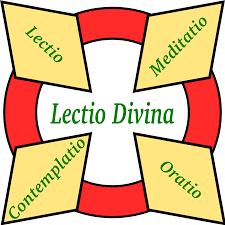
Reading the bible has a long and eminent tradition in the Church – it is the basis for our faith. All Christians are encouraged to take up the Bible and find in it a true guide for the intellect and for the actions of every day.
These notes are based on articles of reasoning taken from the Catechism of the Catholic Church and include the fact the Bible is the interpretation of the Heritage of Faith. The Apostles entrusted the ‘Sacred deposit’ of the faith contained in Sacred Scripture and Tradition to the whole of the Church. By adhering to this heritage, the entire holy people united to its pastor remain always faithful to the
teaching of the Apostles. The task of giving an authentic interpretation of the Word of God, whether in its written form or in the form of Tradition has been entrusted in the name of Jesus Christ to the Bishop, in communion with the Pope. This is the Magisterium. It is clear, therefore, that, in the supremely wise arrangements of God, sacred Tradition, Sacred Scripture and the Magisterium of the church are so connected and associated that one of them cannot stand without the others. Working together each in its own way, under the action of the Holy Spirit, they all contribute effectively to the salvation of souls.
God is the author of Sacred Scriptures because He inspired its human authors. The Church has always venerated the divine Scriptures as she venerates the Body of the Lord; both nourish and govern the whole Christian life: ‘Your word is a lamp to my feet and a light to my path.’
We need to put into practice the light we receive from the Lectio; only then is the Lectio realised and accomplished. This Word which came down from the highest heaven, spoken in the heart of the Trinity, touches the densest part of our being, our body (through the concrete act of reconciliation). This is the course of the word. It unites heaven and earth. It is always necessary to ensure that the Word received, like a beam of light coming from the mouth of God, is truly incarnated. Otherwise Lectio will remain fruitless. Conversely, if the word is incarnated we will notice remarkable progress and are certain to see changes rapidly occurring in our life: it is more ordered; greater clarity of ideas and the acts accomplished all throughout the day; a stronger faith; a will that frees itself from slavery, and becomes more solid, firmer in the will of God; consolation and strength coming from the daily encounter with the living Christ and hearing him who speaks to us in our attentive silence and guides us in what to do; finally, staunch perseverance and resistance in life’s trials. In addition to this, it is good to note that one of the greatest advantages of Lectio is simply the fact that our intellect is no longer at the mercy of the many thoughts jostling it; it has become disciplined, since it is nurtured by an intense light which illuminates it from the morning on and all throughout the day.
Someone asked St. Anthony the Great: What is the most difficult aspect of monastic life? He replied, saying “Scripture – bearing Scripture, suffering its weight of purifying and transforming light”. Also, someone asked St. John of the Cross how he enters into ecstasy, he answered that this was by Lectio Divina - relinquishing his own will and doing the will of God.
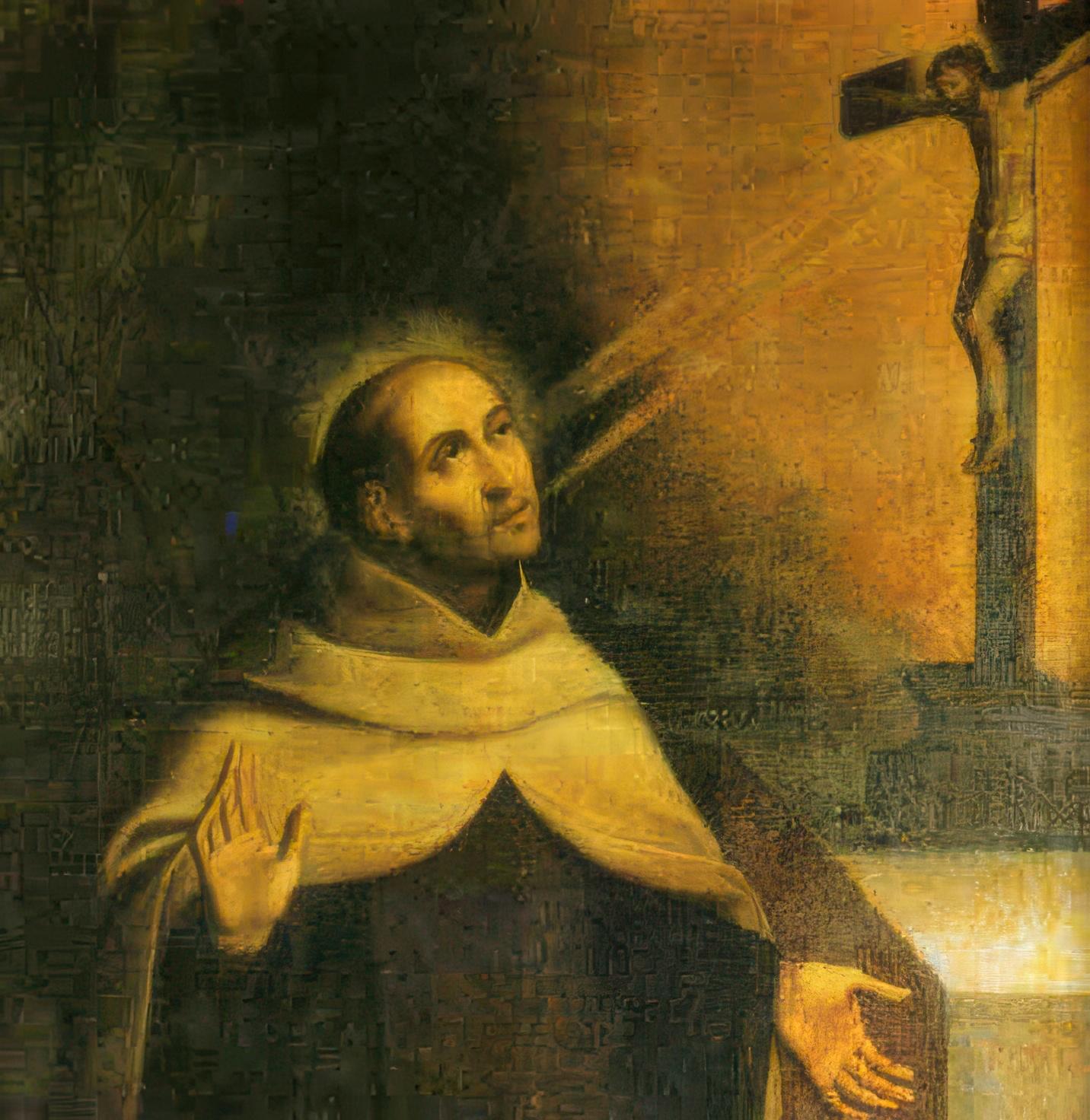
Portrait of John of the Cross: Wikimedia
This shows us that Lectio truly is an exercise of love, since it supposes that we abandon ourselves each day in a loving, resolute and authentic quest for the truth. Lectio awaits souls who love truth and are not afraid of it. It seeks generous and courageous souls, capable of questioning themselves every day before God, ready to be converted. Lectio is a daily verification of this self-abandonment. Lectio is a great
way for us to be assured that we are doing God’s will. It is a way of verification, a test, a true and practical confirmation of our desire to love God; it tells us where we are in our love for God. Loving God is simply doing his will, and the quest for this will is at the heart of Lectio.
A few words from Thomas Merton, Trappist Monk and undoubtedly one of the greatest
spiritual masters of the twentieth century and a great inspiration to me personally. His subject is ‘Scripture’. “Every word that comes from the mouth of God is nourishment that feeds the soul with eternal life. ‘Man does not live by bread alone but in every word that proceeds from the mouth of God.’ To hear the Gospel – everywhere there are doors and windows opened into the same eternity – and the most powerful communication of Scripture is the ‘implanted word’ the secret and inexpressible seed of contemplation planted in the depths of our soul and awakening it with an immediate and inexpressible contact with the Living Word, that we may adore Him in Spirit and in Truth. By the reading of Scripture I am so renewed that all nature seems renewed round me and with me. The sky seems to be more pure, a cooler blue, the trees a deeper green, light is sharper on the outlines of the forest and the hills, and the whole world is
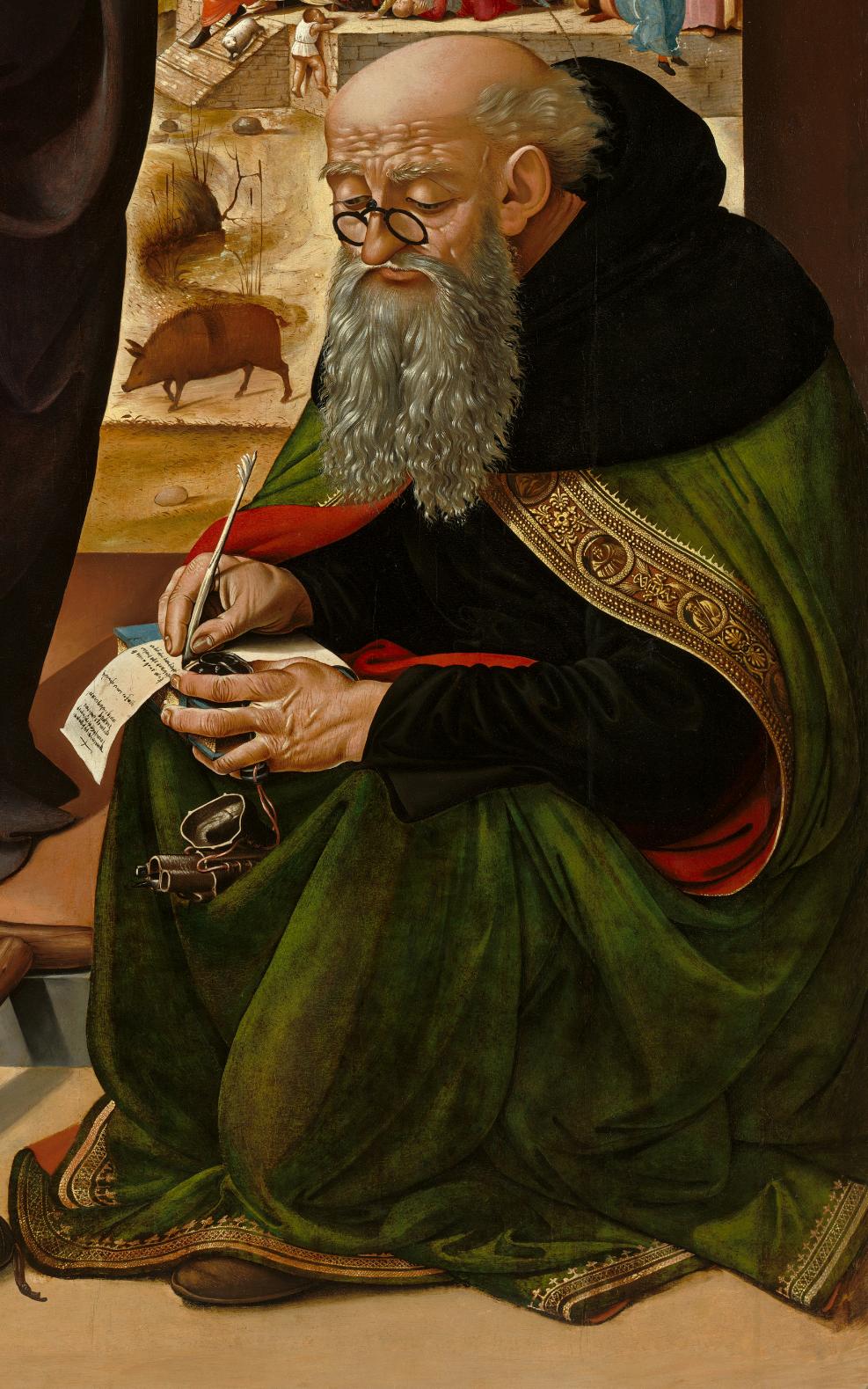
Painting of Saint Anthony, a part of The Visitation with Saint Nicholas and Saint Anthony Abbot by Piero
charged with the glory of God and I feel fire and music in the earth under my feet.
The blessings of my Cistercian vocation are poured out to me in Scripture and I live again in the lineage of Bernard, (Cistercian Doctor of the church) and I see that, if I had been deeper in Scripture, all temptations to run to
some other Order would have lost their meaning, for contemplation is found in faith, not in geography: you dig for it in Scripture but cannot find it by crossing the sea.”
Growth in understanding the faith through Scripture is assisted by the Holy Spirit through contemplation and study of believers; in particular in research which deepens knowledge of revealed truth. Also, through the intimate sense of spiritual realities, believers experience the Sacred Scriptures growth with the one who reads them.
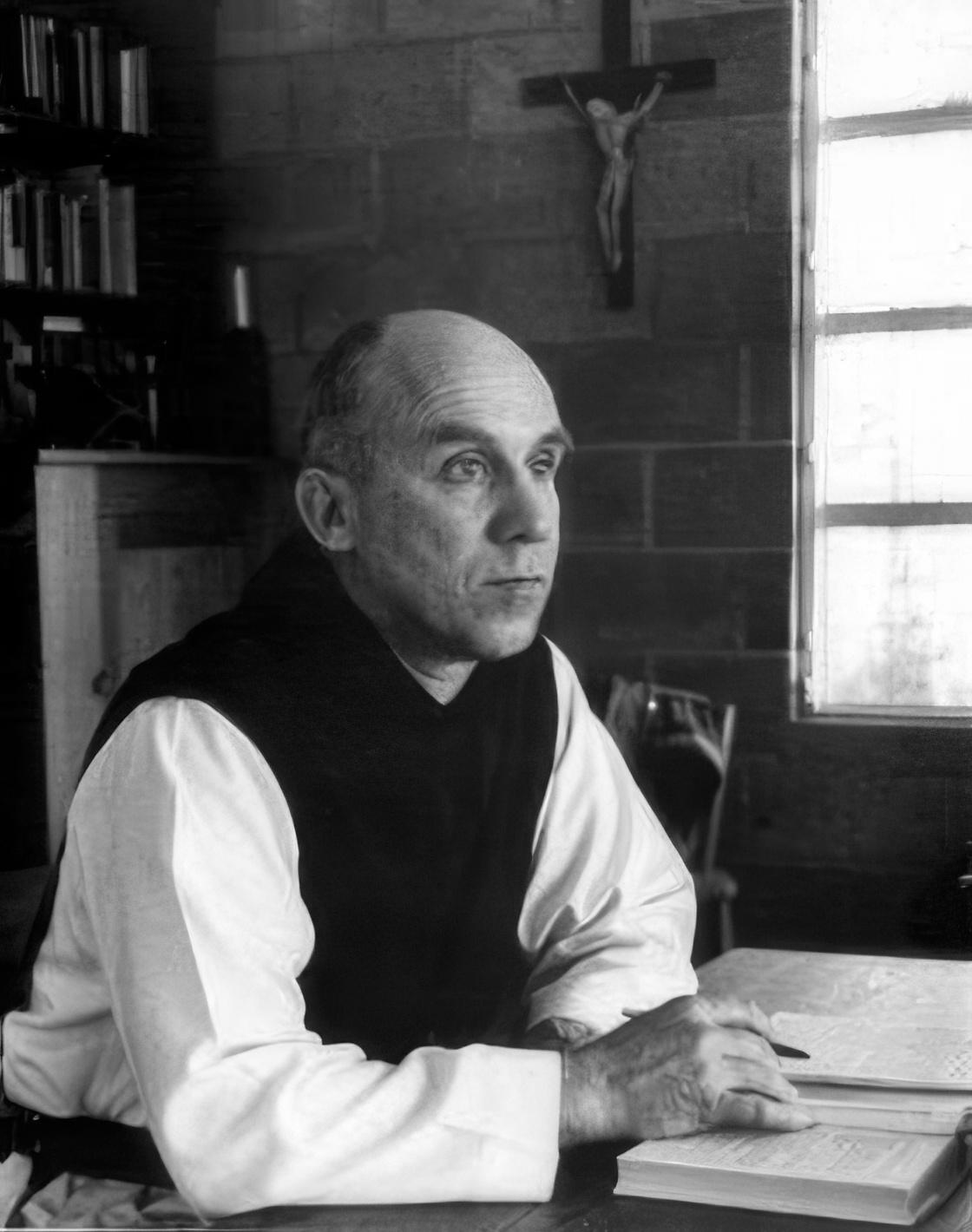
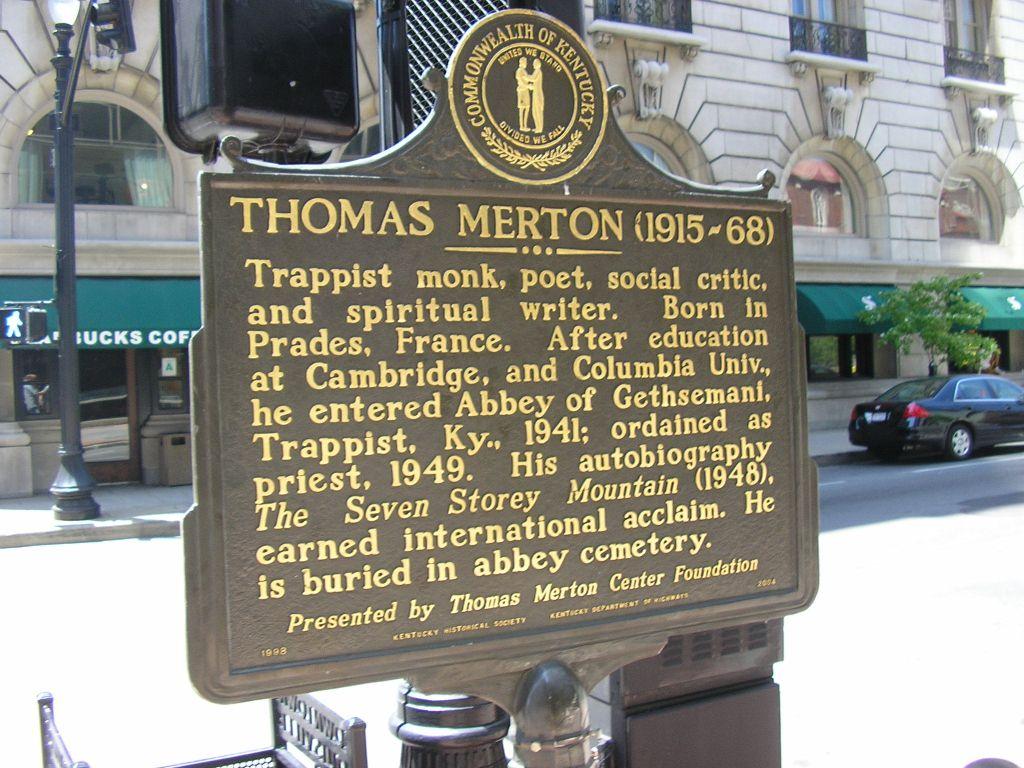
by Georgina , Duchess of Norfolk
Jubilee Year Pilgrimage to Walsingham
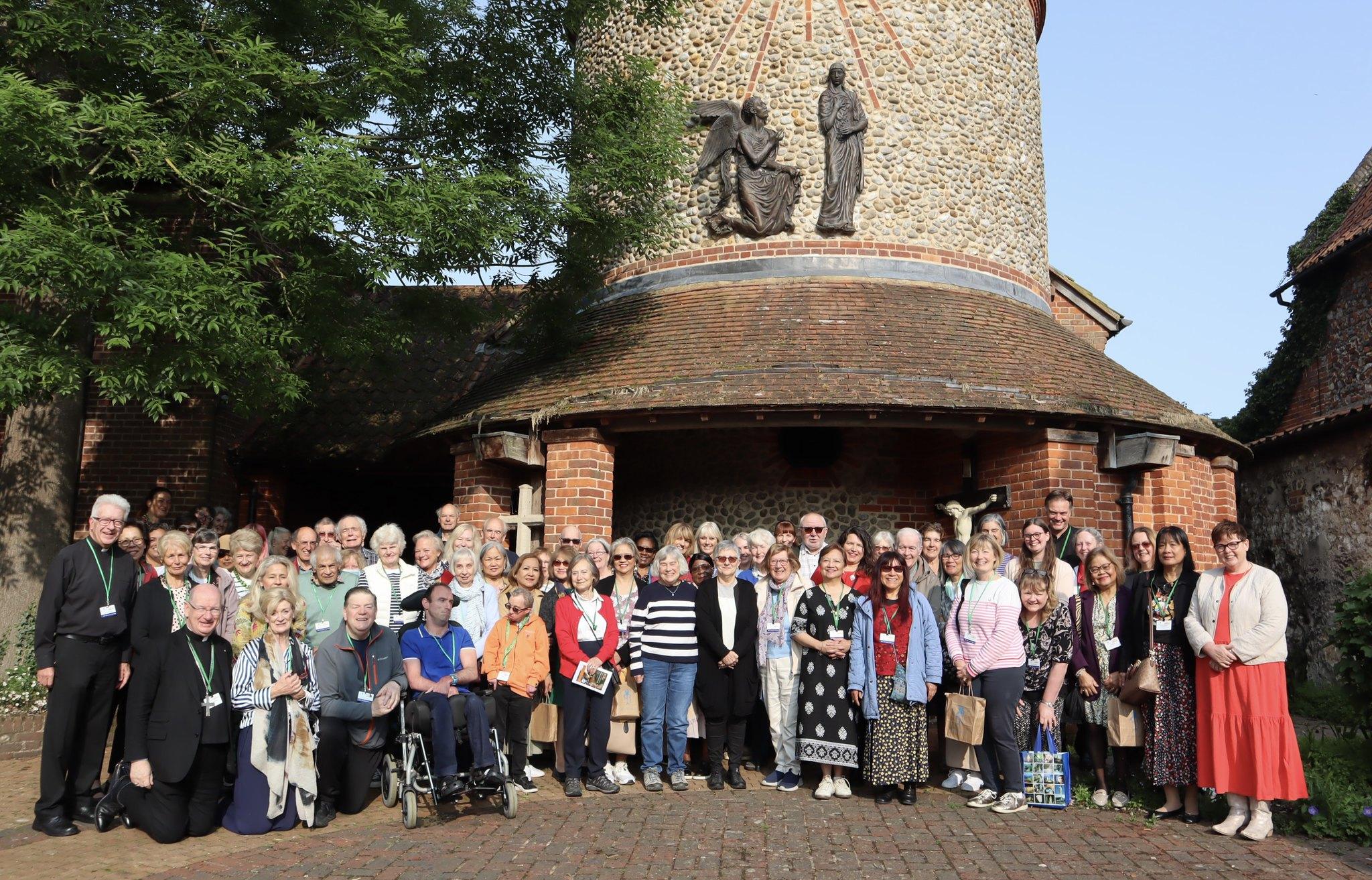
In June this year, on Pentecost, Bishop Richard took a small group of us from the diocese on a pilgrimage to Walsingham. We were about 80 in total and came from all parts of the diocese. So many new faces and happily also quite a few familiar ones.
In 1061 in Walsingham The Blessed Virgin Mary led Lady Richeldis, an Anglo -Saxon noblewoman and widow, in spirit to the Holy House in Nazareth and asked her to construct the same Holy House, instructing her on exactly how it should be built and to dedicate it to the sacred mystery of the Annunciation. Over the years it expanded into a huge Priory and community in which to accommodate all the pilgrims that flocked there. It was destroyed during the Reformation, and all that is left now is the tall arch of the Priory which does give you a good idea how huge the site must have been.
Walsingham is a sleepy little village tucked away in beautiful countryside in north Norfolk, a good four-hour drive from Arundel. It’s hard to believe that once this tiny village was one of the most important and visited pilgrim sites in all of Europe, ranking alongside Jerusalem, Rome and Santiago de Compostela.
We were staying in the centre of Walsingham at Elmham House, the Catholic base for pilgrims. As pilgrim houses go it was comfortable and the food delicious. I was sharing a rather cramped twin room. I am not really used to having to sleep so close to someone else and having to walk to the end of the corridor for the bathroom. It was all extremely good for spoilt people like me and definitely made me feel like I was on pilgrimage, but I really liked that fact, that we are all in it together.
We were a group, and I felt a certain closeness with everyone, even though we were too many to get to know. But, we all had that same thing in common, we had come to honour, ask her intercession or to just be with Our Blessed Mother.
Saturday morning Bishop Richard led us along the holy mile praying the Rosary and we took it in turns to carry a statue of Our Lady of Walsingham. Bishop Richard celebrated Mass on both Saturday and Sunday at the National Shrine and spoke of the
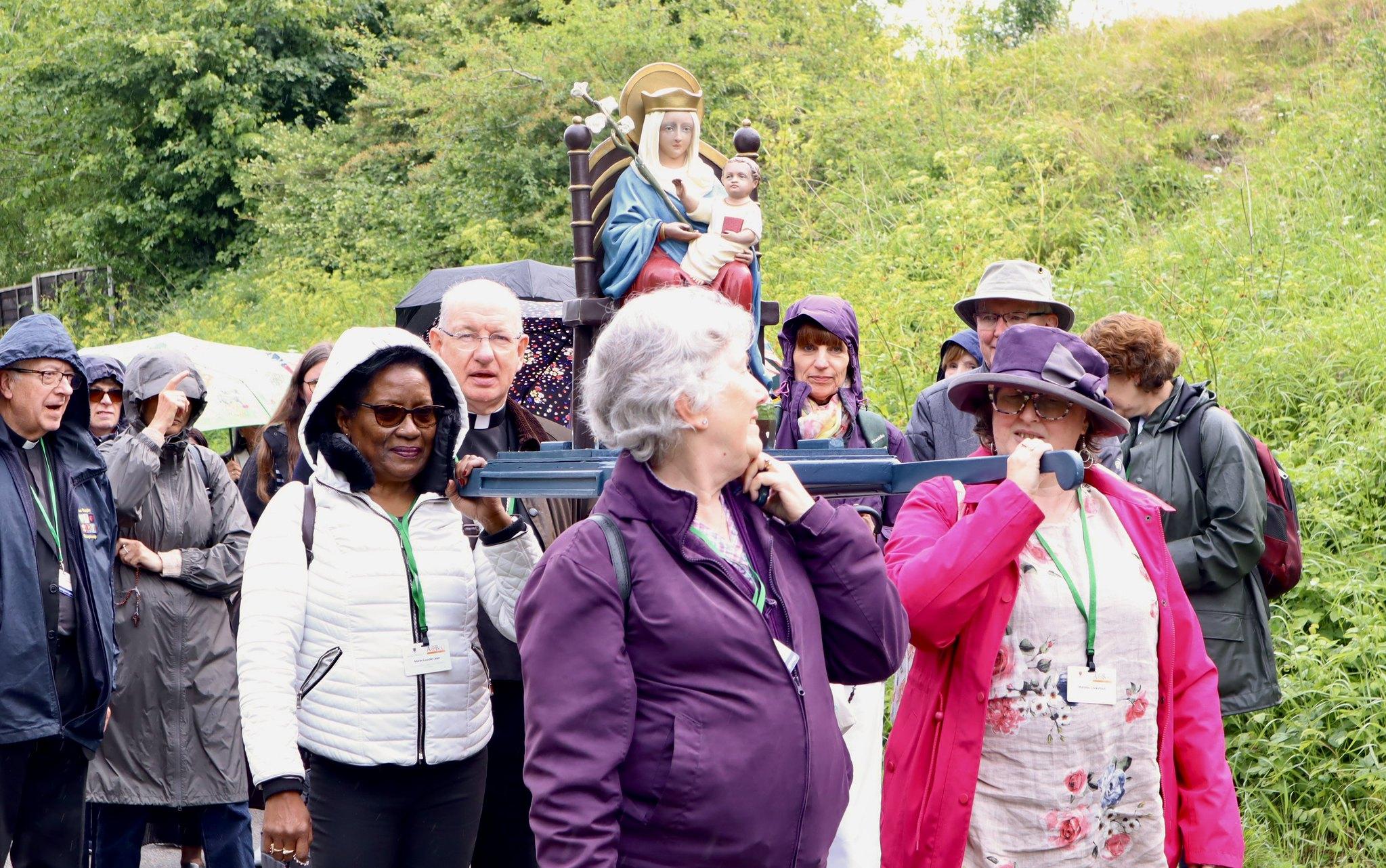
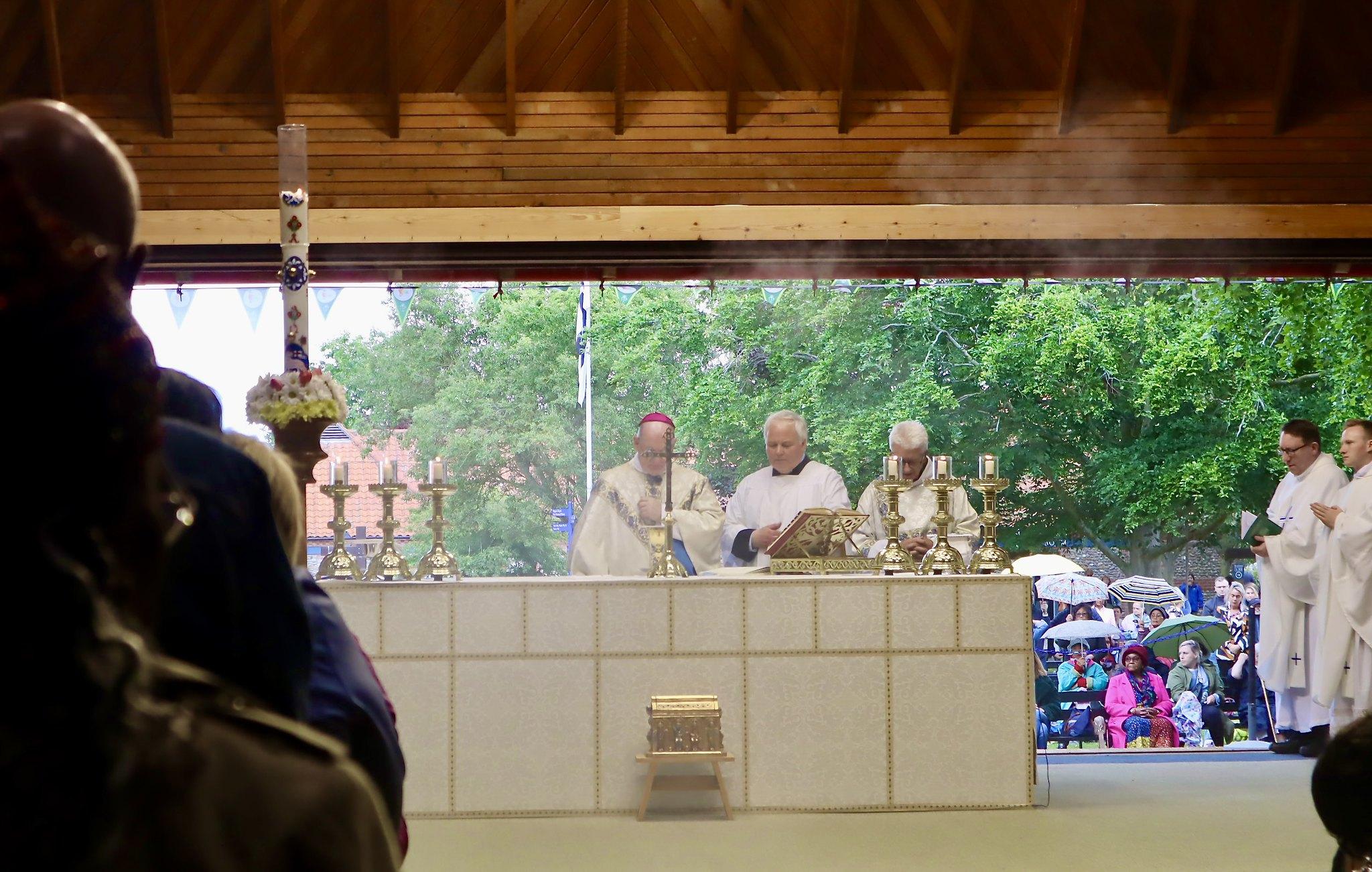
Bishop Richard celebrating Mass
‘quiet revival’ of the Church and emphasised the importance of sharing this good news.
Walsingham seems to touch everyone in one way or another. I have no doubt that we all received many blessings and graces from Our Lady of Walsingham on that Pentecost weekend. But, for me, Walsingham seems incomplete and rather sad. I felt a sadness for its past glory and of what had been destroyed there. It’s as if Walsingham is waiting for something to happen. The quiet revival that Bishop Richard was speaking of maybe?
“When England goes back to Walsingham. Our Lady will come back to England”, is the famous prophecy of Pope Leo XIII from 1897. For it will be the mission of Our Lady of Walsingham to bring England back to Christ. For this we pray…..
A Lament for Our Lady’s Shrine at Walsingham, Attributed to St Philip Howard
In the wracks of Walsingham
Whom should I choose
But the Queen of Walsingham
To be my guide and muse
Then, thou Prince of Walsingham
Grant me to frame
Bitter plaints to rue thy wrong,
Bitter woe for thy name
Bitter was it to see
The seely sheep
Murdered by the ravenous wolves
While the shepherds did sleep.
Bitter was it, O to view
The sacred vine,
Whilst the gardeners played all close, Rooted up by the swine.
Bitter, bitter O to behold
The grass to grow
Where the walls of Walsingham
So stately did show.
Such were the worth of Walsingham while she did stand,
Such are the wracks as now do showOf that Holy Land.
Level, level, with the ground
The towers do lie, Which, with their golden glittering tops,
Pierced once the sky. Where were gates are no gates now, The ways unknown Where the press of peers did pass
While her fame was blown. Owls do scrike where the sweetest hymns Lately were sung, Toads and serpents hold their dens Where the palmers did throng.
Weep, weep, O Walsingham, Whose days are turned to nights, Blessings turned to blasphemies, Holy deeds to despites.
Sin is where Our Lady sat, Heaven is turned to hell, Satan sits where Our Lord did sway Walsingham, O farewell.
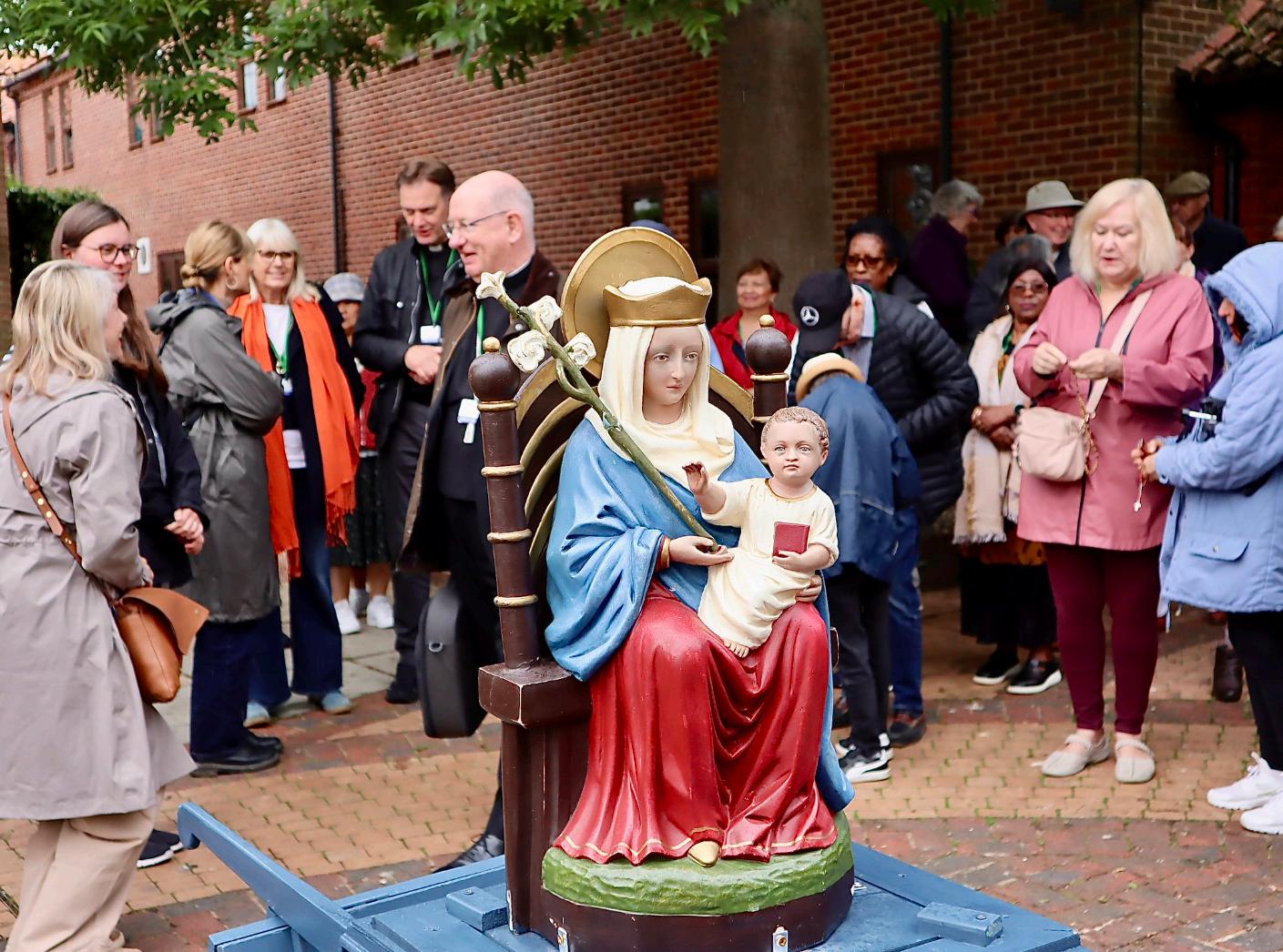
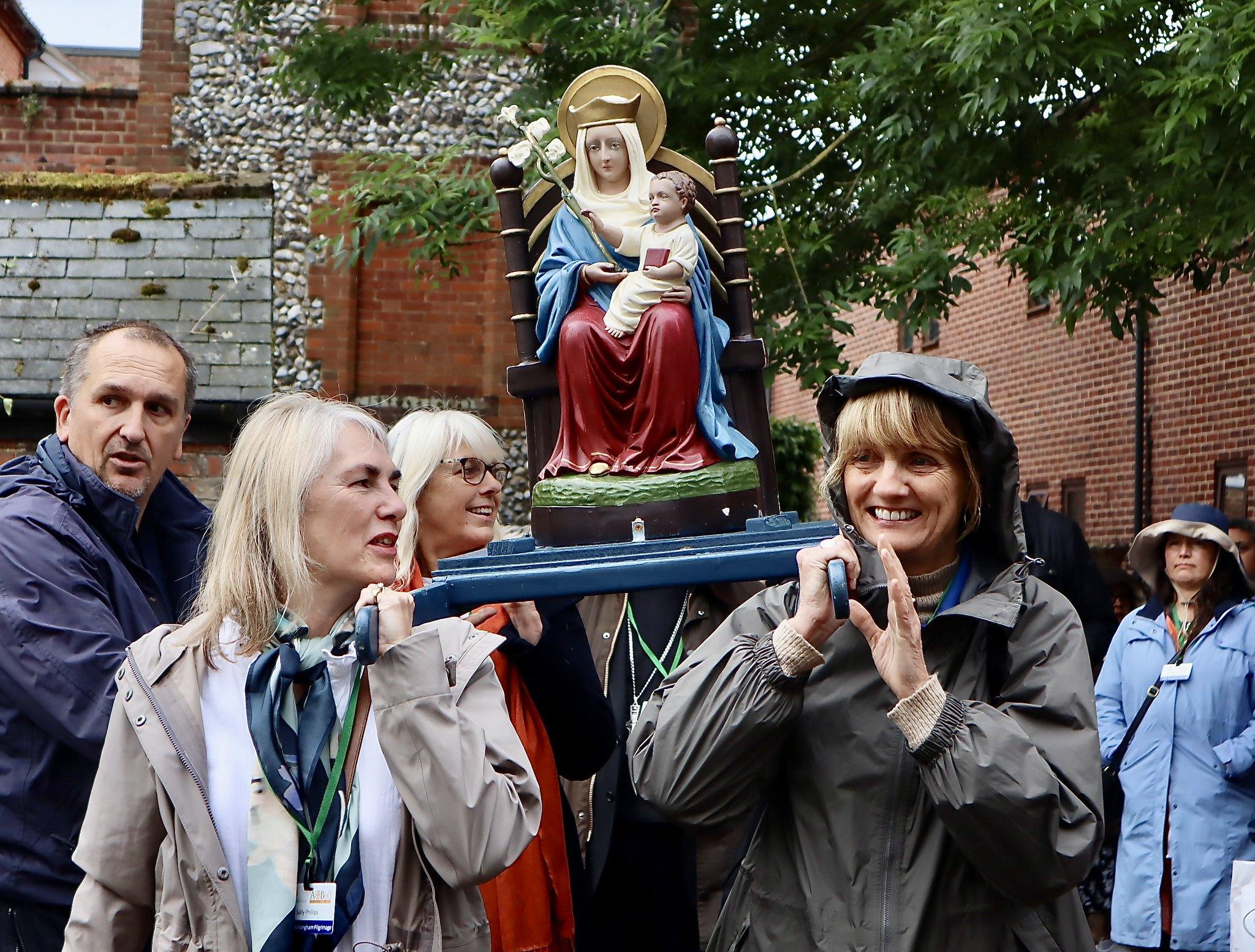
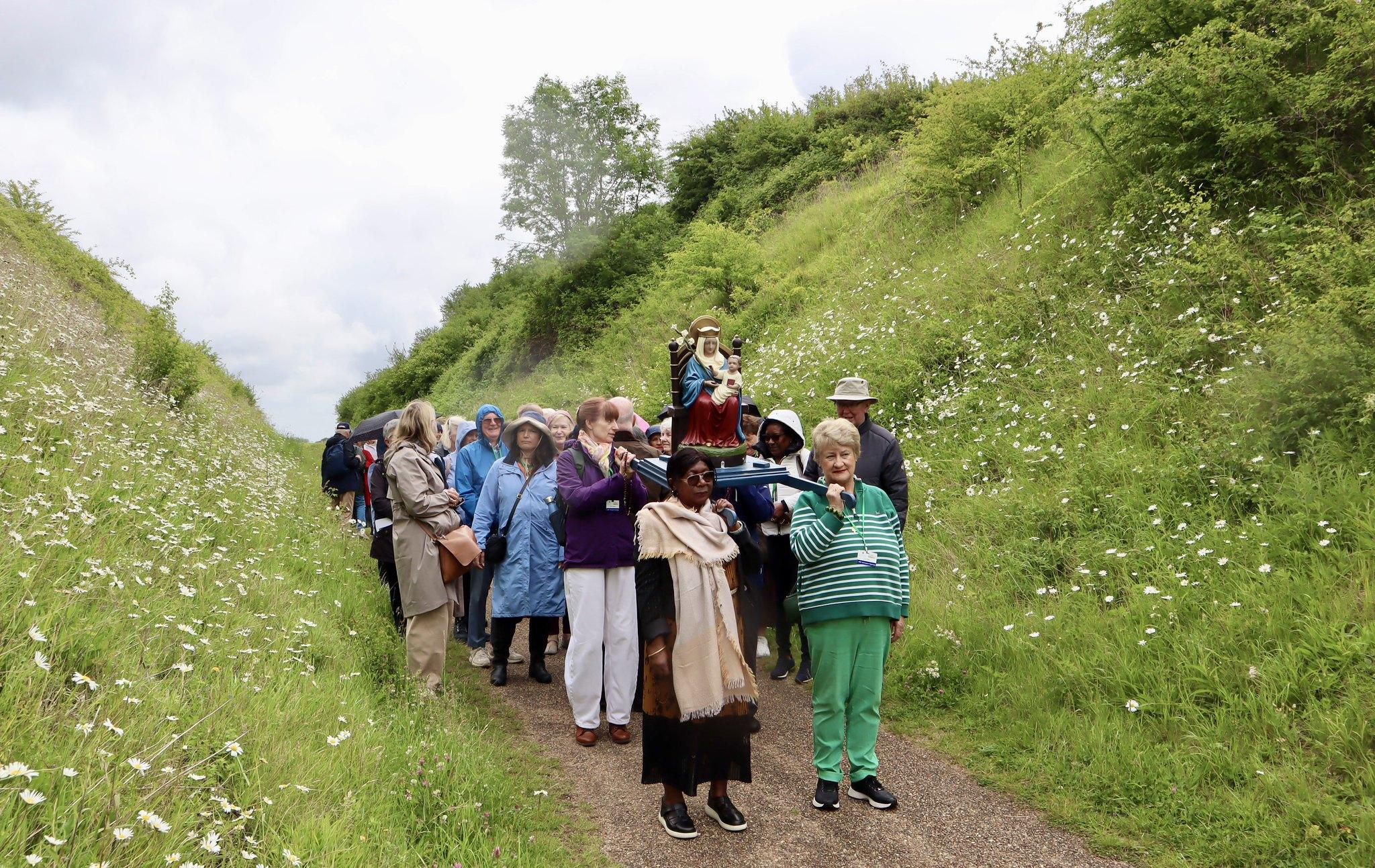
by Barbara Isbister
Behind the Scenes at the Cathedral
Preparations for the feast of Corpus Christi
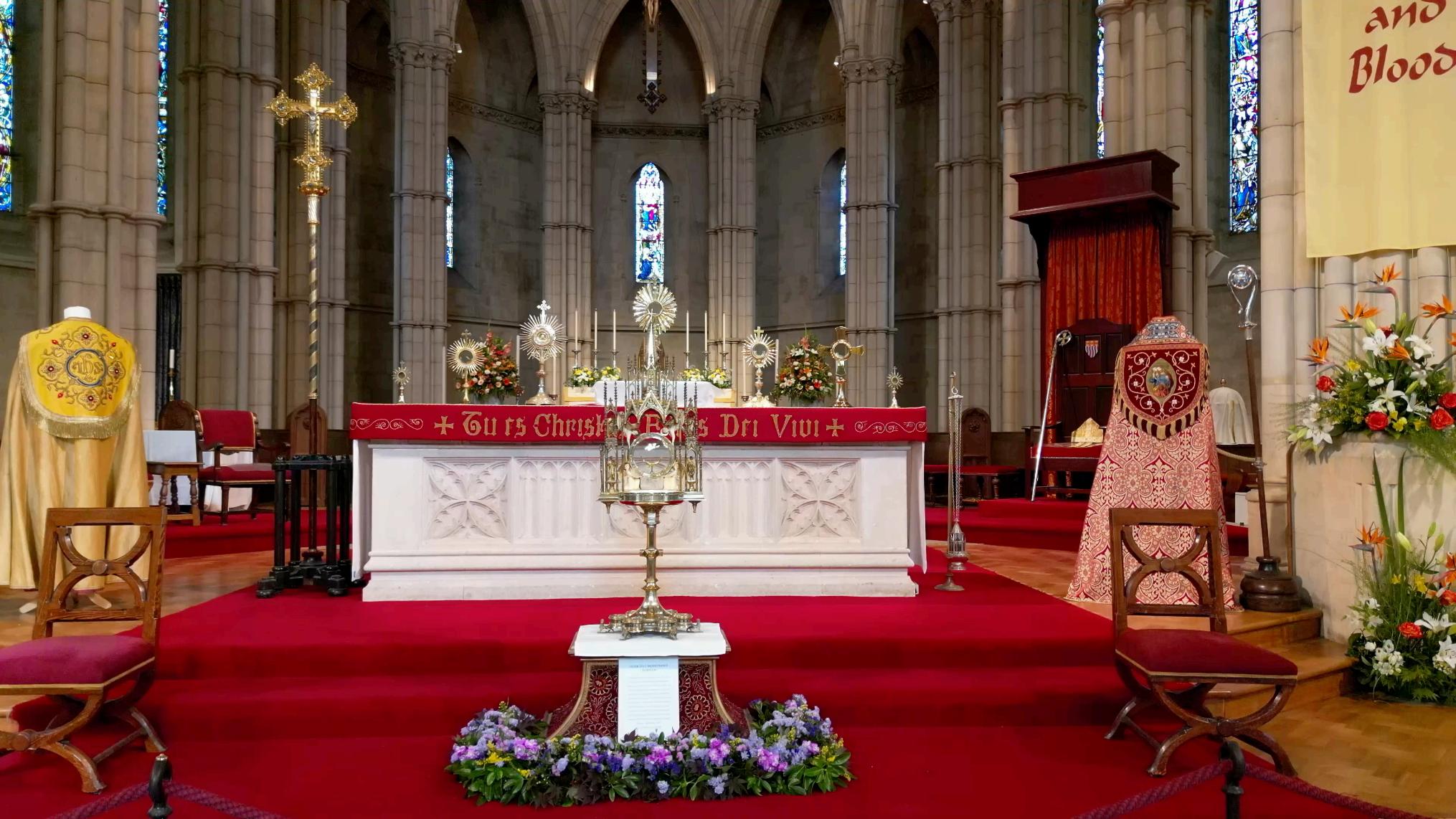
People come to see the Carpet of Flowers from near and far. They have many questions about the religious significance, the history and the processes involved. This article aims to answer some of them.
Religious Significance
The Roman Catholic feast of Corpus Christi (Latin for ‘the body of Christ’) is a celebration of the presence of Christ in the Eucharist. It dates back to 1264 and takes place, on the Thursday after Trinity Sunday, following Pentecost Sunday, which is fifty days after Easter. There is a solemn Mass at 5.30pm in Arundel Cathedral, said by Bishop Richard Moth, the Bishop of Arundel and Brighton. Also taking part are many Canons and Priests from the Diocese. At the end of the Mass, the Bishop
carries the Blessed Sacrament, under an ombrellino, (a small canopy) over the Carpet of Flowers created specifically for this purpose, following the ancient tradition of strewing the ground with flowers before important people. Once outside the Bishop carries the Sacred Eucharist under the protection of a baldachin (canopy) supported on four poles by four bearers. Children who have recently made their First Holy Communion strew flowers before the Eucharistic procession. The clergy, several lay orders, including the Knights of the Holy Sepulchre, the Knights of Saint Columba, and the congregation then process out of the Cathedral bearing witness to the Eucharist by the procession to Arundel Castle. In the quadrangle, there follows a Benediction service before the procession returns to the Cathedral for the final part of the Benediction.
Short Historical Outline
In 1873 the Duke of Norfolk, Duke Henry VI built the church which became Arundel Cathedral. Following his visit to Sutri, near Rome, where he first saw the custom of a carpet of flowers, he was so impressed that he was inspired to introduce the tradition to Arundel Cathedral in 1877. Since then, a carpet of flowers has been laid every year until the present day. The only exceptions were 2 years: during World War 1 and in 2020 during the Covid pandemic.
The Process and Themes
When one of the parishioners involved in working on the Carpet of Flowers was asked: ‘When do you start working on the carpet of flowers?’ her reply was:
‘As soon as we have swept up this one after the procession on Corpus Christi, we start planning next year’s one.’
That seems to sum up the approach. They start thinking about the next one straight away.
Every year in January and February, members of the Corpus Christi Core Team at the Cathedral meet with the parish Priest to discuss ideas for the themes for the current year’s Carpet of Flowers. The theme or themes are related to significant religious events and/or anniversaries in the particular year. 2025 was a Jubilee Year. Every 25 years the Church celebrates a Holy or Jubilee Year. The Holy Door of St Peter’s Basilica was opened on this occasion by Pope Francis on 24th December 2024. There is a theme for each Jubilee Year. In 2025, it was ‘Pilgrims of Hope.’ At each end of the carpet, the words ‘Jubilee Year’ can be seen made out of flowers.
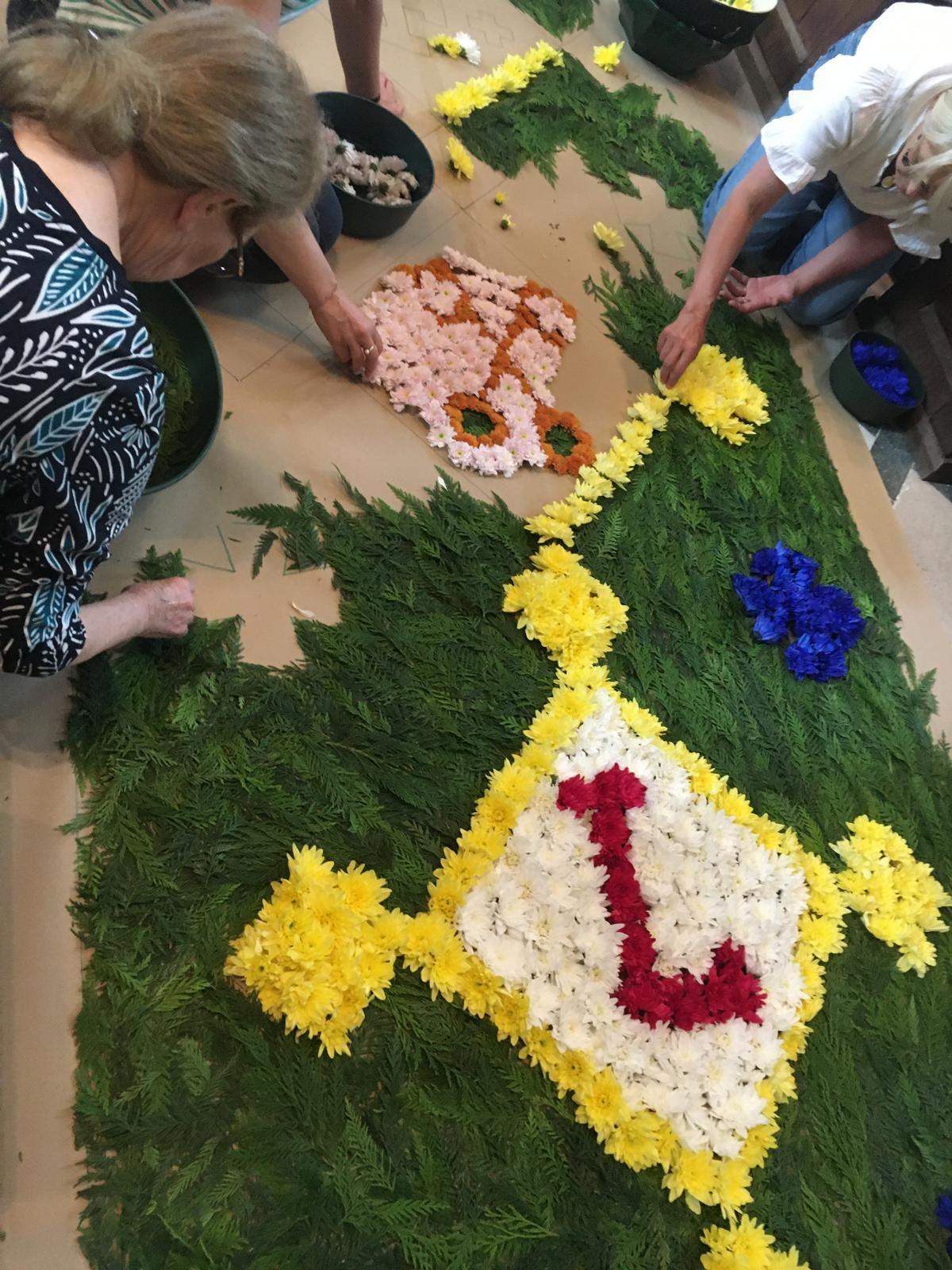
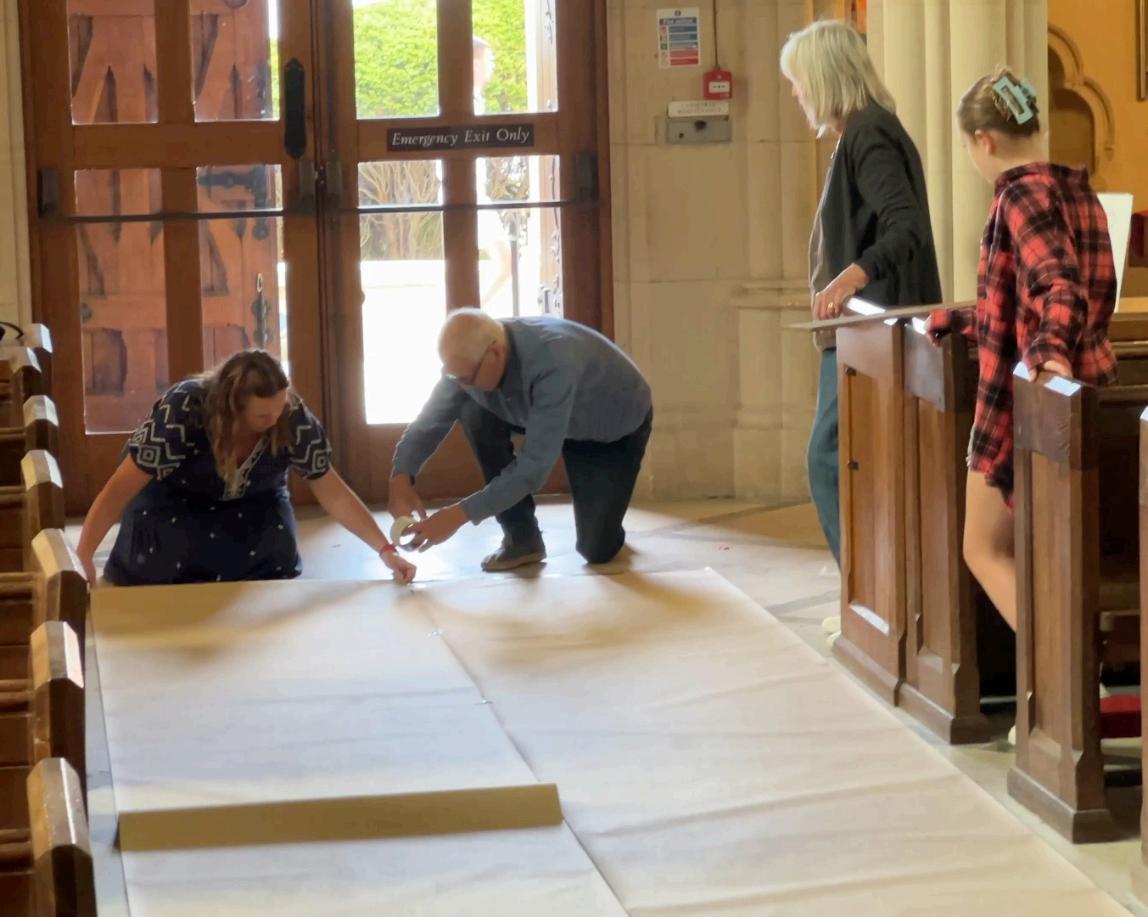
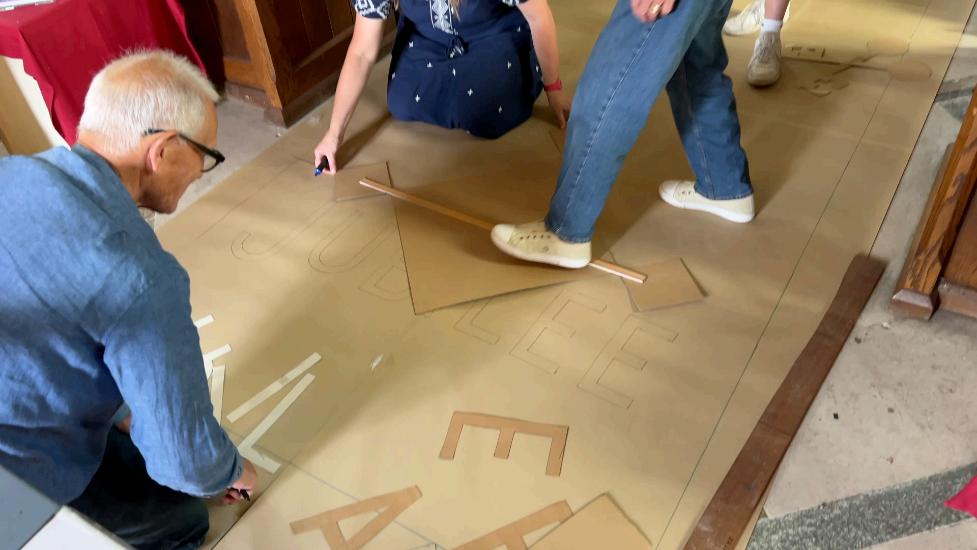
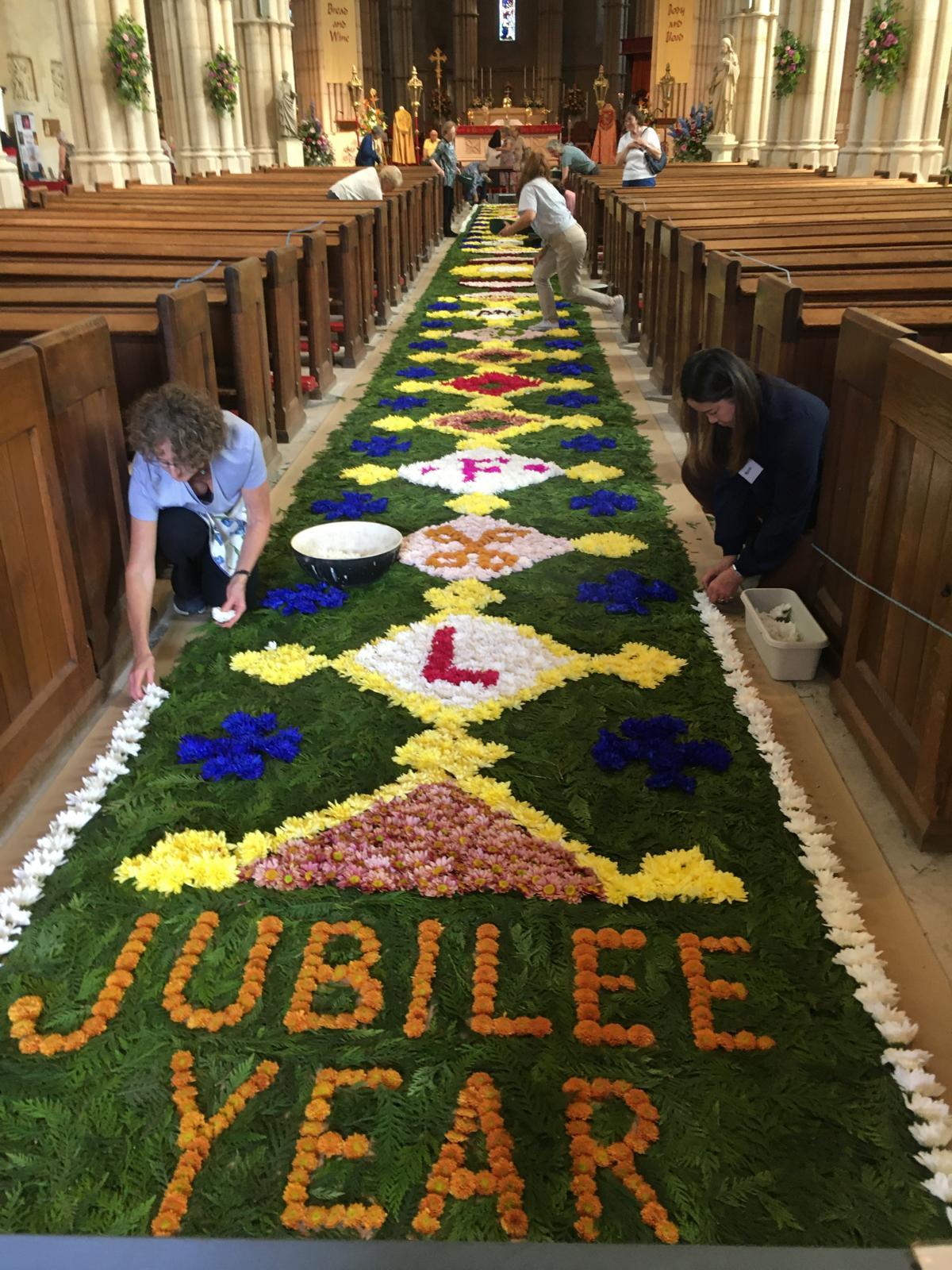
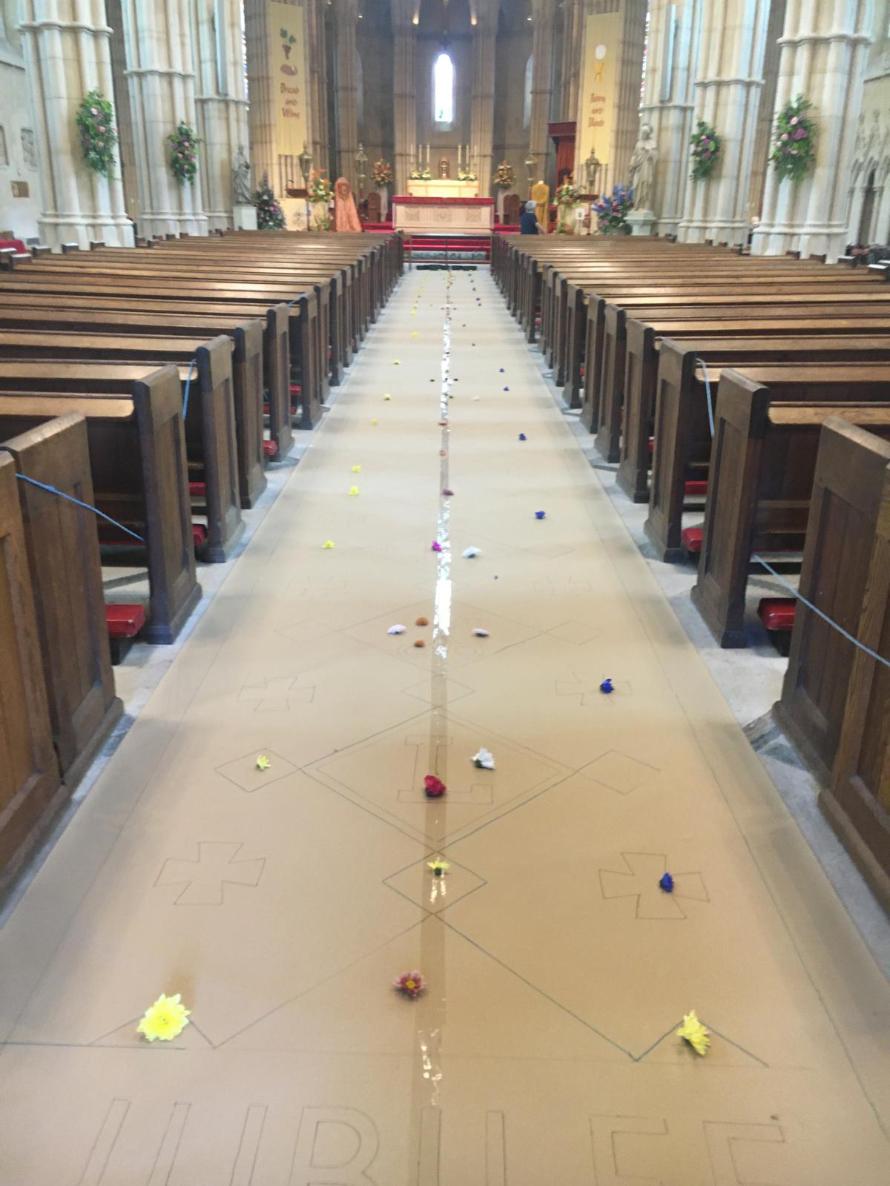
Laying out the design of the Carpet
The death of Pope Francis on 21st April 2025 and the election of Pope Leo on 8th May 2025 are commemorated in the Carpet by their initials. Between the two quadrangles bearing the initials, are the Vatican keys. This symbolises the passing of the keys of Saint Peter from Pope Francis to Pope Leo.
The 60th anniversary of the Diocese of Arundel and Brighton is also referenced.
The focus of the celebration of the solemn feast of Corpus Christi as described above, is aptly the floral representation of the Holy Eucharist and the Chalice, the Body and Blood of Christ in the central part of the Carpet.
Once the themes are agreed with Father Stephen Dingley, Dean of the Cathedral and Parish Priest, and with Bishop Richard Moth, Bishop of Arundel and Brighton Diocese, work begins on the design.
The design is drawn up by Oliver Hawkins, a parishioner, and his team. An outline design which is the full length of the main aisle of the Cathedral, 90 foot long, is produced. I had imagined that this was done on a large table in Oliver’s house; a section of approximately 6 to 9 foot being done at a time, so that this could be rolled out later in the Cathedral. However, this was not the case. I was able to witness the arrival, unrolling and installation of a blank sheet of brown underlay paper which covered the length of the aisle. This was then stuck in place to the stone floor. The next stage consisted of a team of three 3 using pre-prepared stencils and architectural rulers to draw out the whole design. This took most of the day.
Several months before the feast day, the Flower Team, a group of 5 ladies, met to discuss the specific flower types, colours, and quantities required both for the carpet and for the floral designs around the Cathedral which need to be ordered. In addition, they receive greenery for the Carpet from the Arundel Estate, and greenery for the floral displays from Arundel Castle.
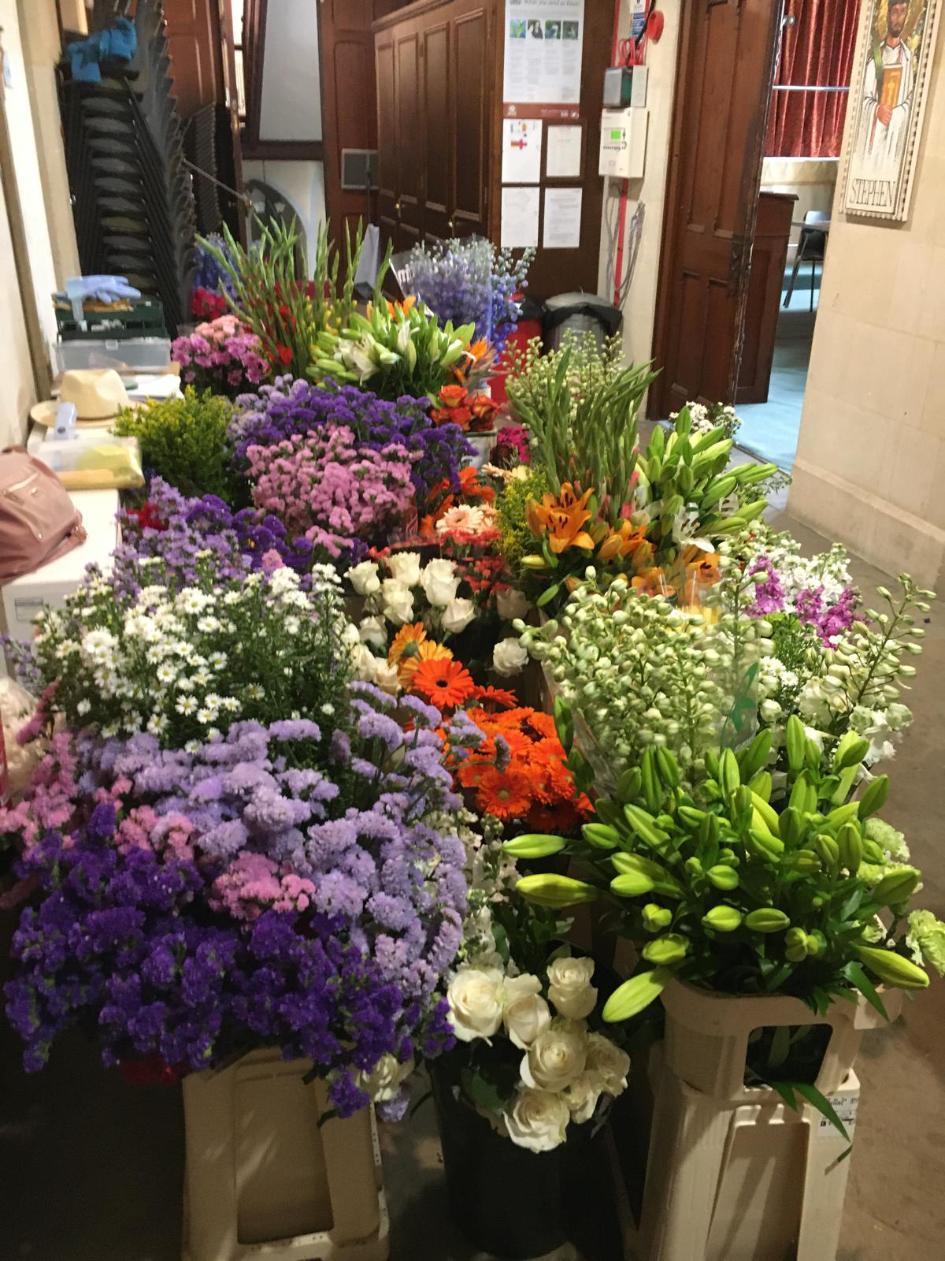
In 2025, 10,000 flower heads - 350 bunches of Chrysanthemums were required for the Carpet of Flowers. Chrysanthemums are used as these flowers are long lasting and the flower heads can lie flat. These are ordered from a supplier in Holland, as there are none in the UK who could supply the quantity and range of colours needed. Clearly, this has to be done a long of time in advance. Santini chrysanthemums were used for the lettering. The design is topped off with roses as centrepieces.
Due to various circumstances, such as weather conditions, sometimes the colours ordered may not be available, and different colours may be substituted. The flower team adapts and is extremely grateful for the beautiful chrysanthemums, whatever the colour.
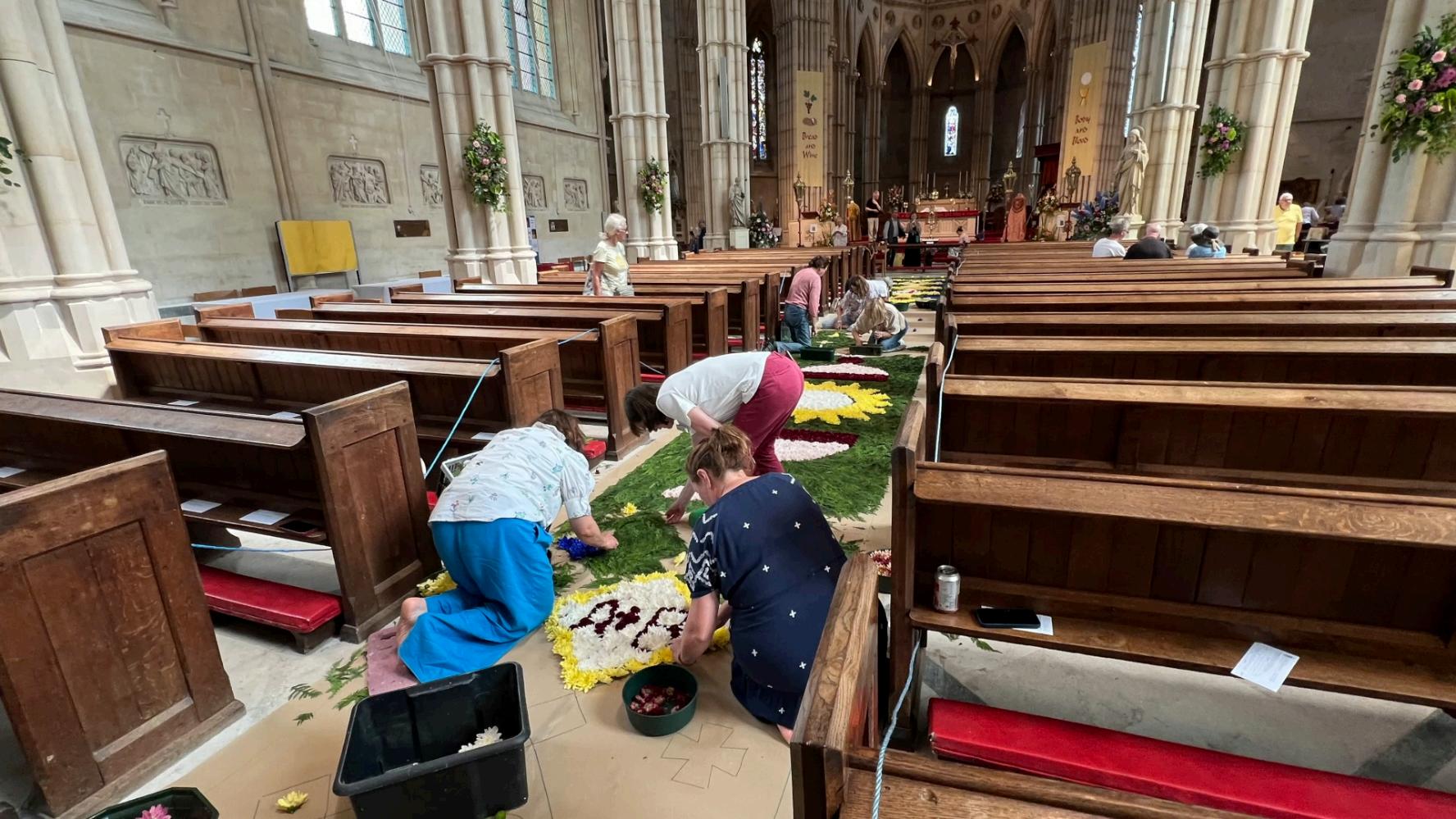
Preparing the Carpet
The greenery from the Castle and the Norfolk Estate arrives at the Cathedral between Friday and Monday. The flowers for the altar arrangements arrive on Saturday or Sunday. There were 1600 flower stems for the 45 arrangements around the Cathedral. First they are sorted
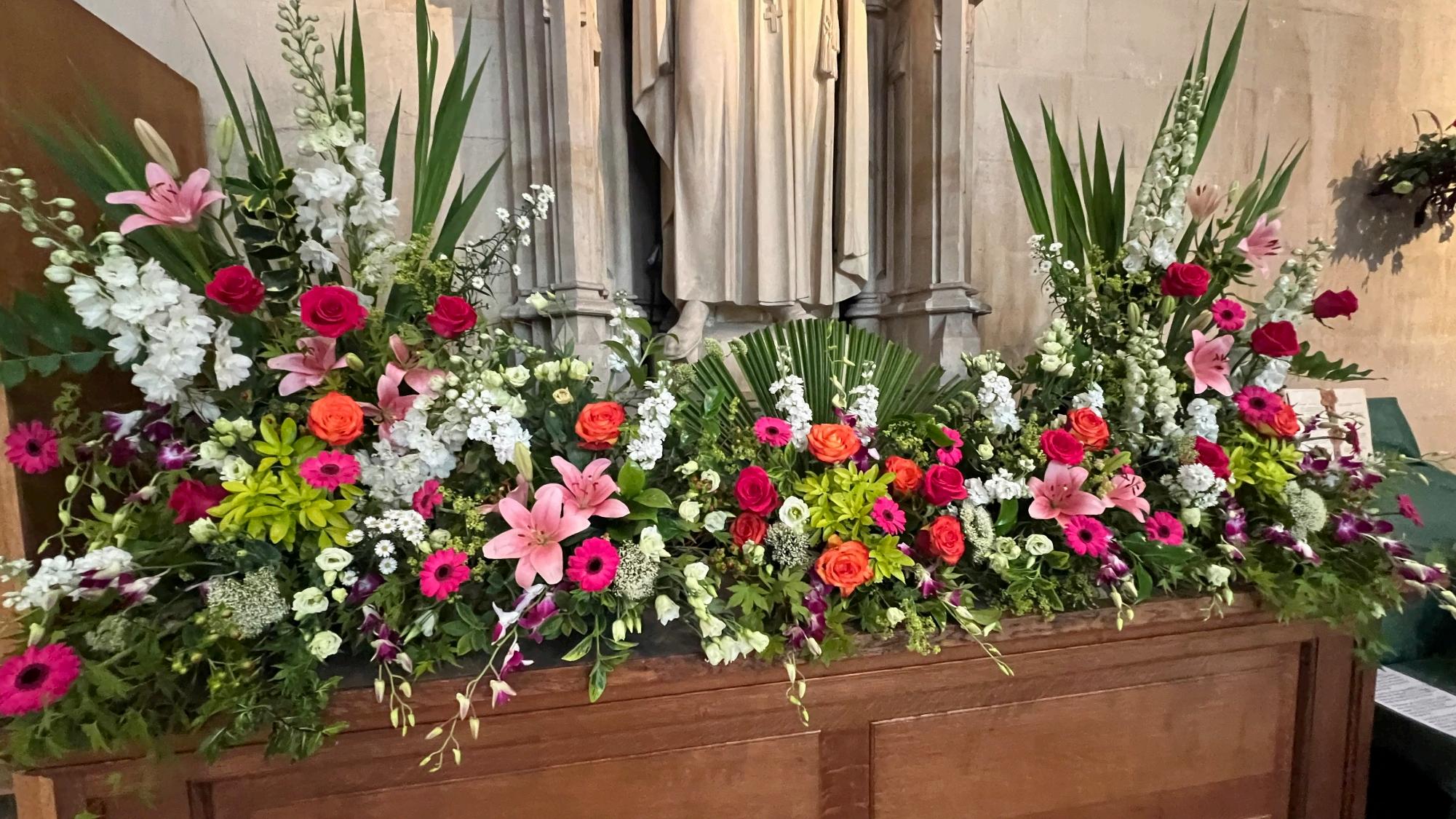
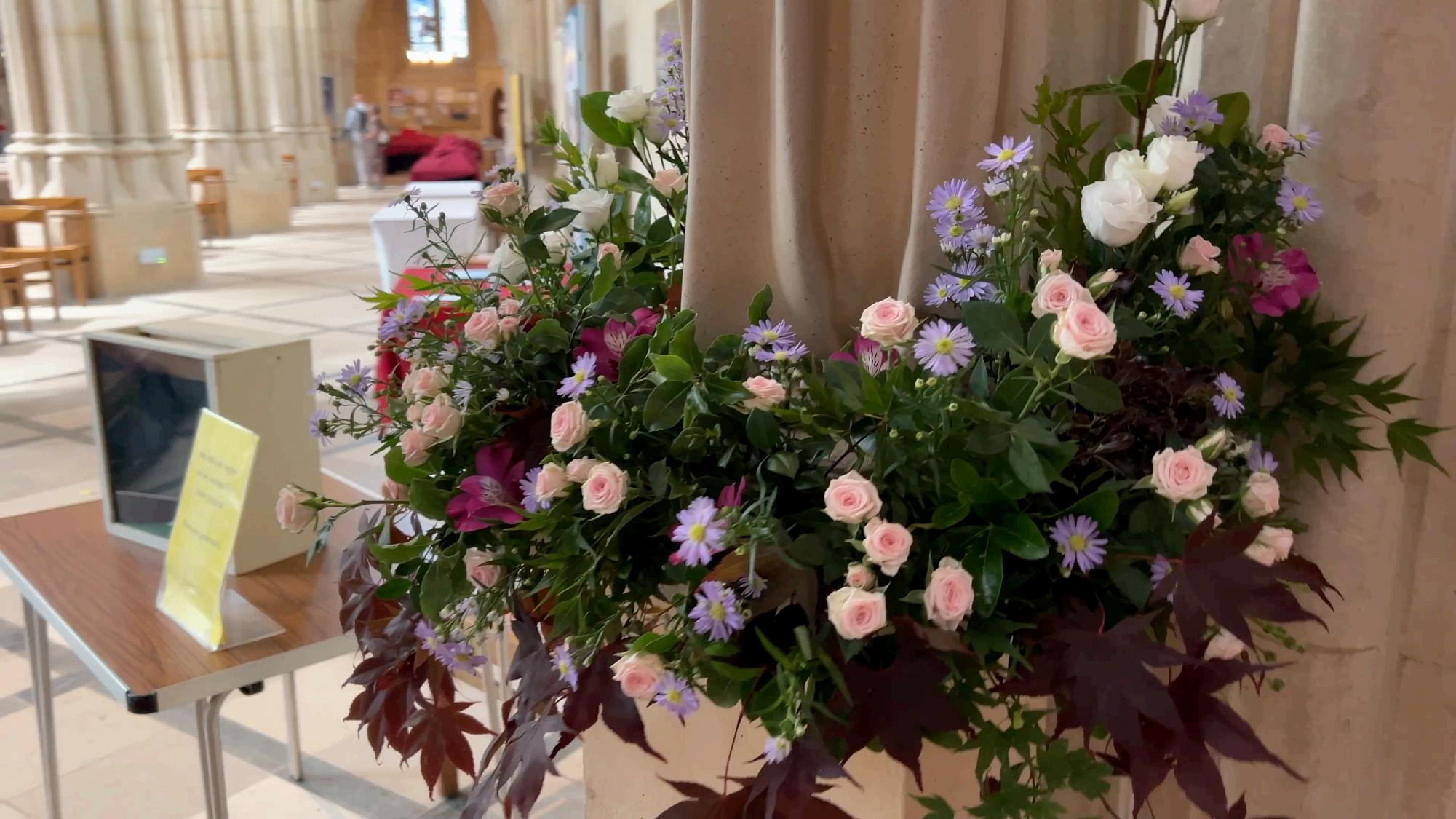
according to which altar or statue they will adorn, placed in containers and labelled with their content and destination. They are also topped up with water over the next few days. On Sunday afternoon they are put in place in the cathedral ready for Monday morning.
Throughout this whole process there is an army of volunteers, men and women who are constantly helping from early morning till dusk. Lifting, carrying, watering, sweeping, mopping up, making tea, coffee, chatting to visitors and generally doing whatever is needed and far beyond; even trying to coax an inquisitive pigeon out of the cathedral. Without them none of this could be done. Their contribution is invaluable.
On Monday the Flower Arrangers, 16 this year, start to arrive. They collect greenery for displays from in front of the Sanctuary and begin making
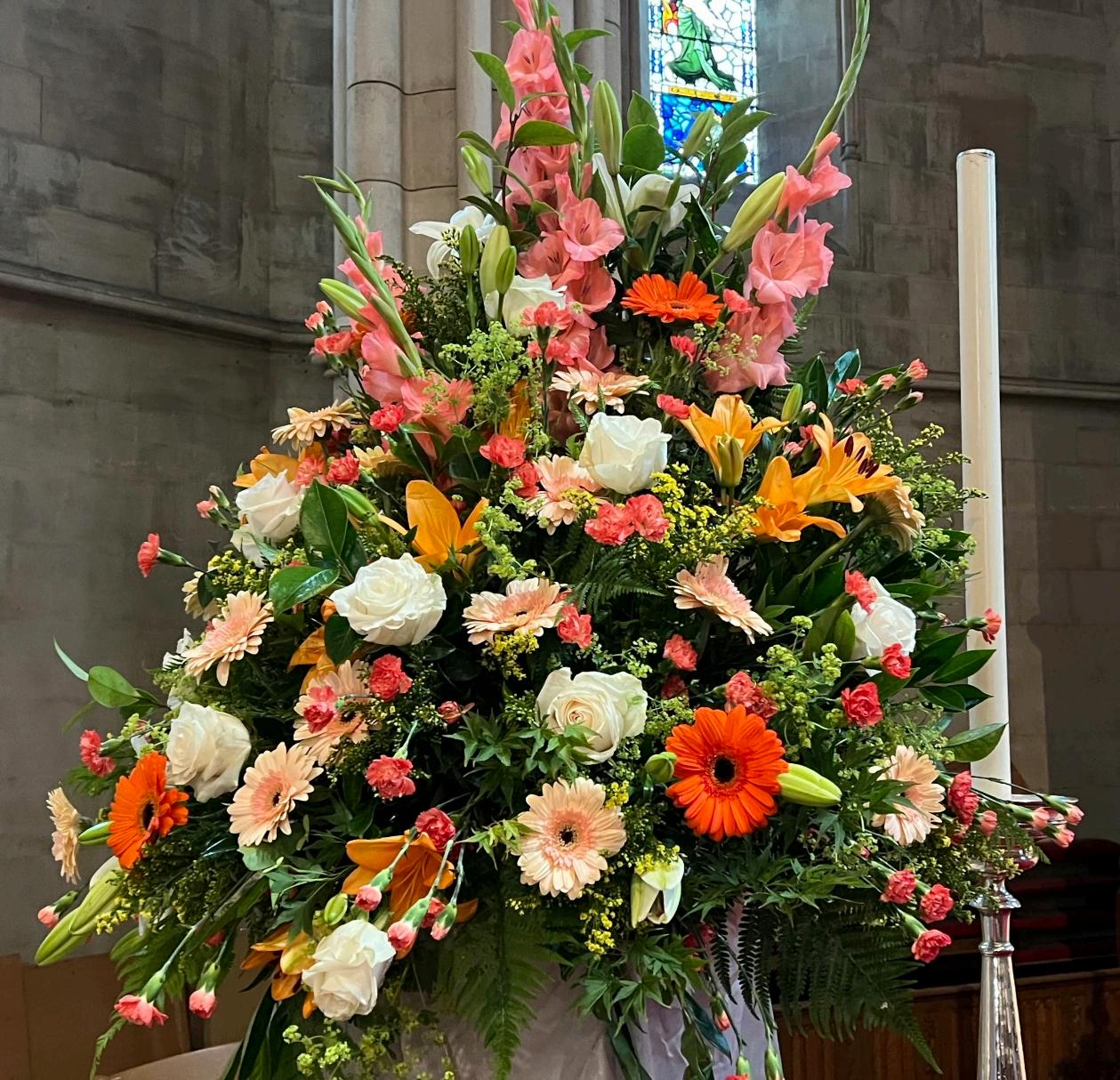
their flower arrangements. This takes most of the day depending on the size of the arrangement. Without a doubt, they were all magnificent. It was also a great privilege to be able to have some of the Cathedral’s exquisite vestments on display, with the floral arrangements expertly complementing the colours of the vestments.
Also, on Monday a group of approximately 20 volunteers from the parish and the diocese cut the greenery. The volunteers cut it to size and remove any visible stems so that it is soft underfoot and lies flat on the carpet. This takes most of Monday.
The Chrysanthemums for the Carpet arrive on Sunday or Monday. They are not cut until Tuesday morning to prolong their appearance, again by around 20 volunteers. The flower heads have to be cut so that they lie flat. The Carpet is laid on Tuesday. Laying of the greenery and flowers starts around 10.00am and is completed between 3.30 – 5.00pm depending on the complexity and number of volunteers working on the carpet. In 2025 there were between 16 –20 ladies working on the carpet. Volunteers are welcome for any period of time, knees and back permitting. Anything from 1 hour to all day, as suits.
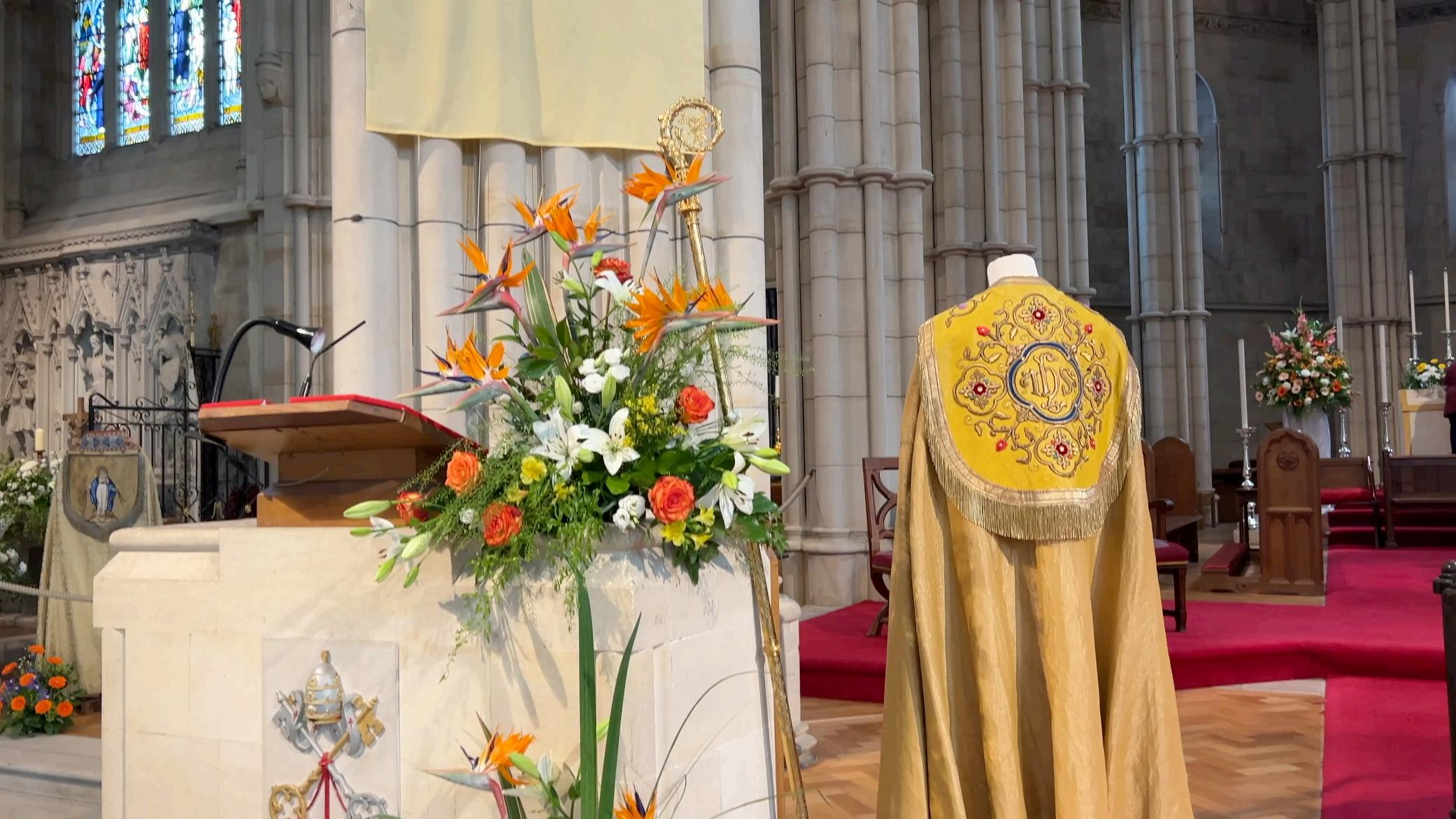
Many people ask how long the whole process takes, and other questions about the process of the preparations for this great feast day. Some ask what is the purpose, what are we celebrating. I hope this has provided some answers. It is all done for the glory of God.
A visitor commented on the flowers and Carpet, ‘It’s amazing that this is all done in one day.’
‘Yes, it would be amazing! It would be a miracle!’ There is a lot to do behind the scenes. Please contact the Cathedral if you would like to volunteer.
Thank you to everyone who helped in any way, however big or small, and to everyone who visited or attended.
Here is a link to a video showing Preparation of the Carpet and Floral Arrangements as well as a drone view of the completed Carpet: https://arundelcathedral.uk/viewcorpus-christi-drone-and-floral-displays2025
Drone views of the Carpet Of Flowers
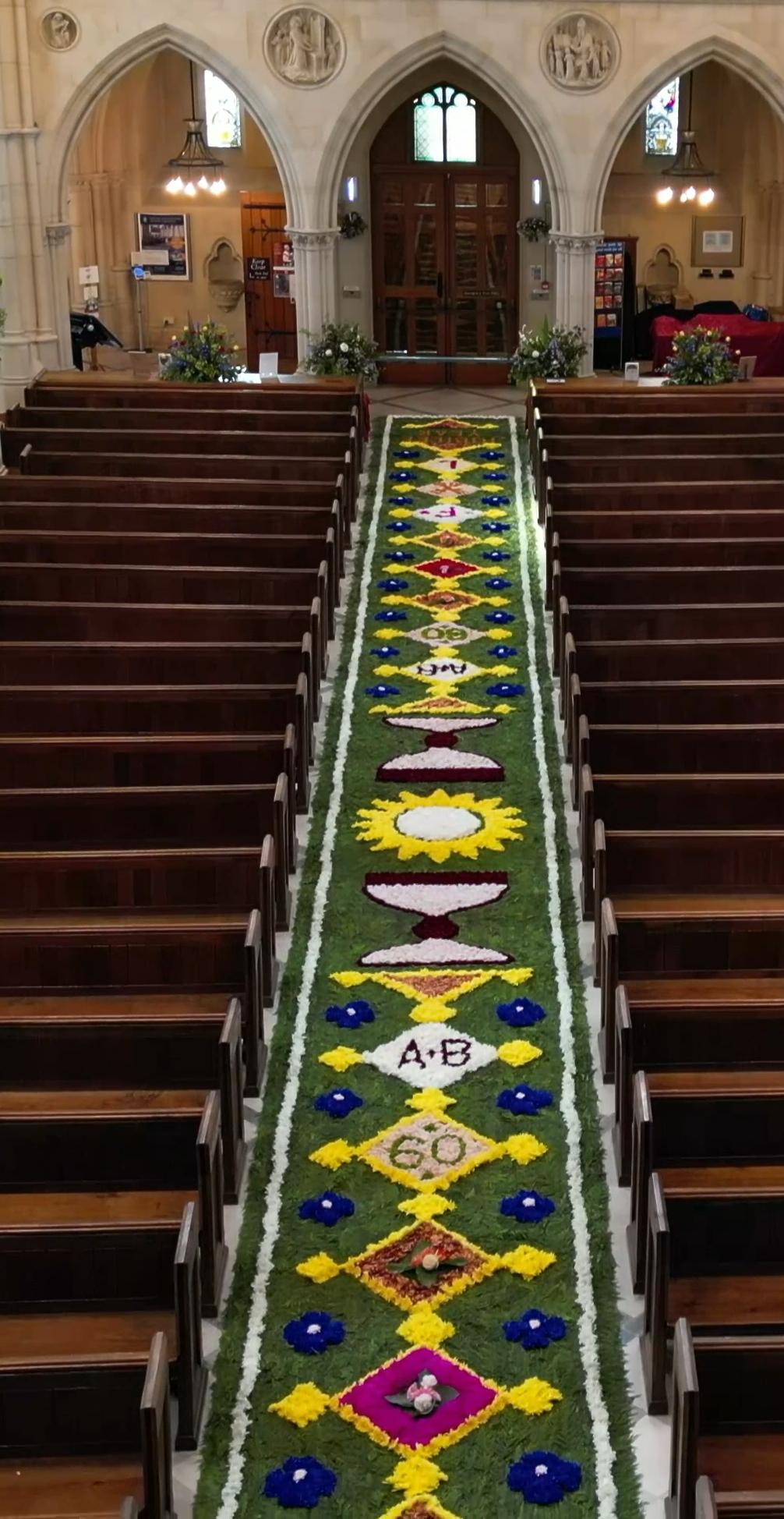
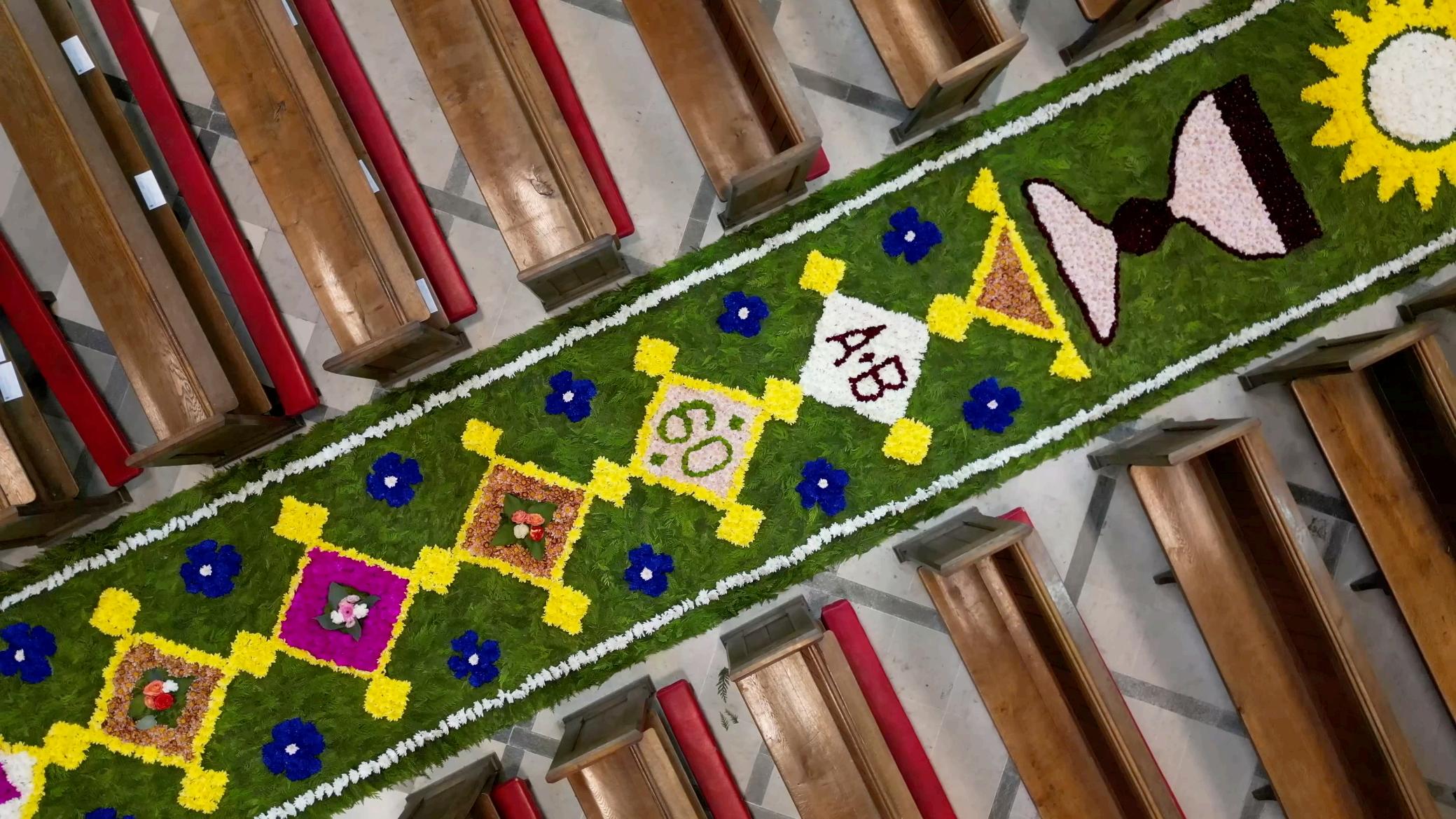
The Promise
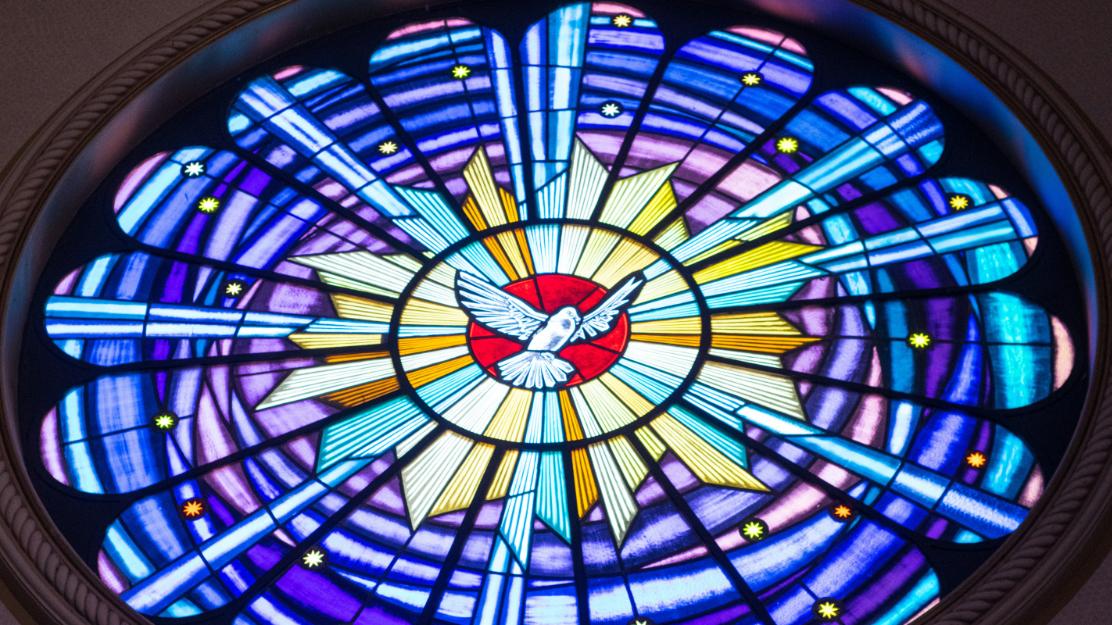
by Nicki Strudwick
Refresh these broken vessels, Let us adore you! In heaven on earth, Comforter and Paraclete, God, now , three in One!
Assembled, waiting, Anticipation, praying In the upper room. Unbroken silence, Suddenly a mighty wind, Come, Holy Spirit. Wild tongues of fire, Rush and descend from on high, JOY unspeakable. Open hearts to you,
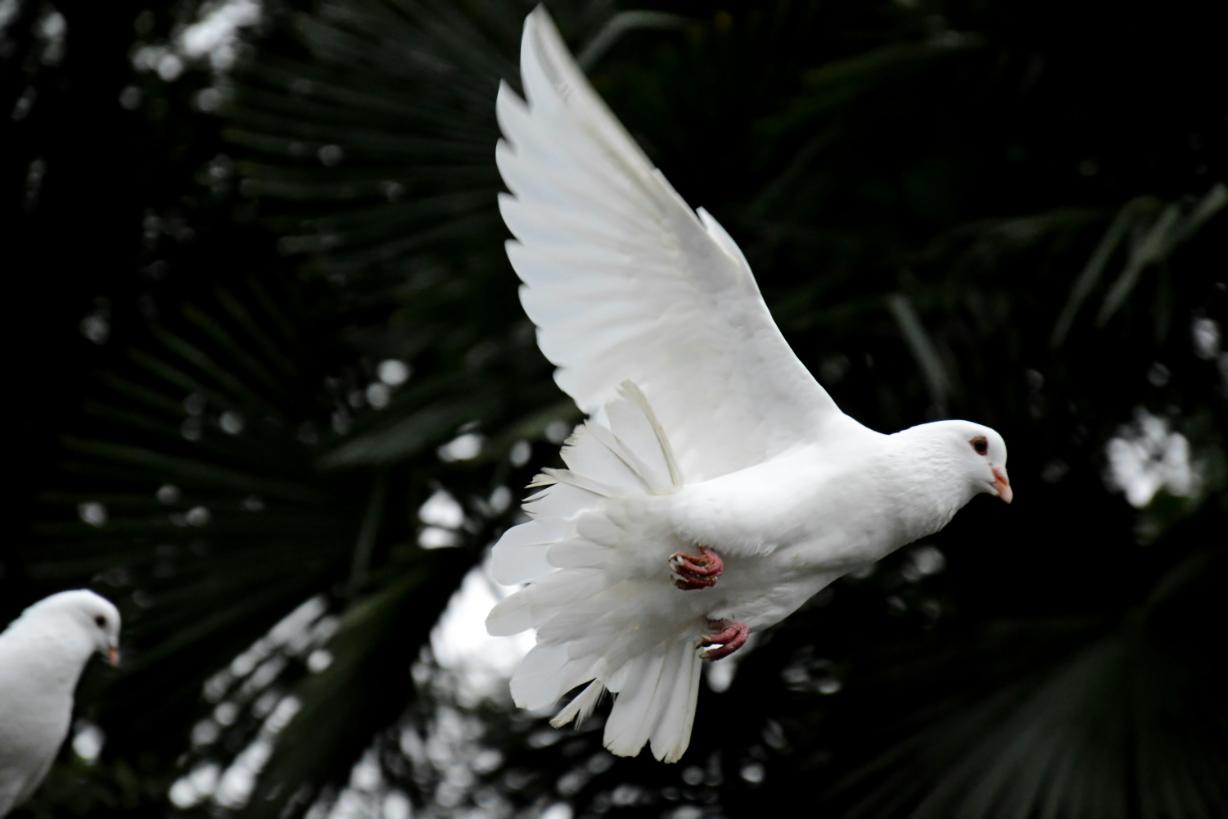

Celebration Dinner in honour of the 34th anniversary of Arundel Catenians Circle
by Sandra Sedgewick
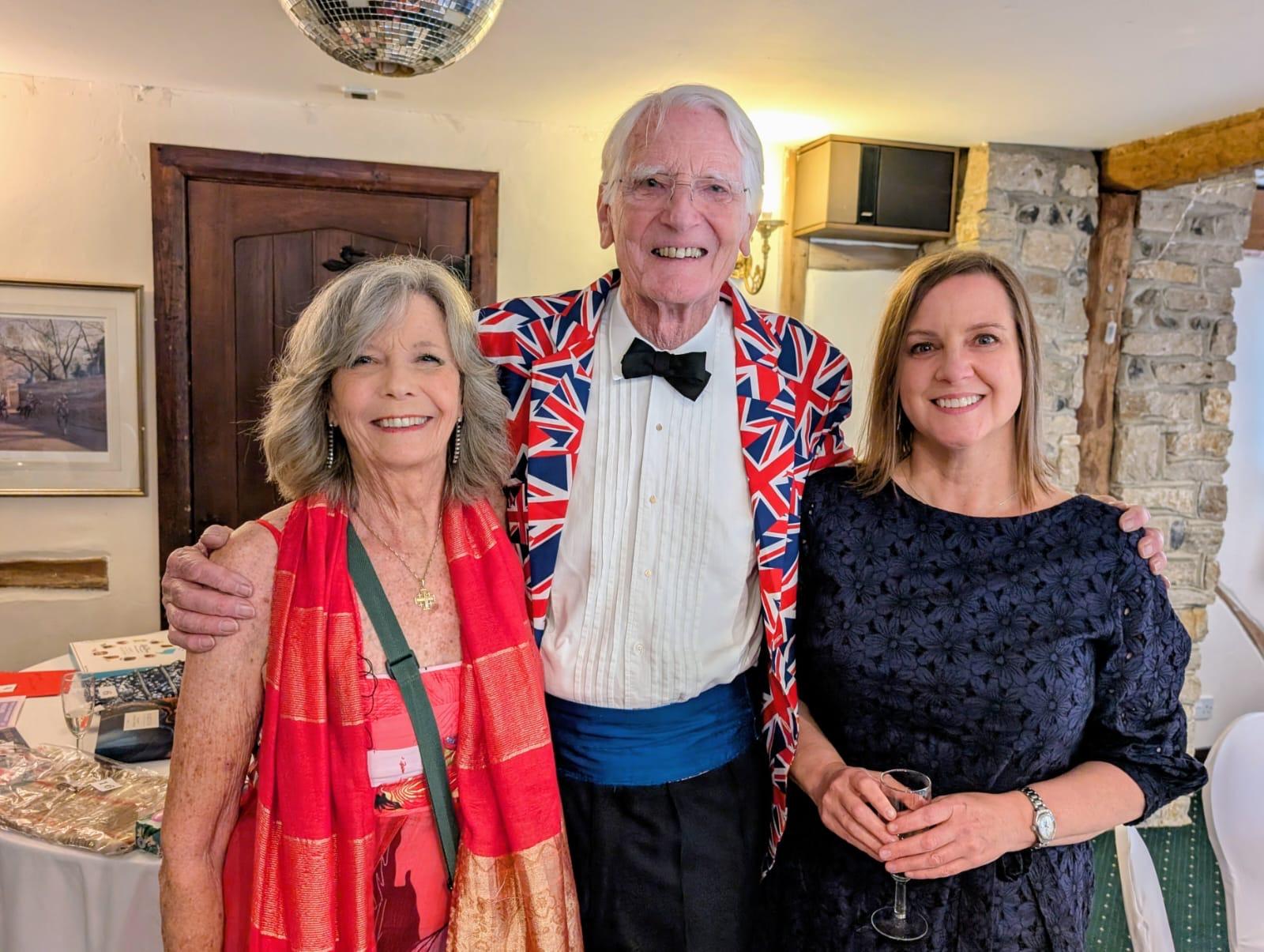
The dinner was held on Wednesday 25 June 2025. We were delighted to have with us four of the founder members of Arundel Circle Michael Tudor, Charles Perceval, James Walsh and Jim Edwards. We were also joined by Lois Howell, CEO of St Wilfrid’s Hospice.
We were well looked after by the Inglenook Restaurant. 36 members and guests attended. After a welcome drink we had a delicious dinner of smoked salmon and crayfish parcels, supreme of chicken and warm lemon and lime meringue pie served with raspberry sorbet.
After dinner we were entertained by Major Mick Stanley of Tintanic fame, who regaled us with tales of his journeys in his tin boat. He has raised over £90,000 for a variety of Charities including St Wilfrid’s Hospice. He hopes to raise over £100K before auctioning his boat. He was inspired to make his boat after watching children on a holiday in India use corrugated iron to construct a boat. He had met many personalities while fundraising including the Duke of Norfolk & King Charles.
A raffle with 38 prizes was generously supported and with some generous donations from people unable to attend because of holidays. The evening raised over £1000 for St Wilfrid’s Hospice and was greatly enjoyed by all who attended.

